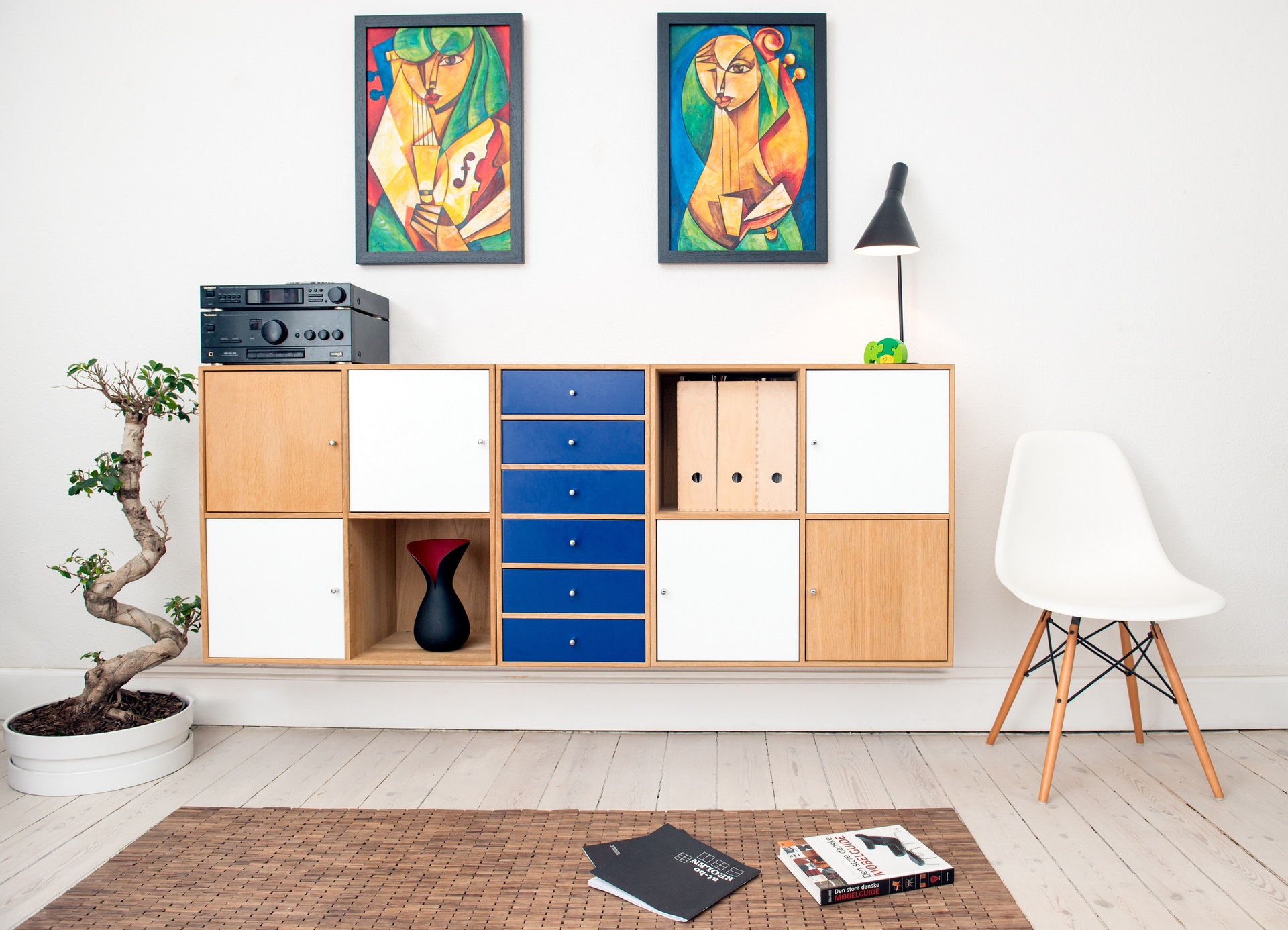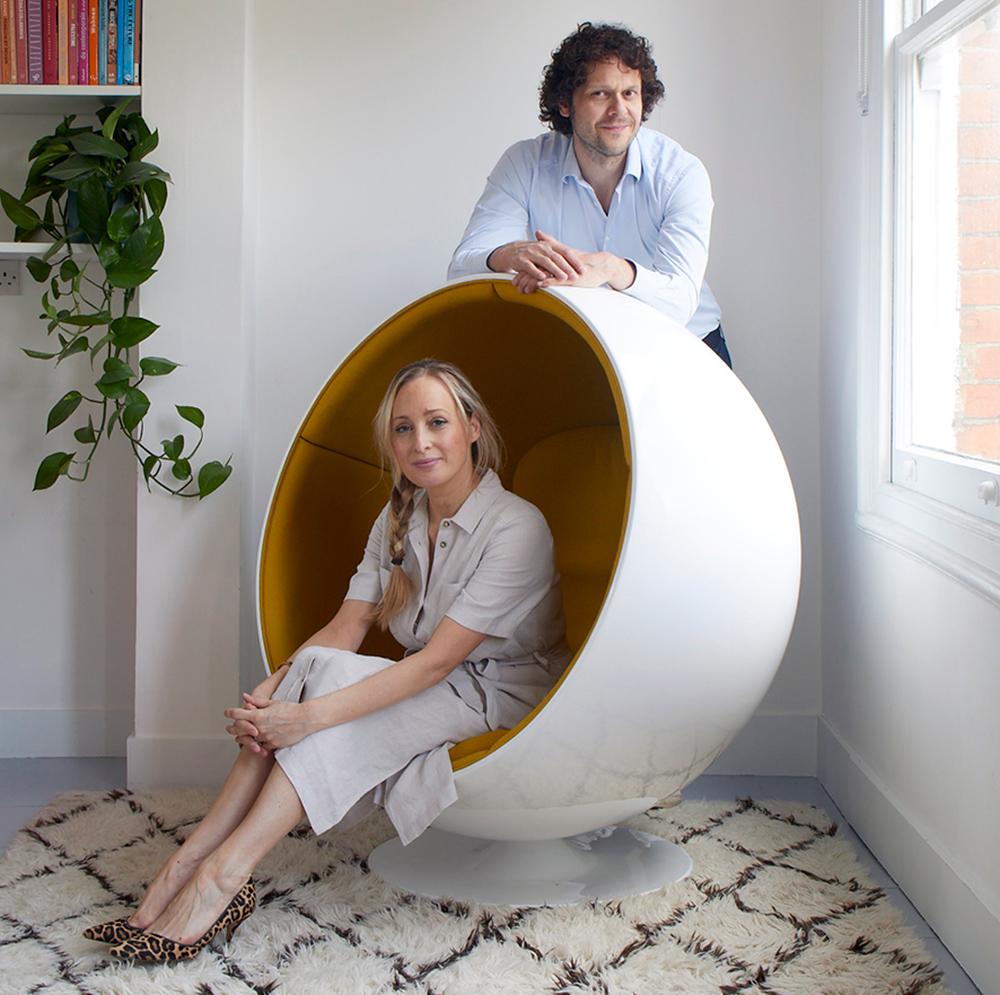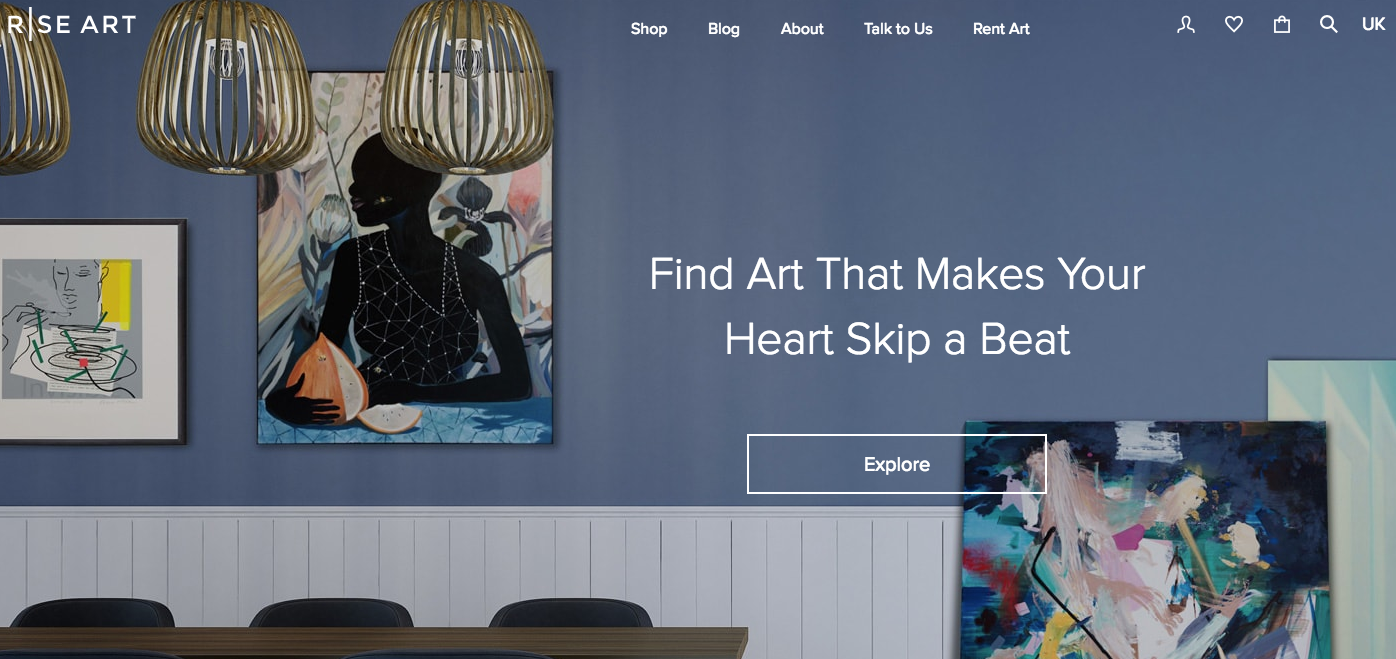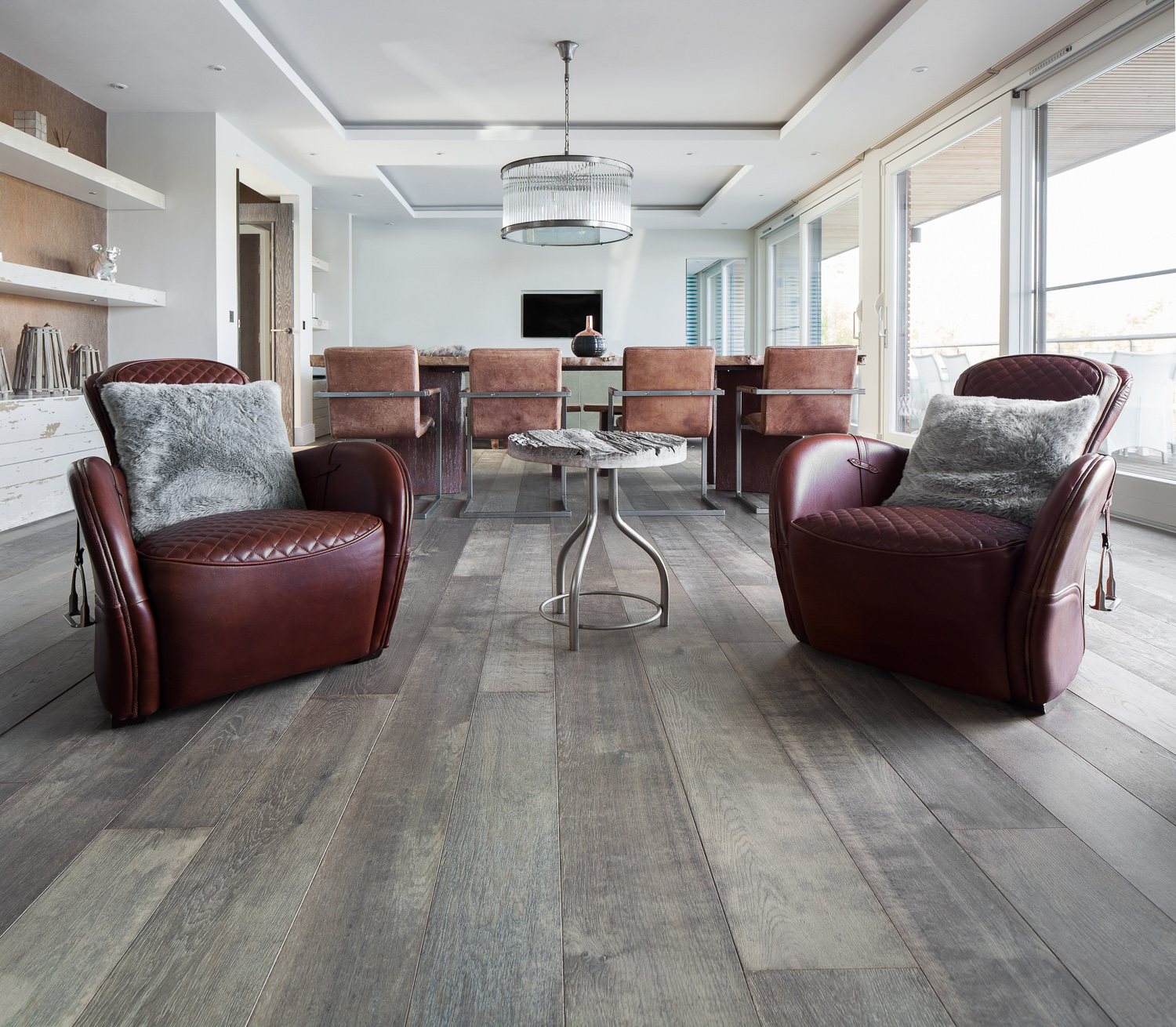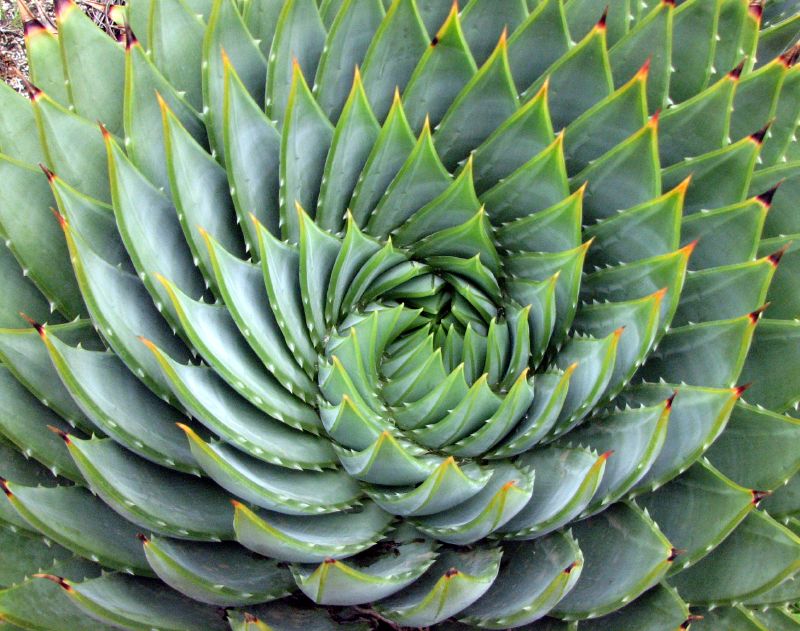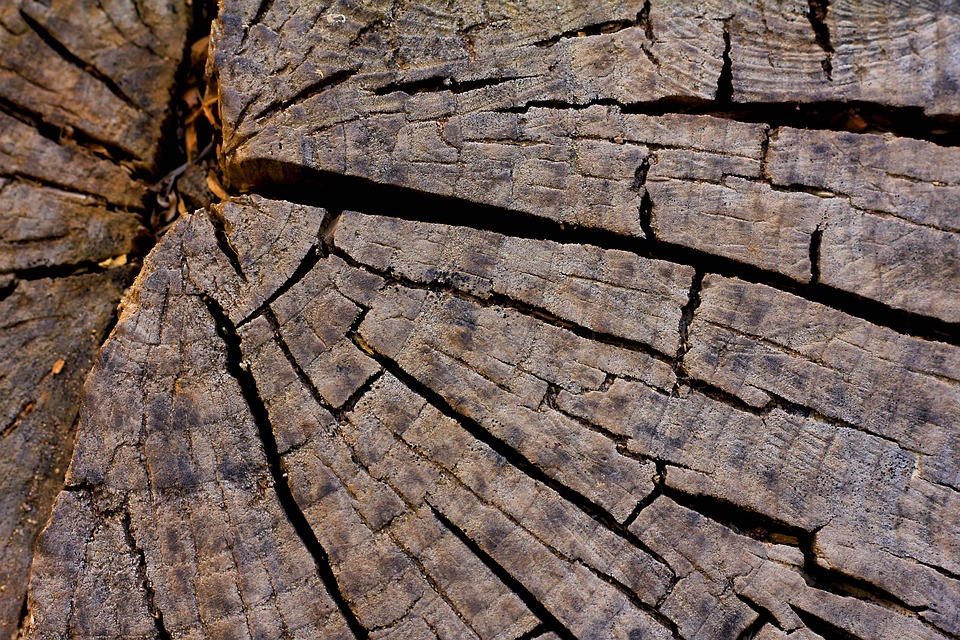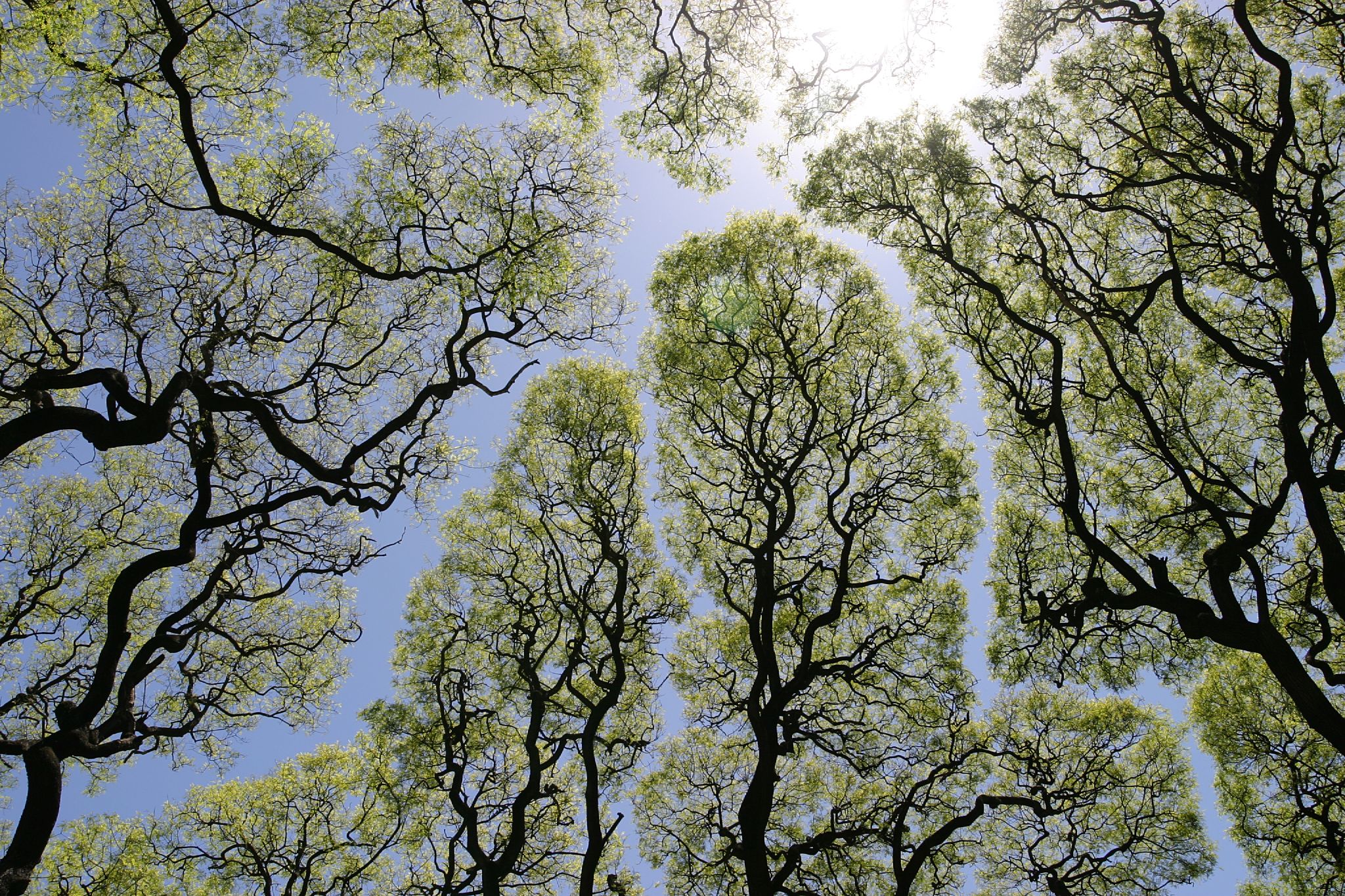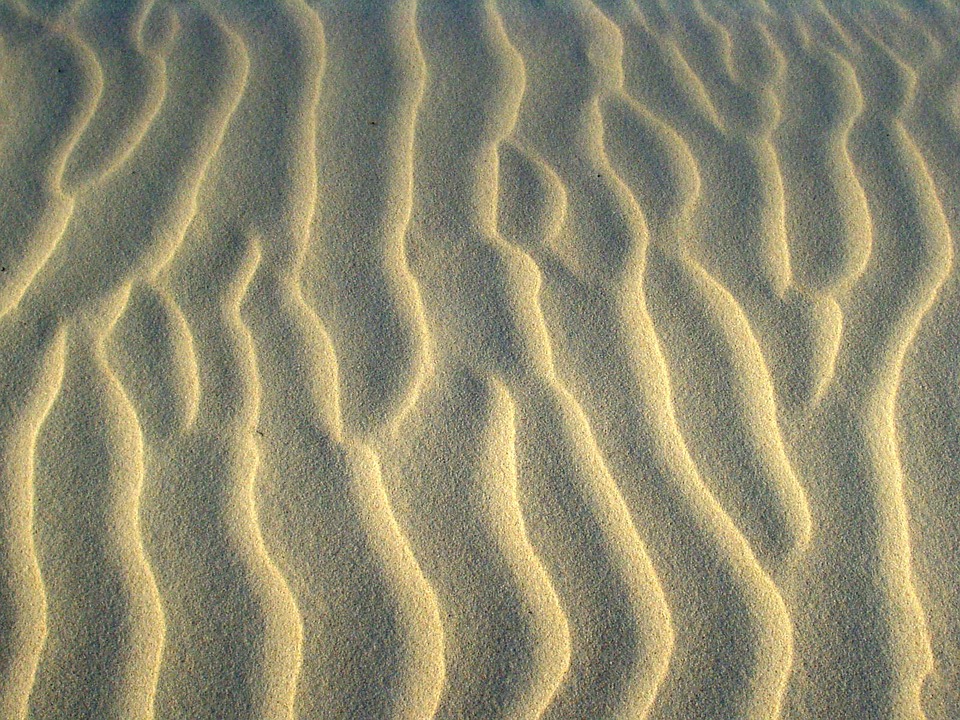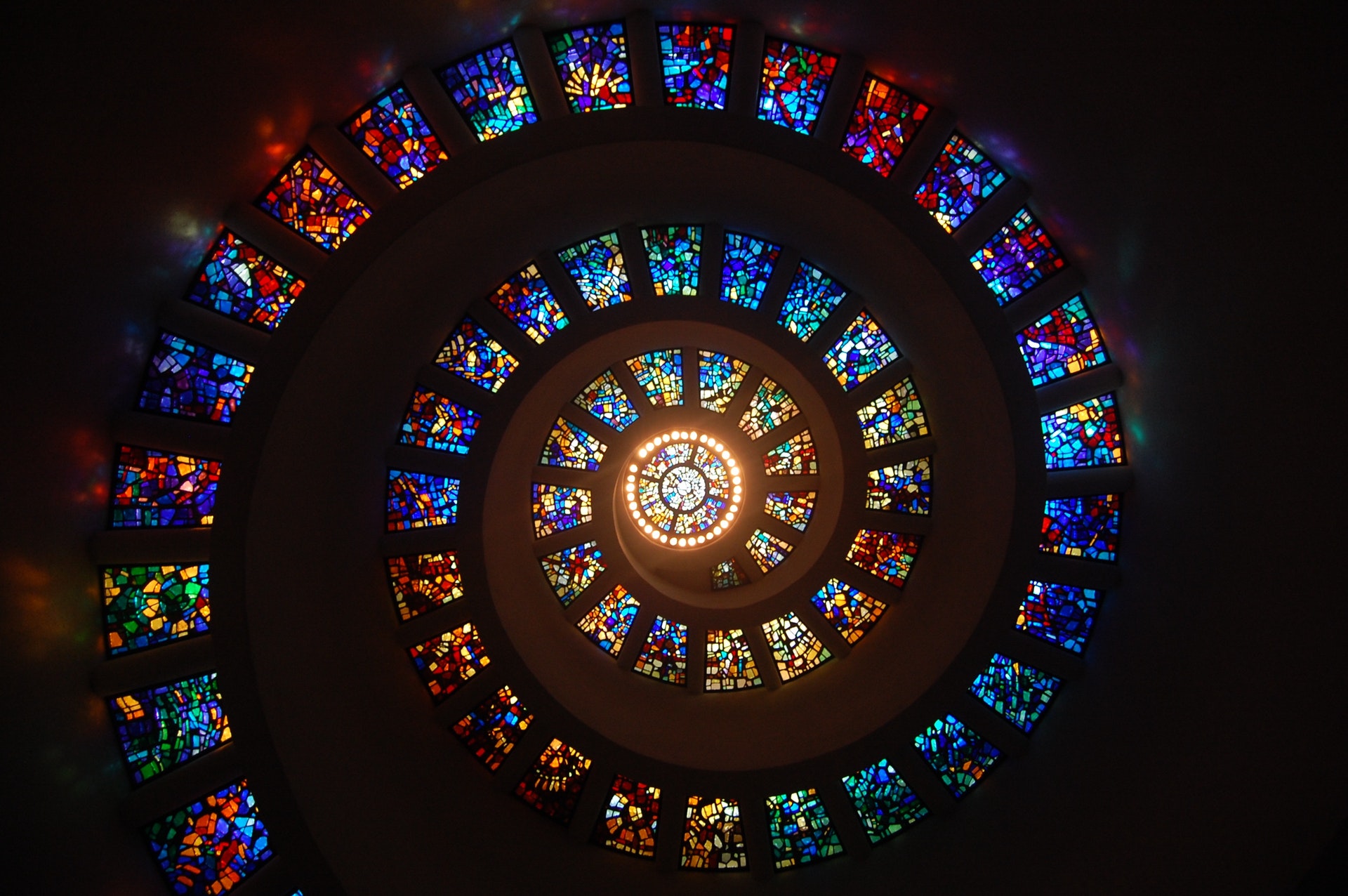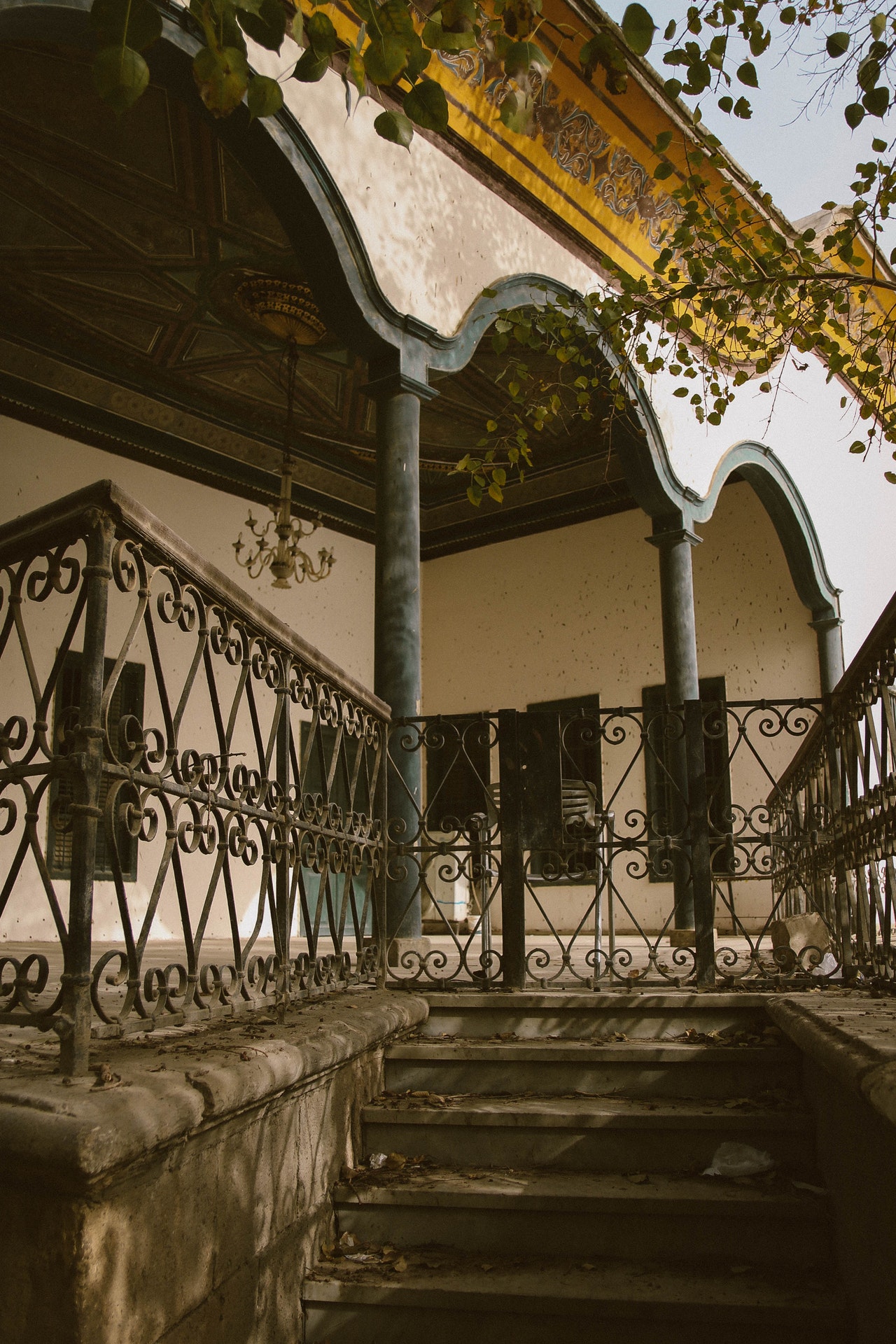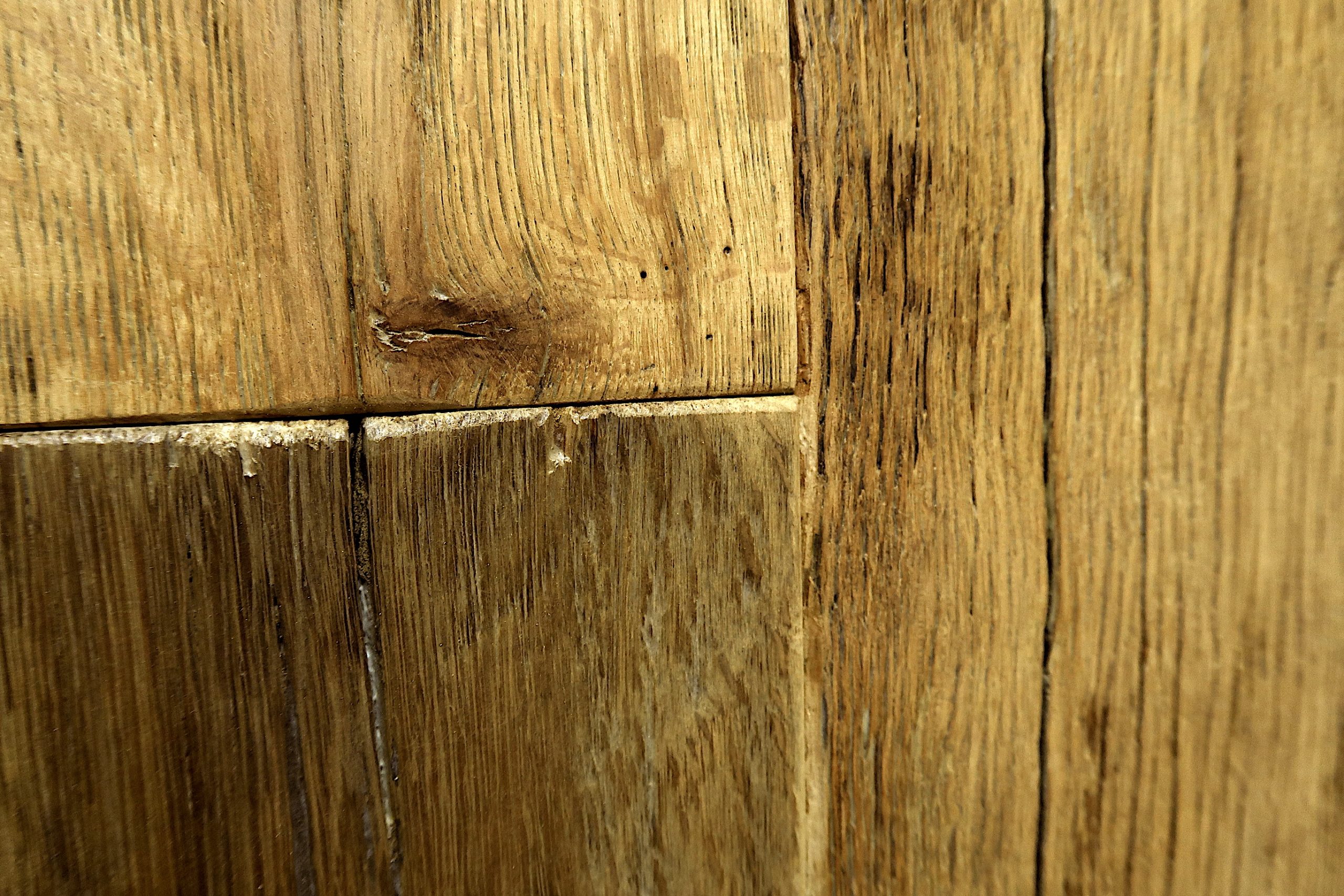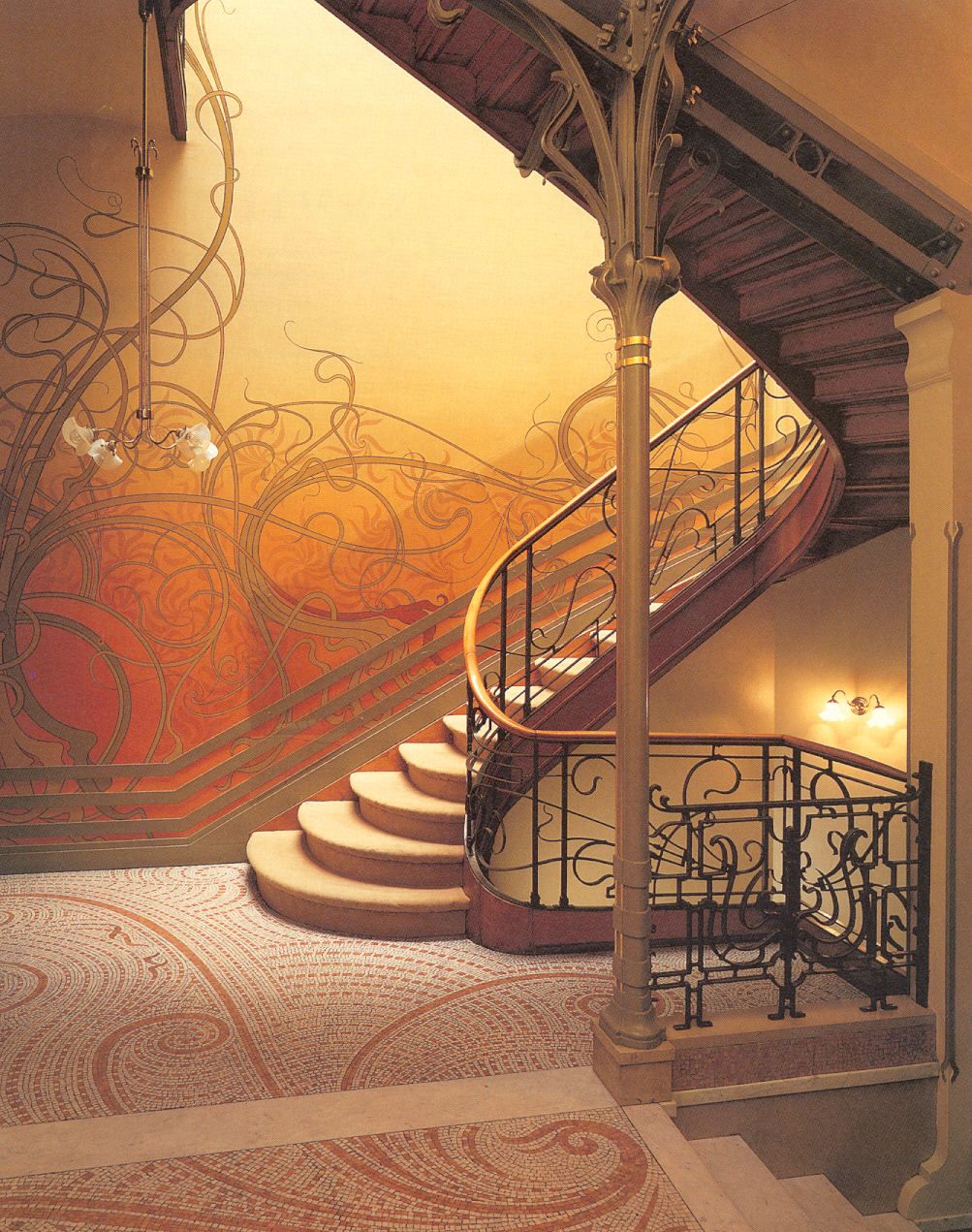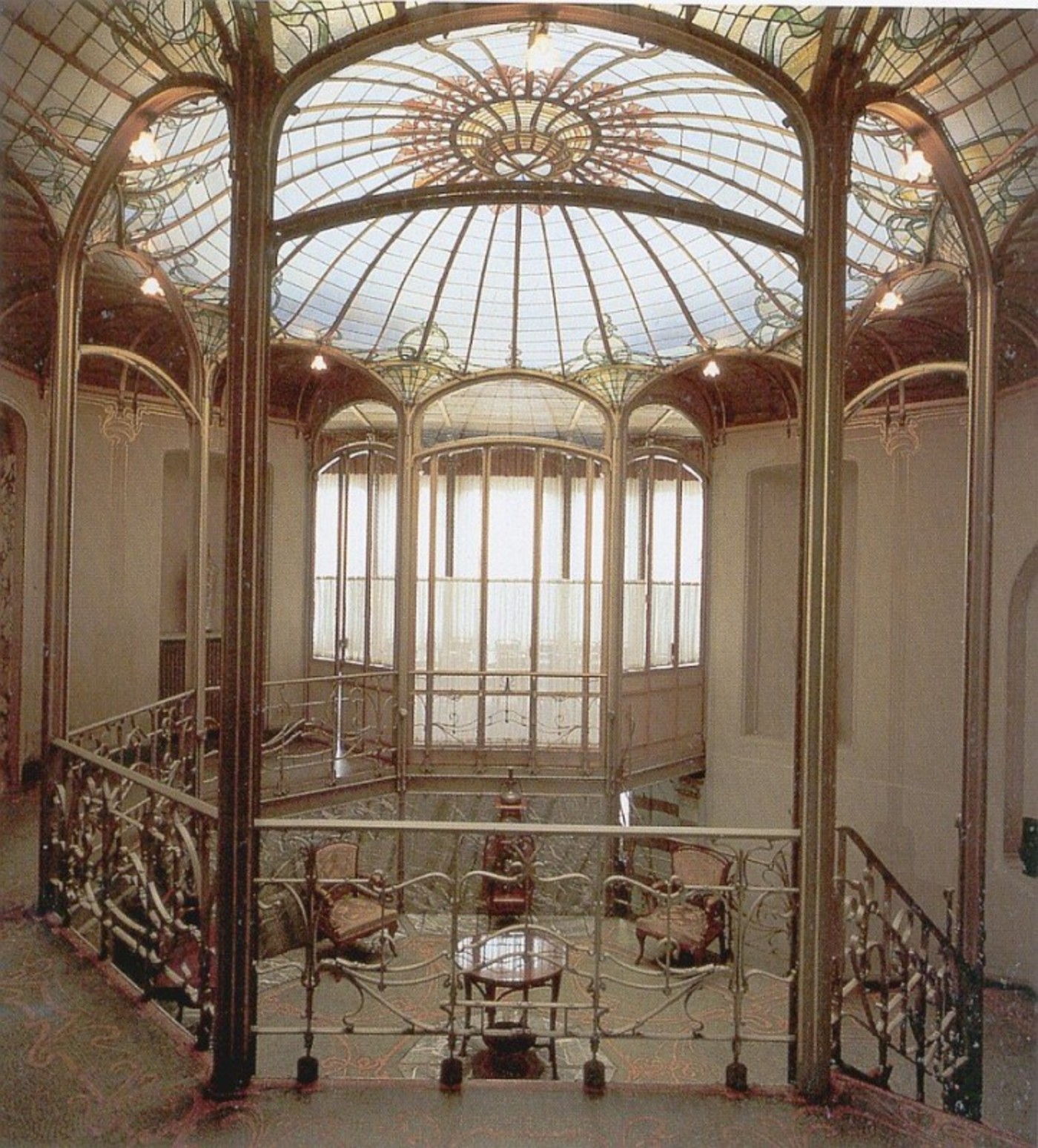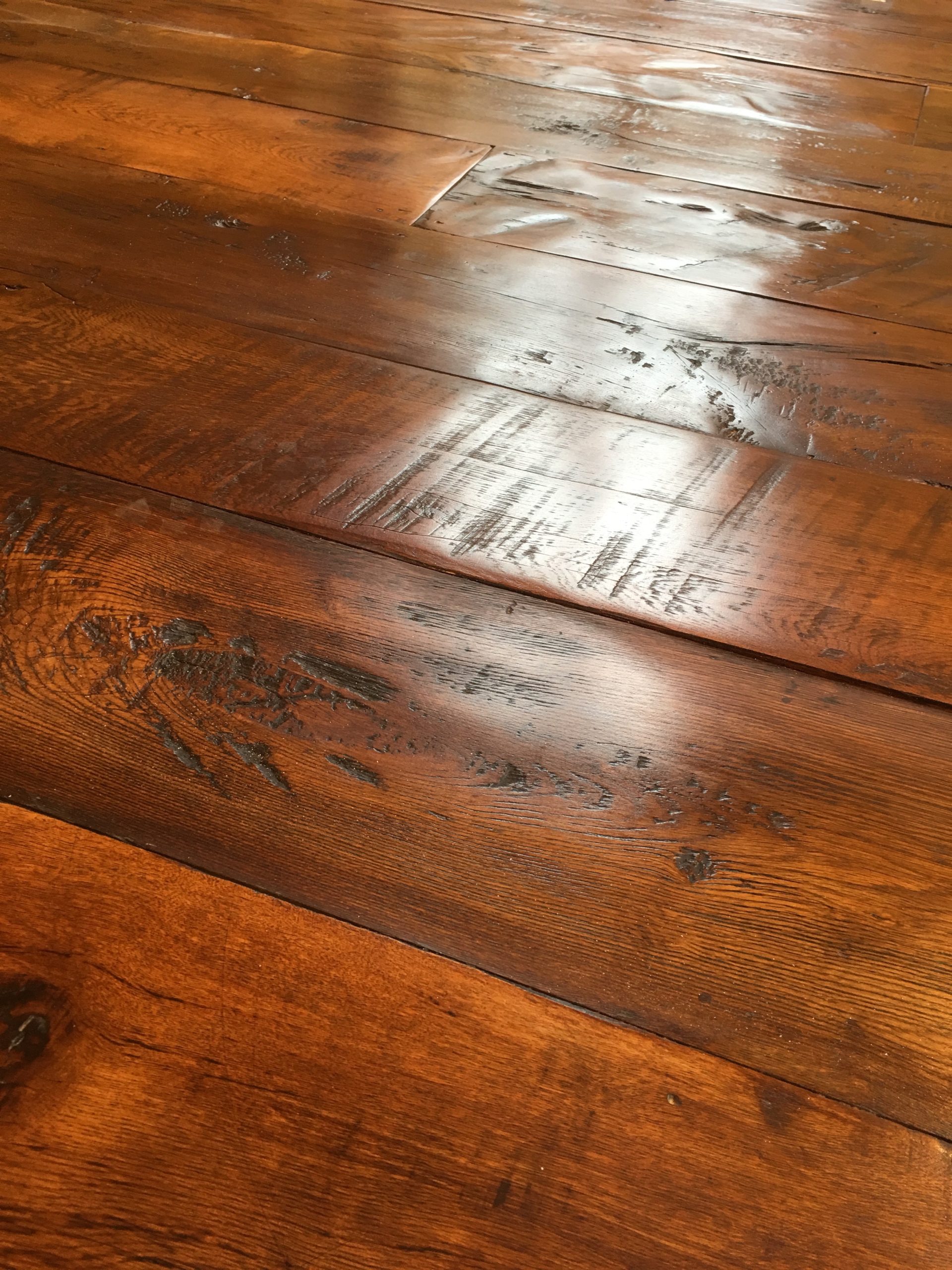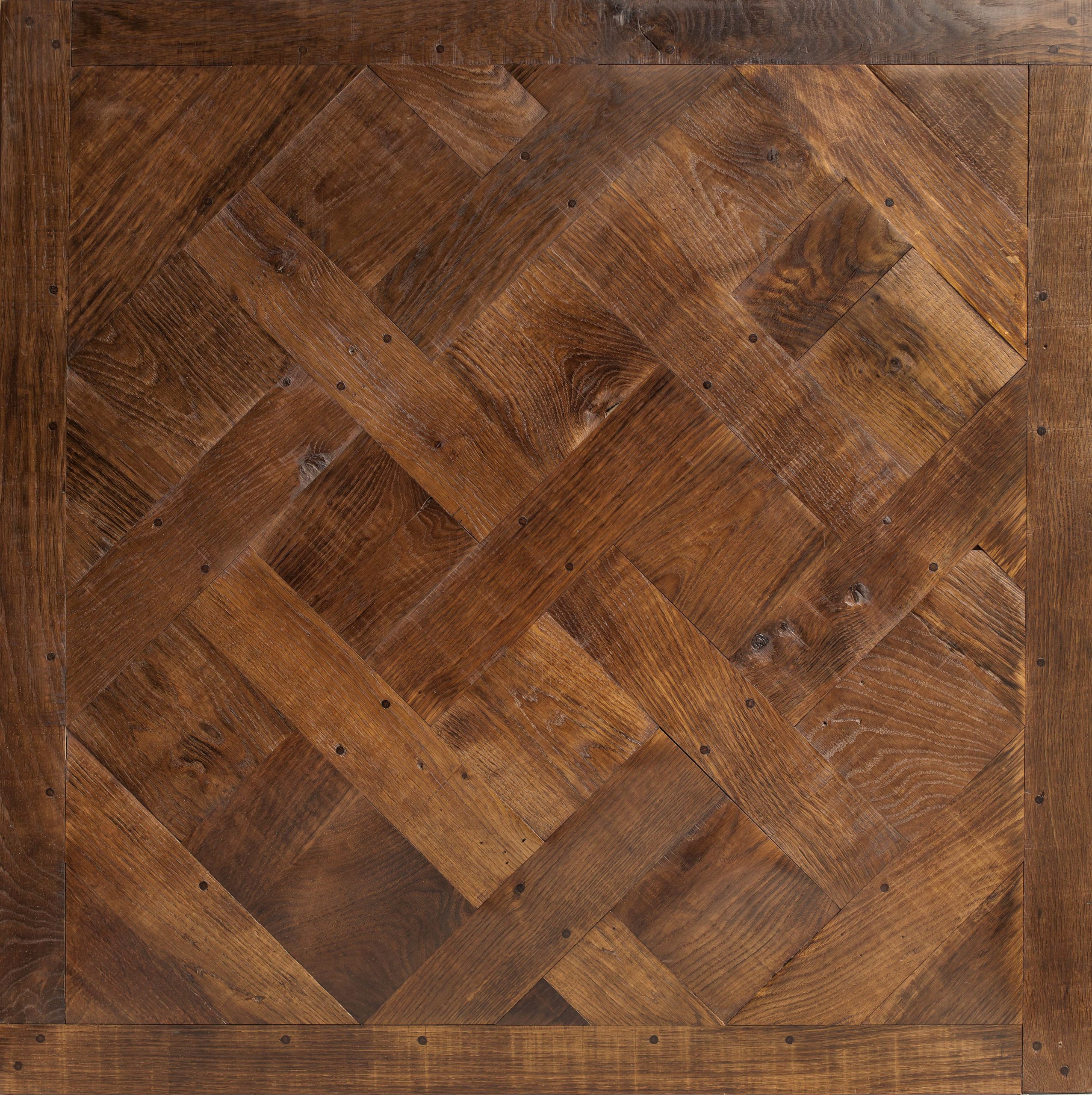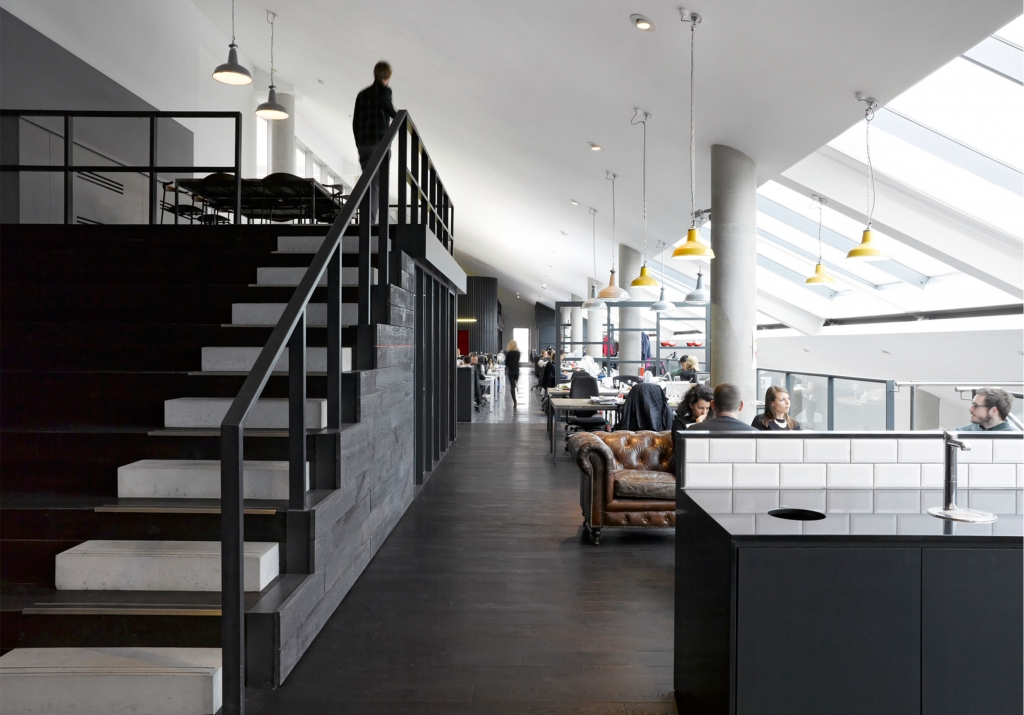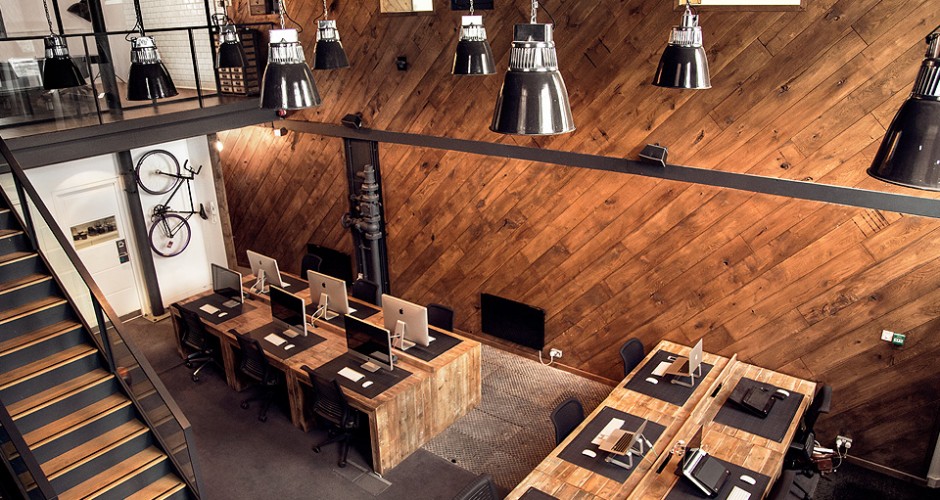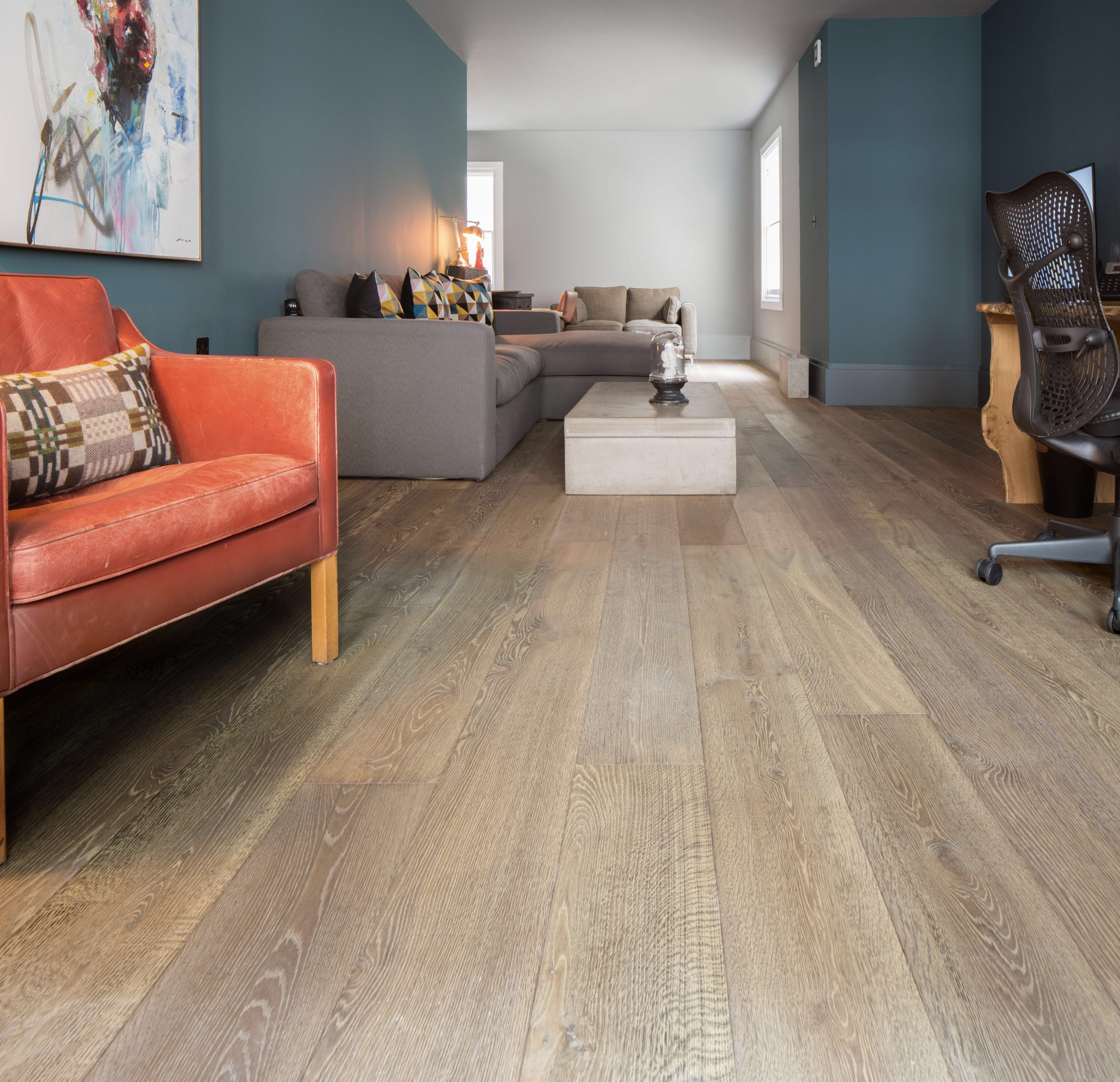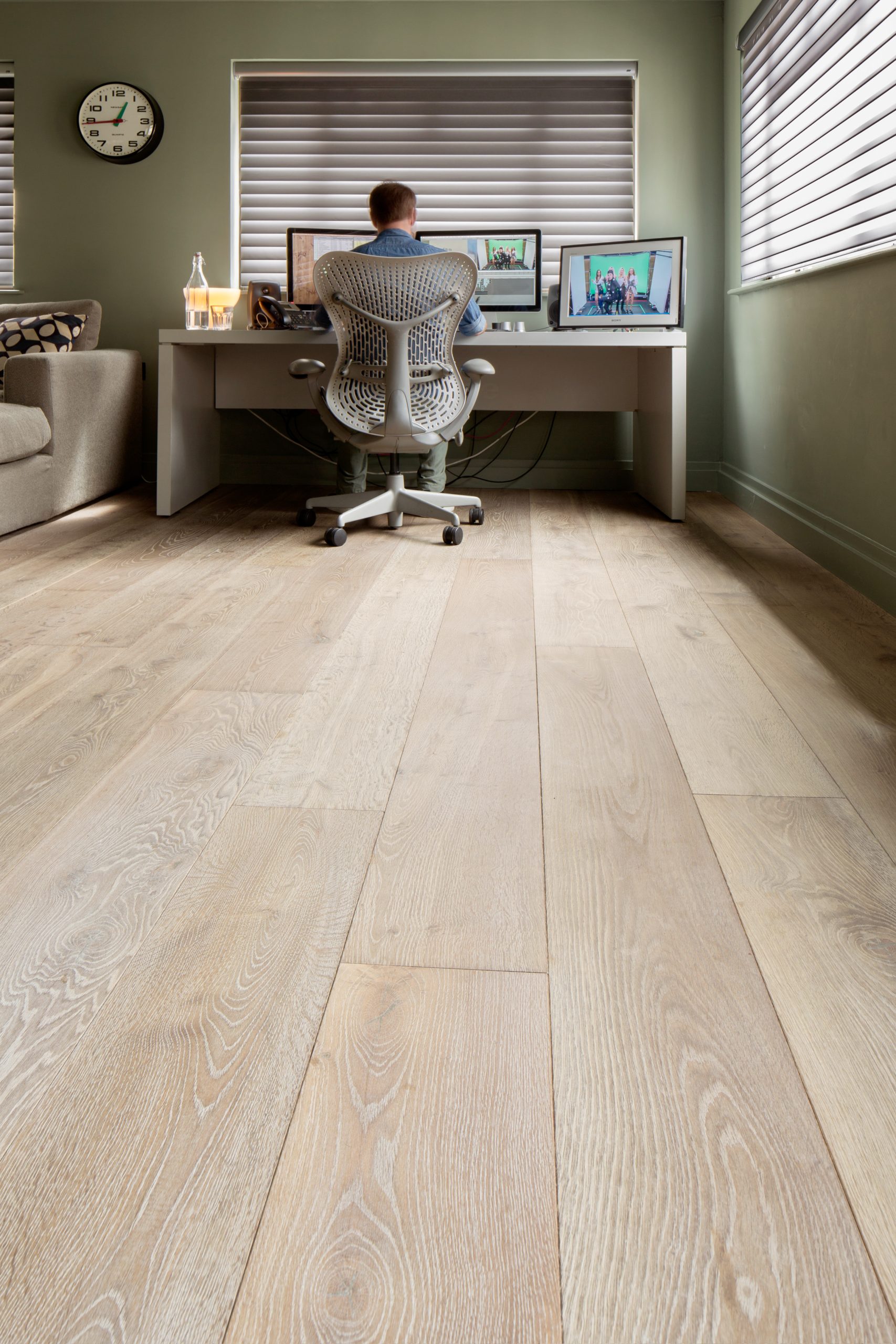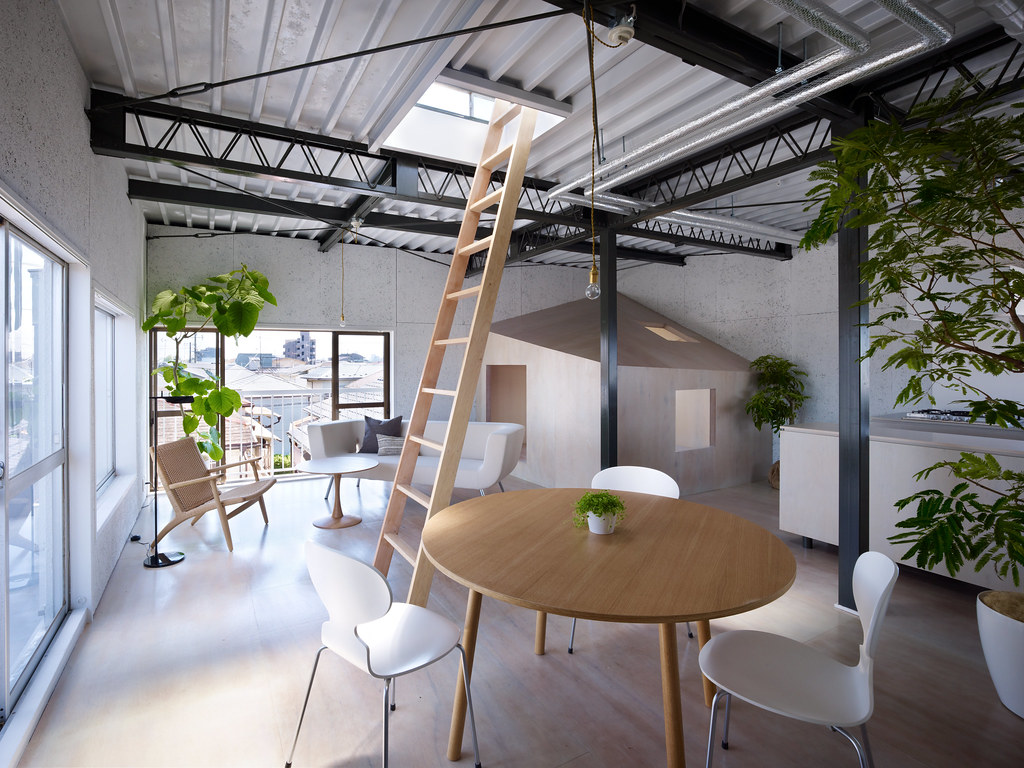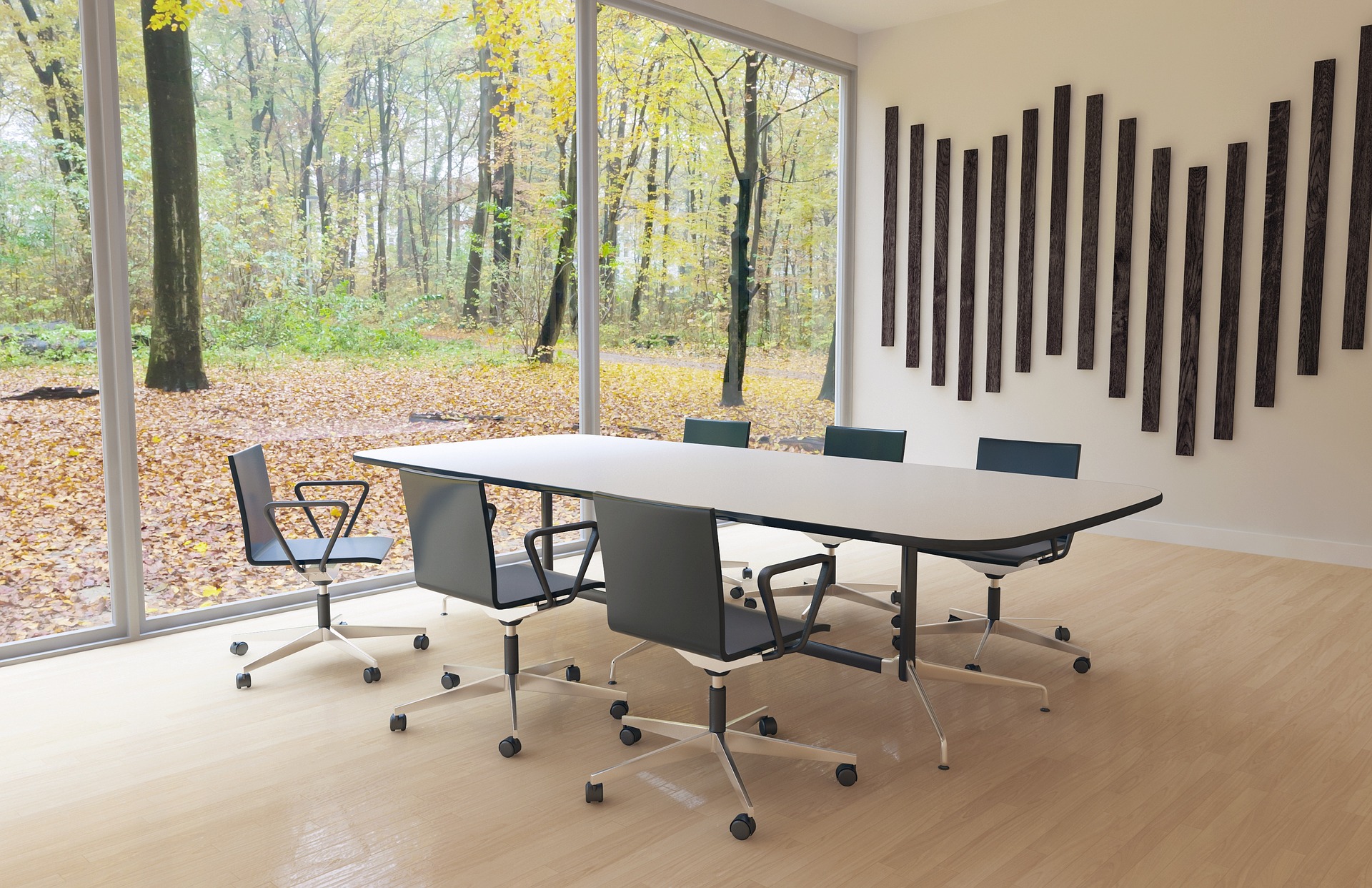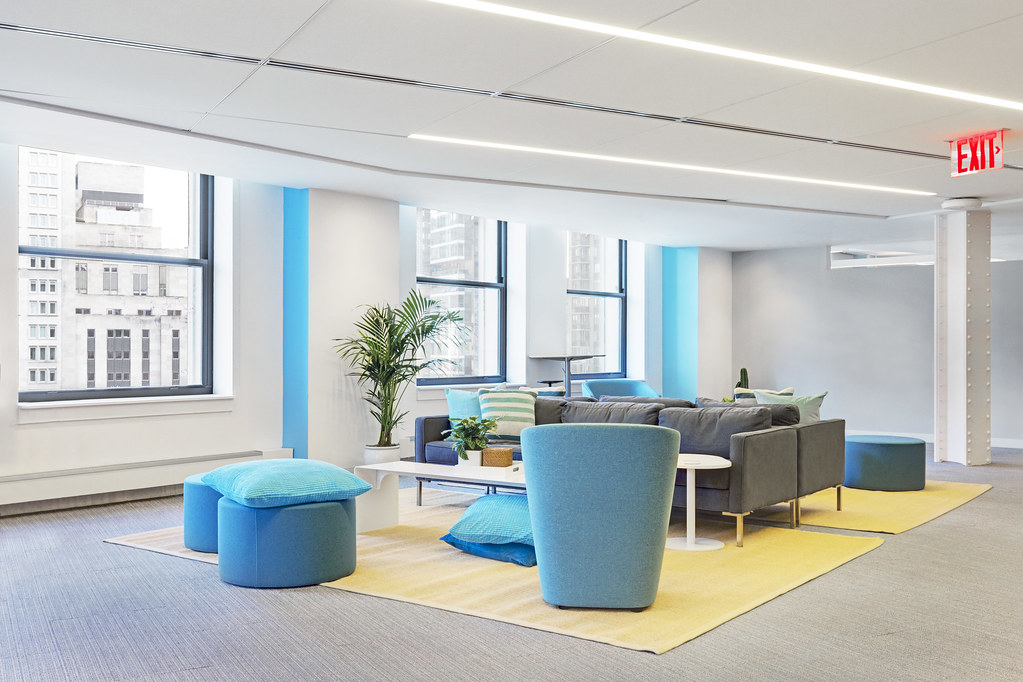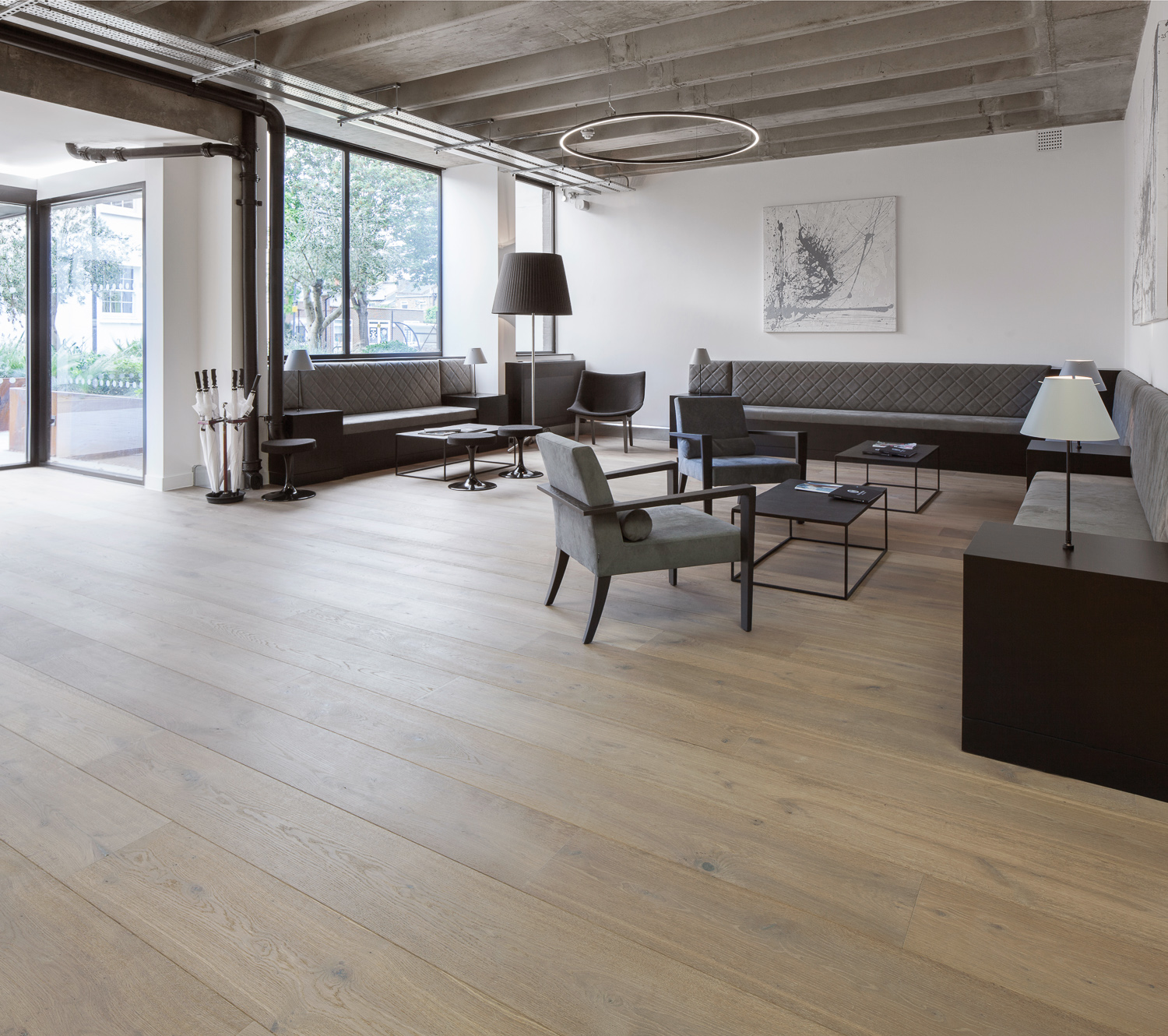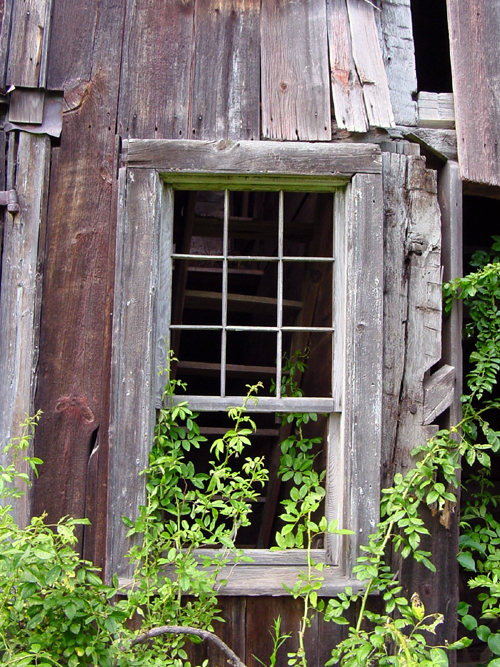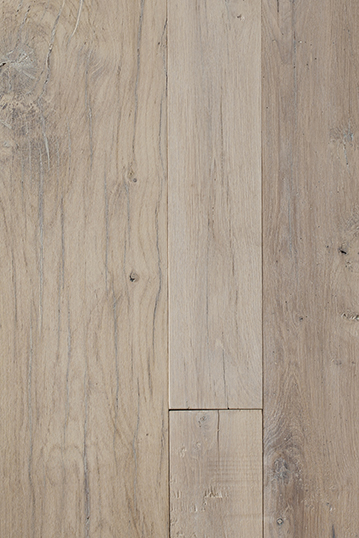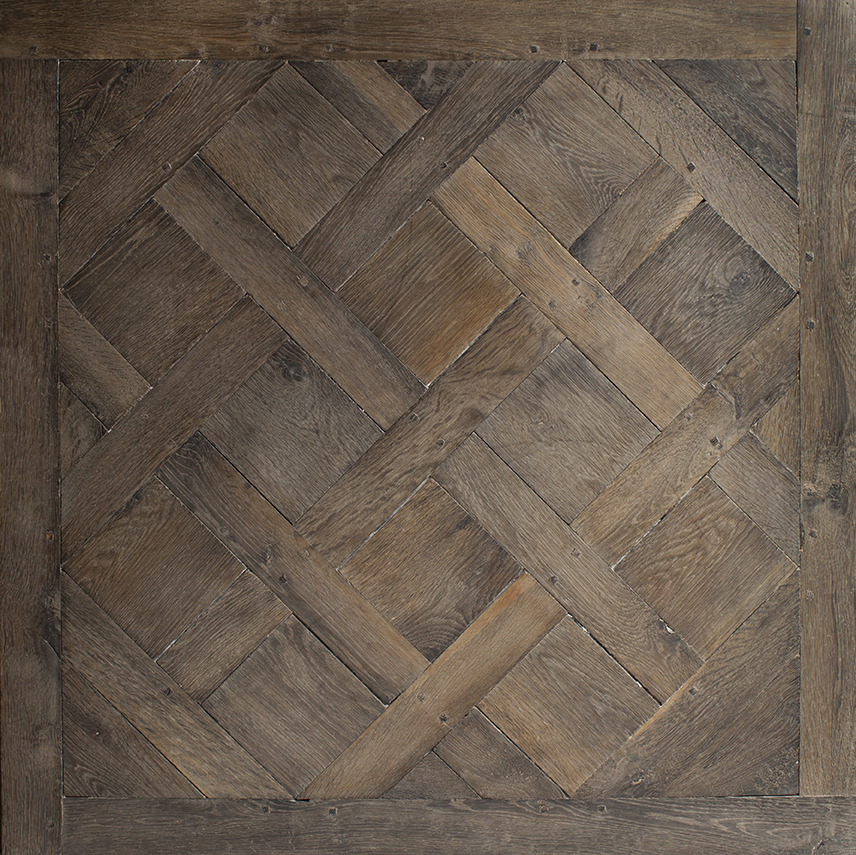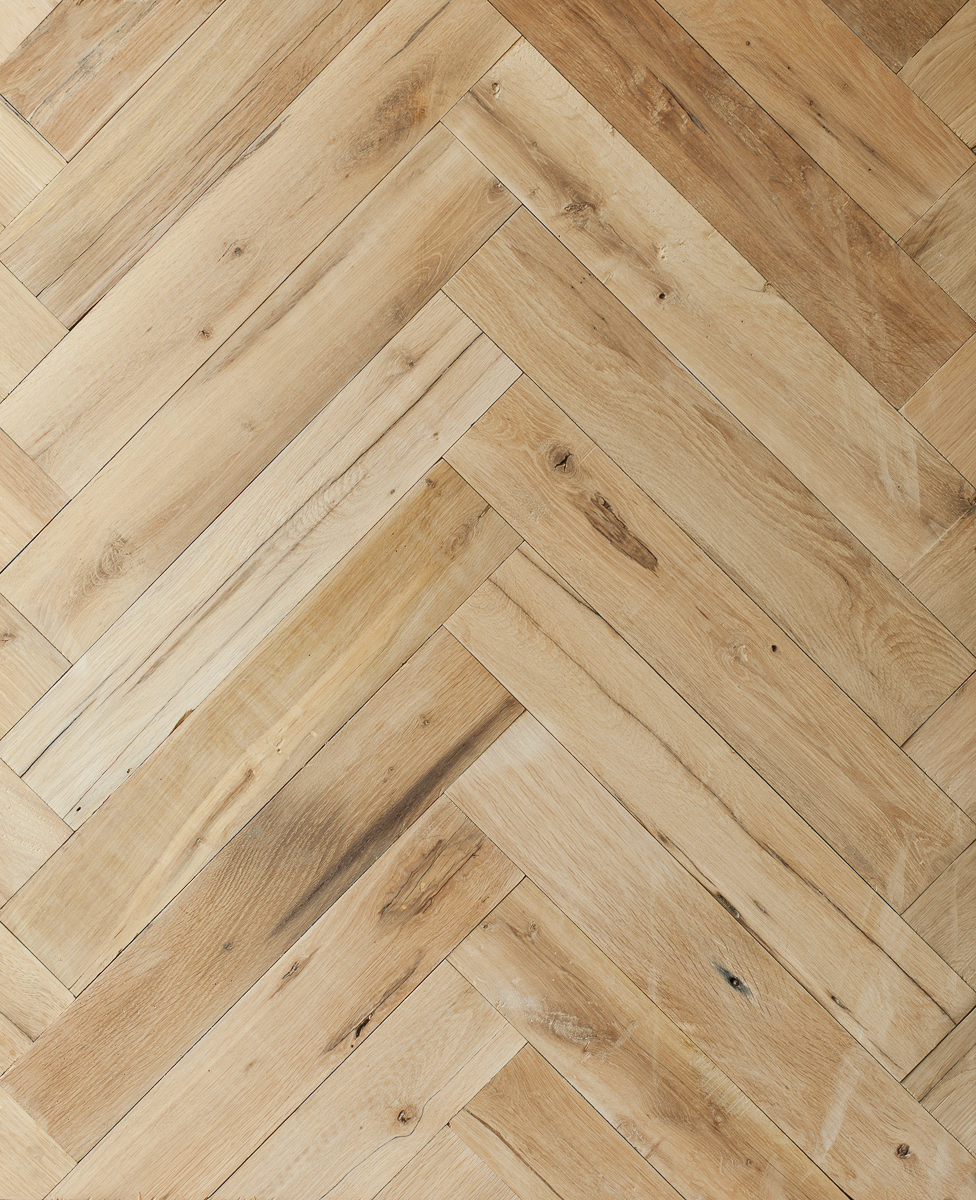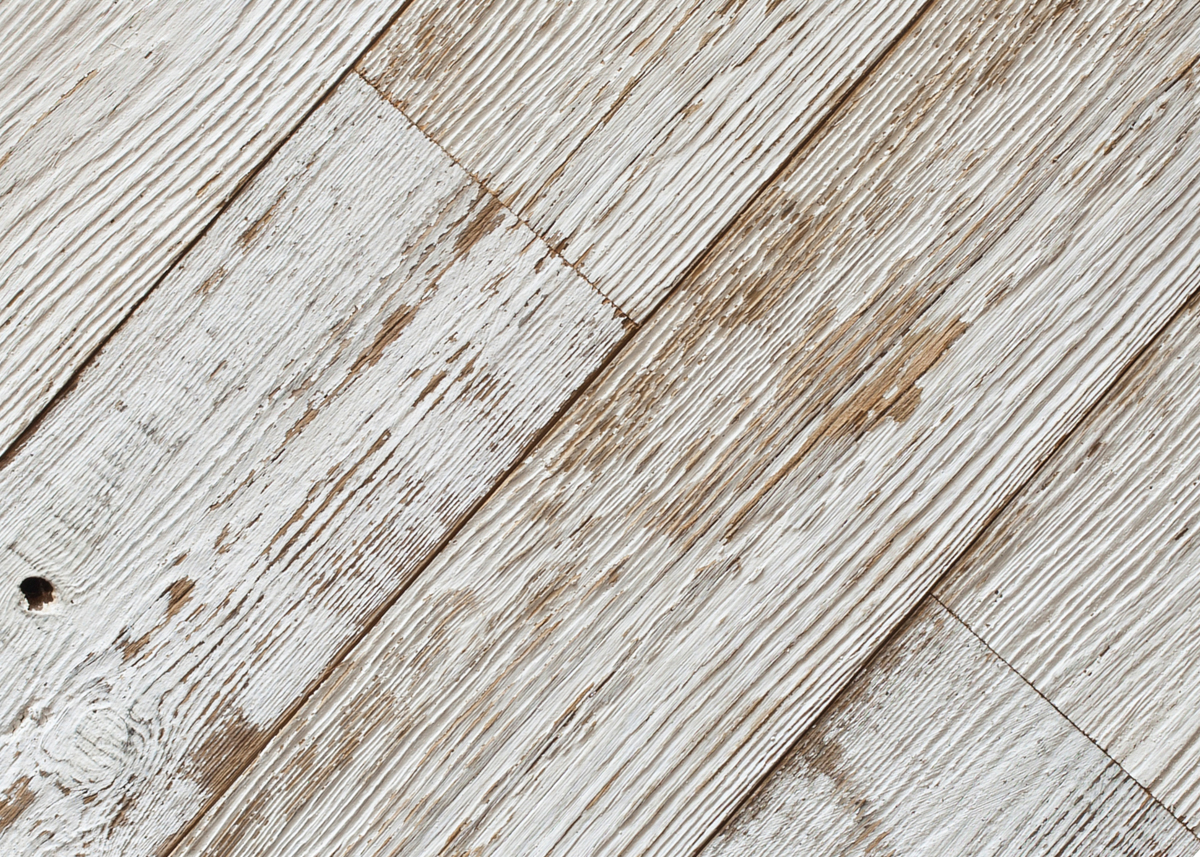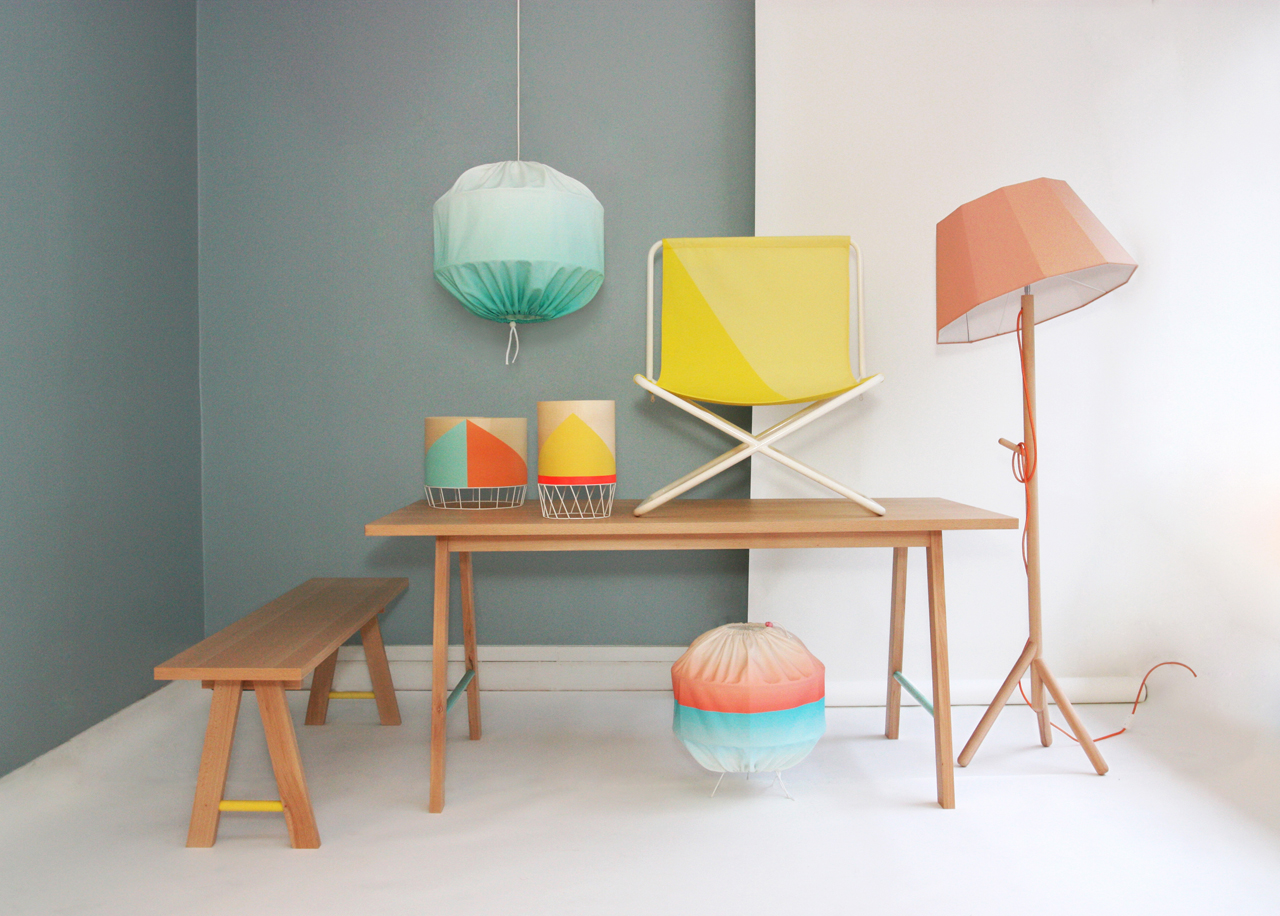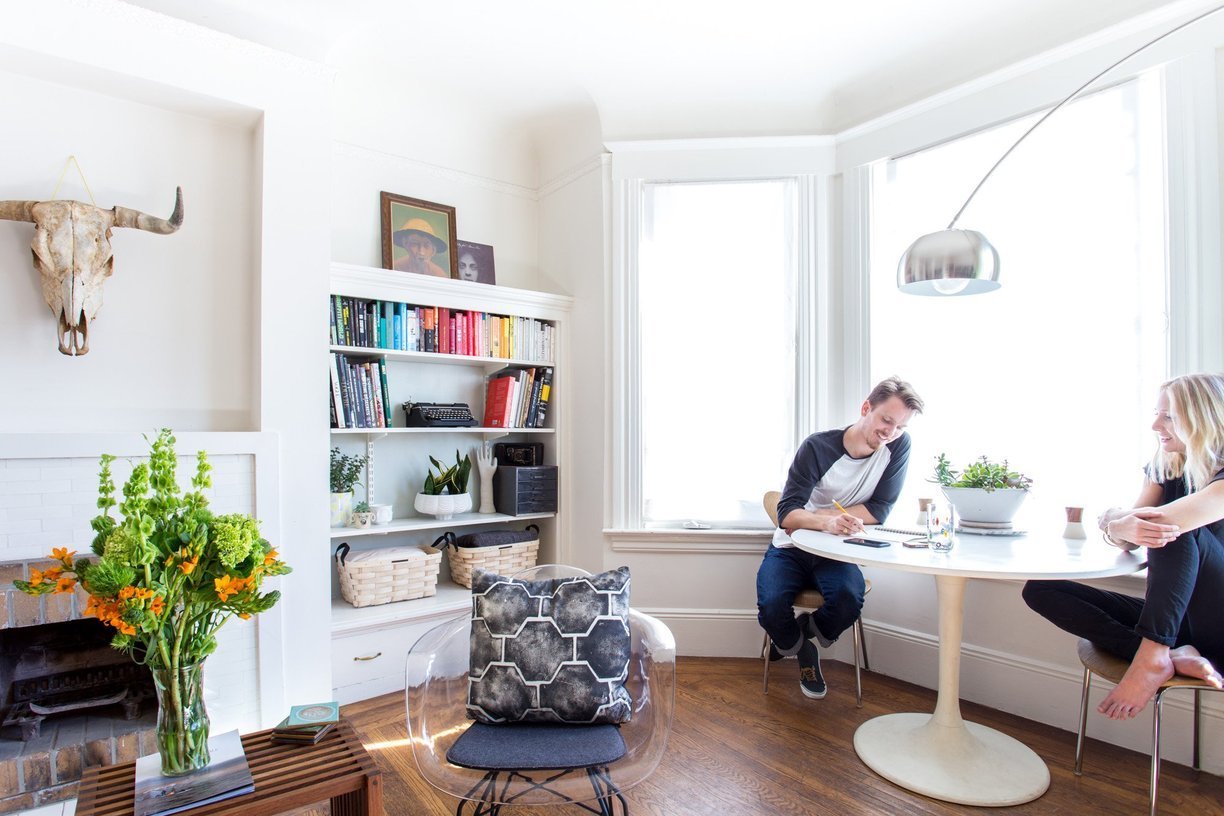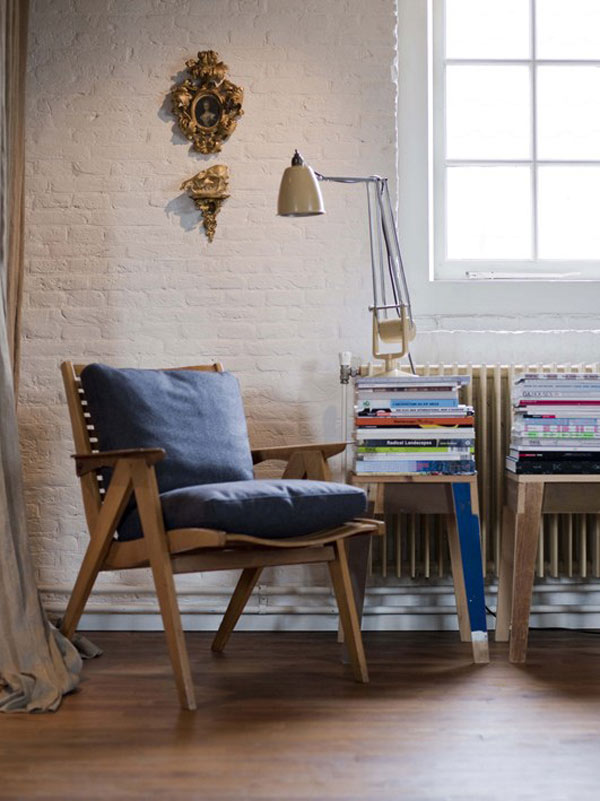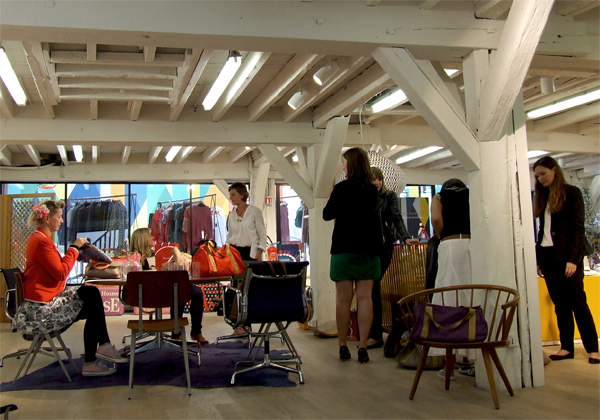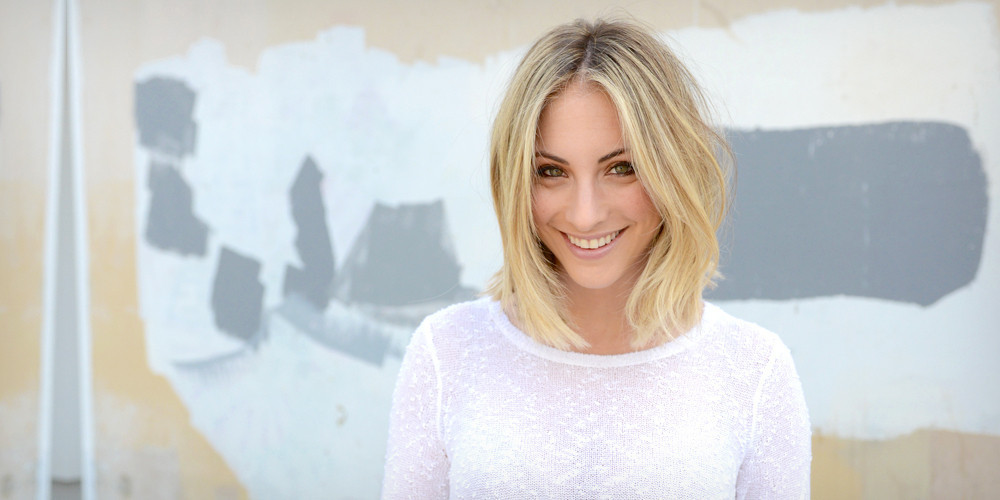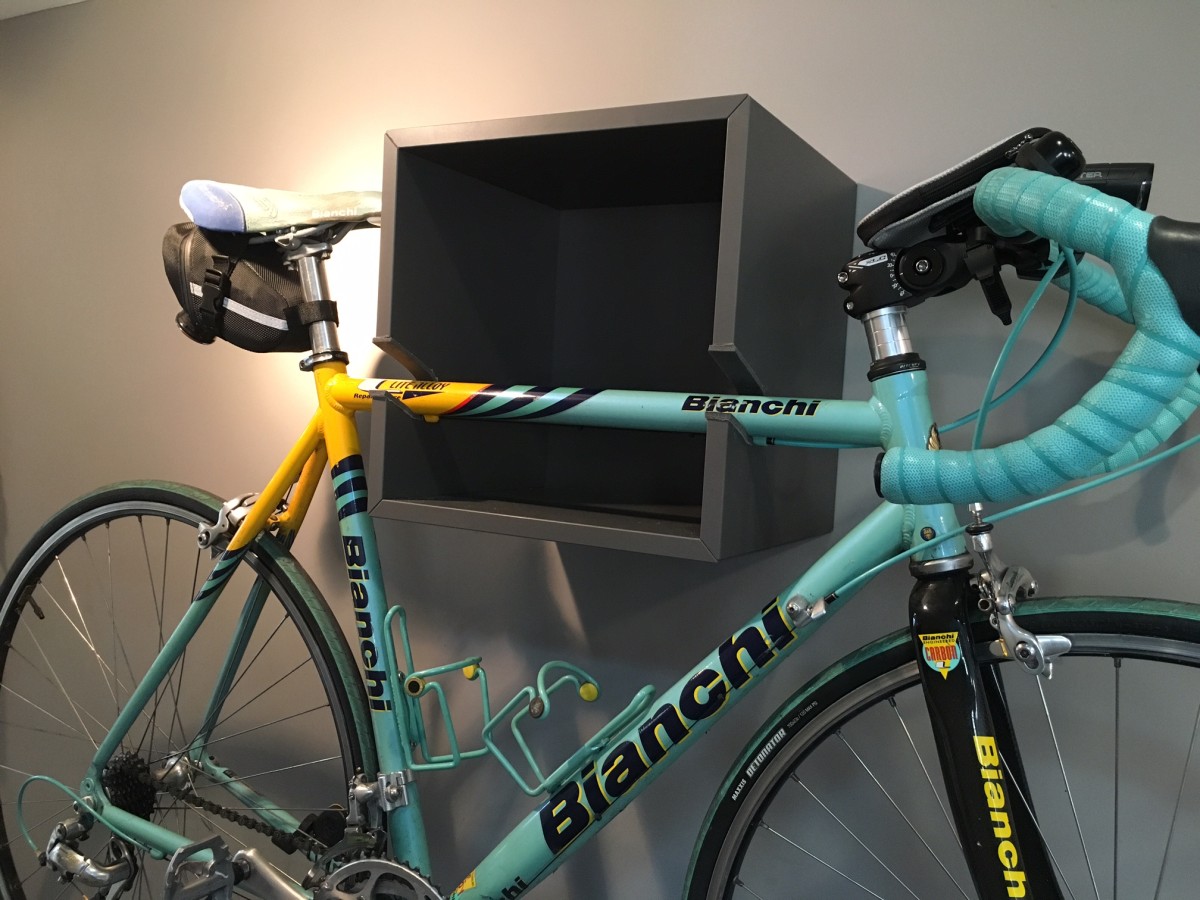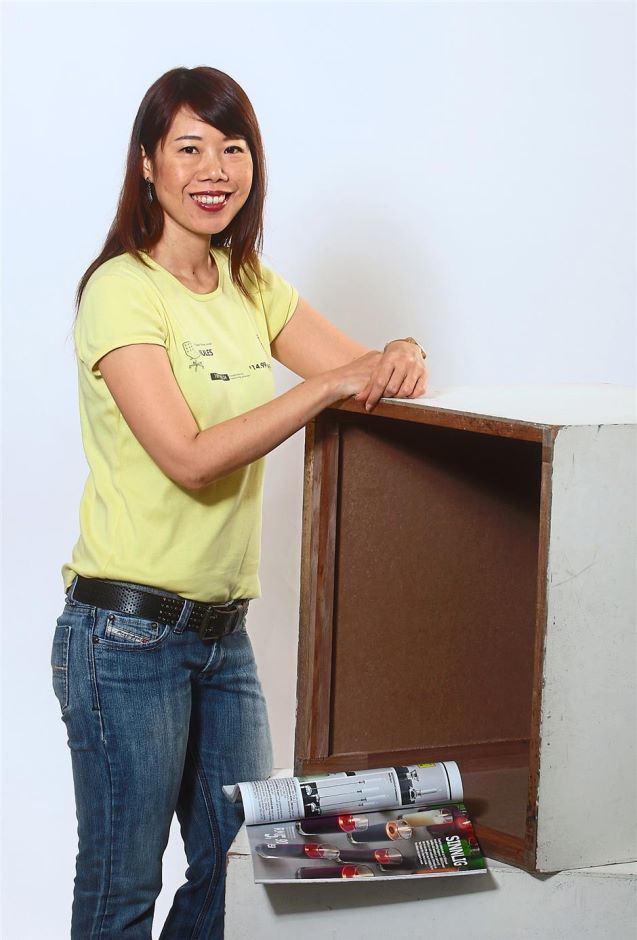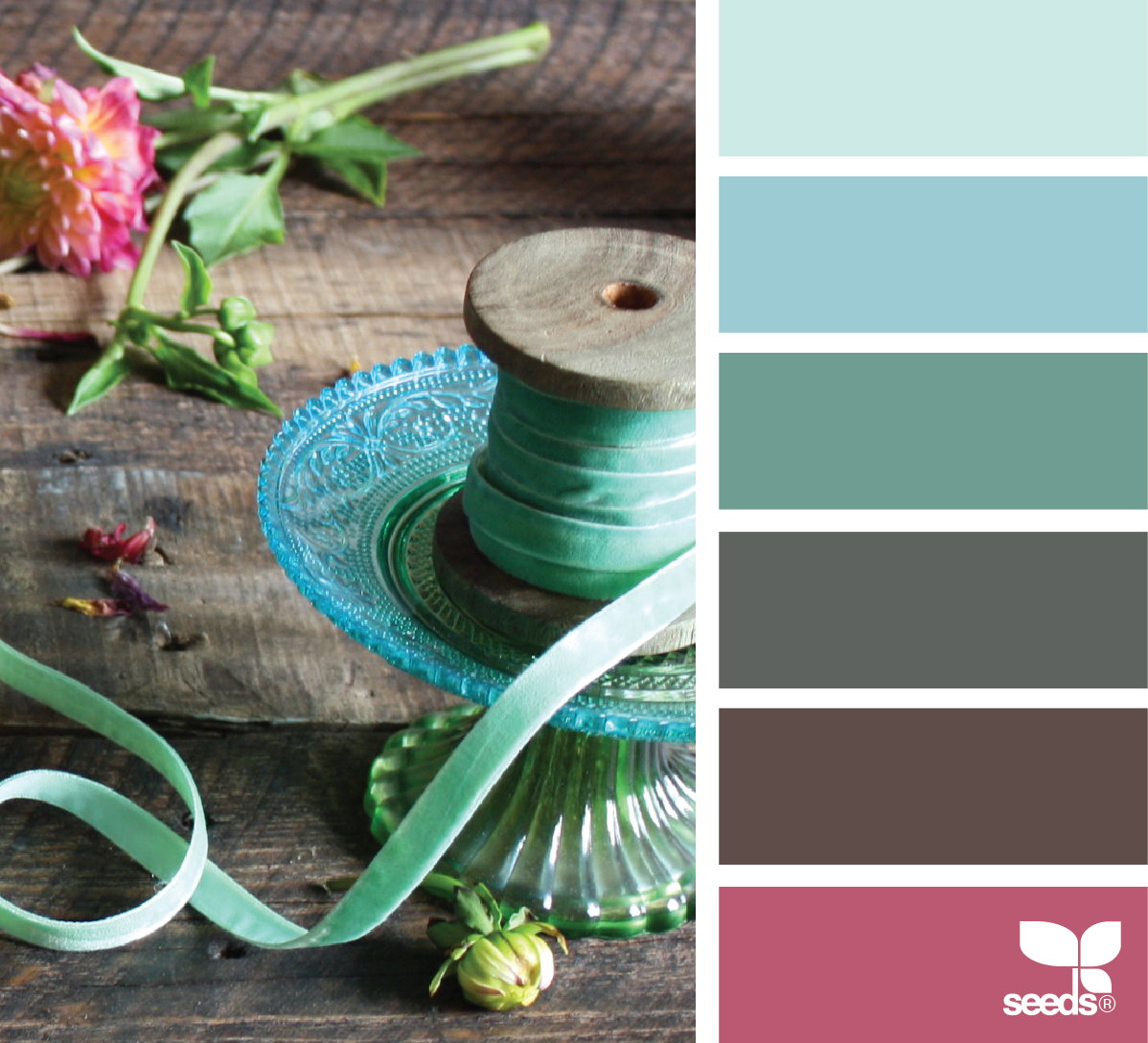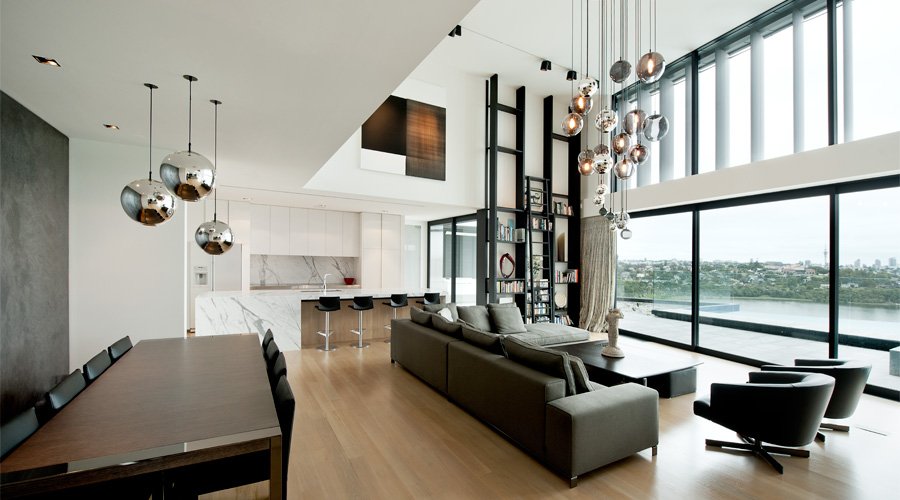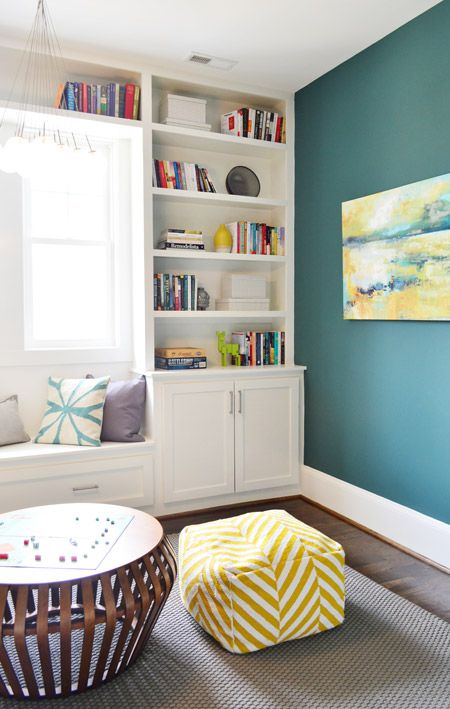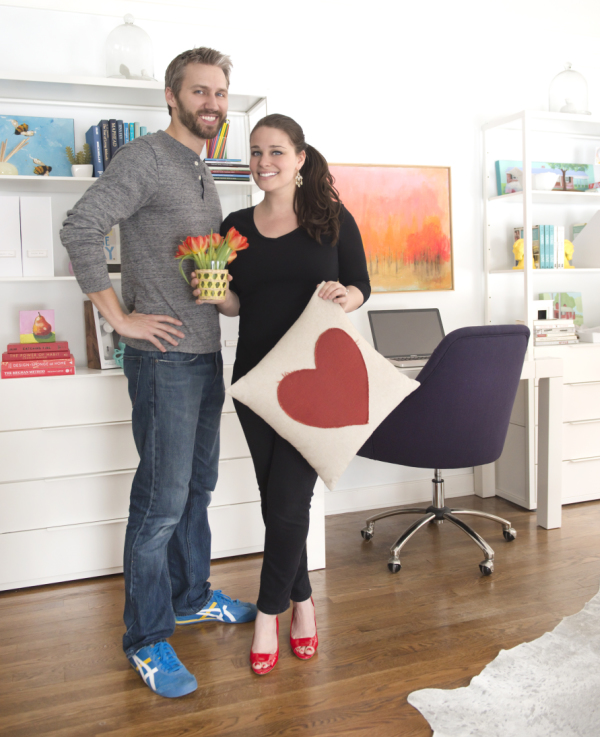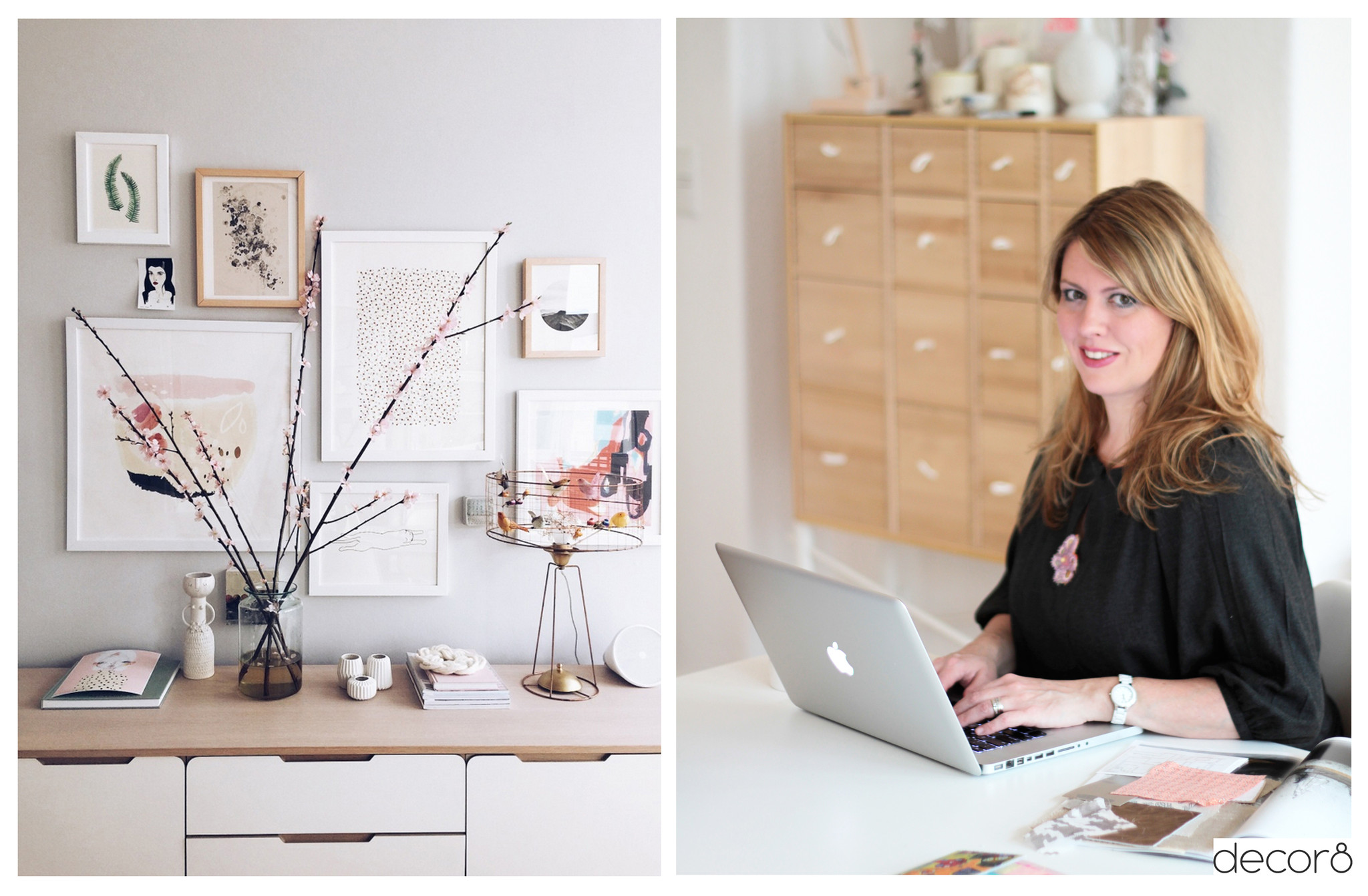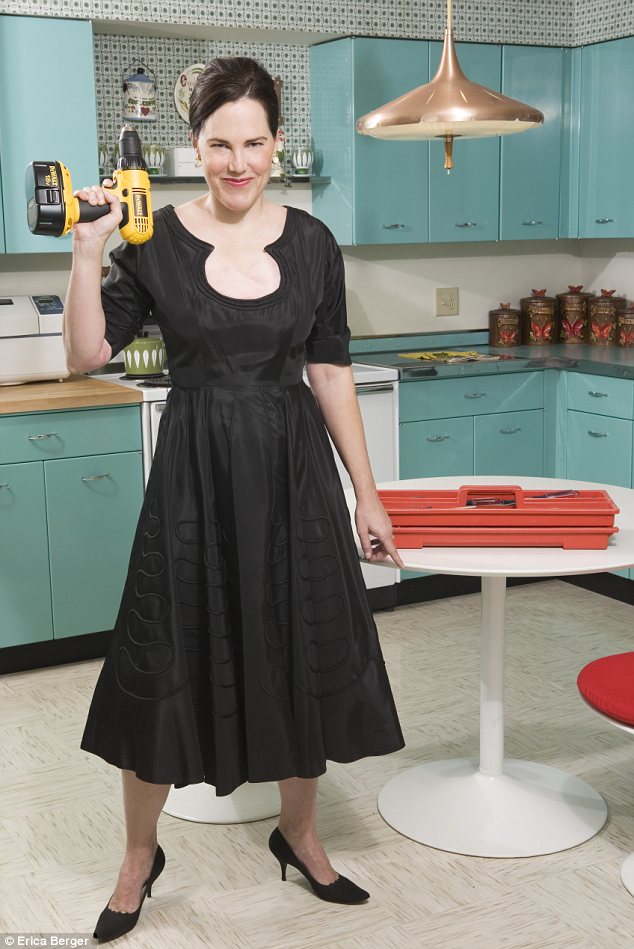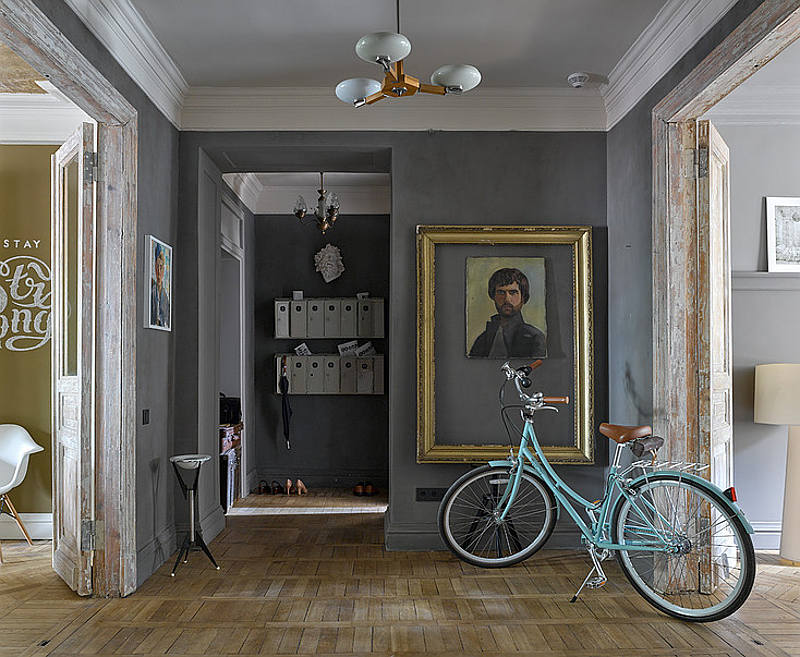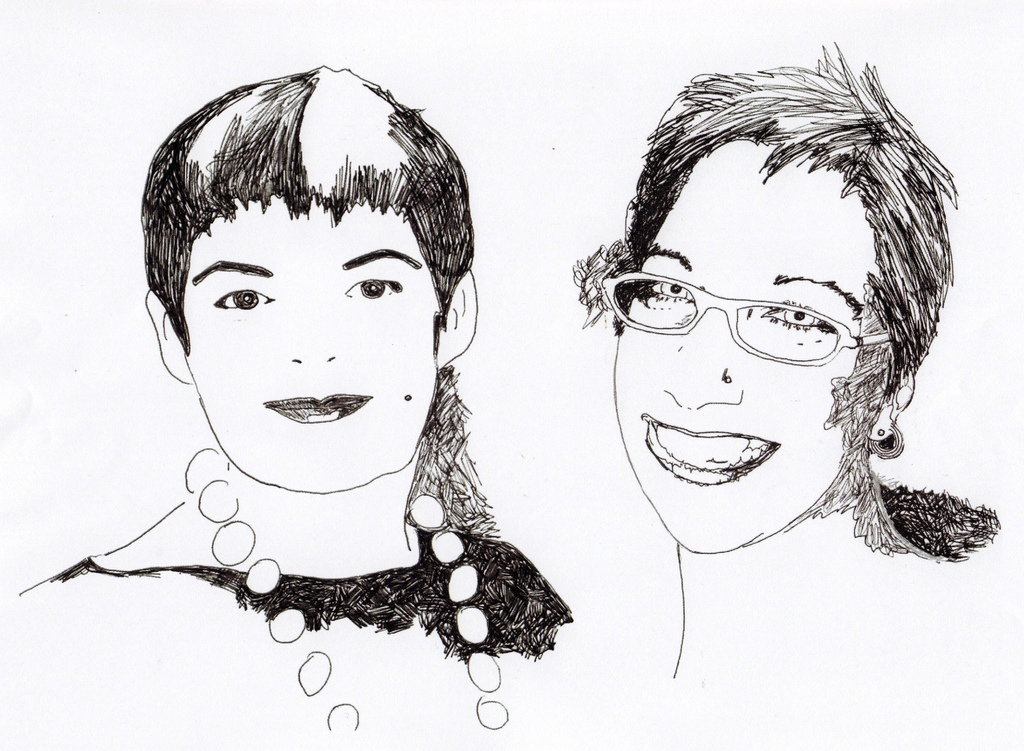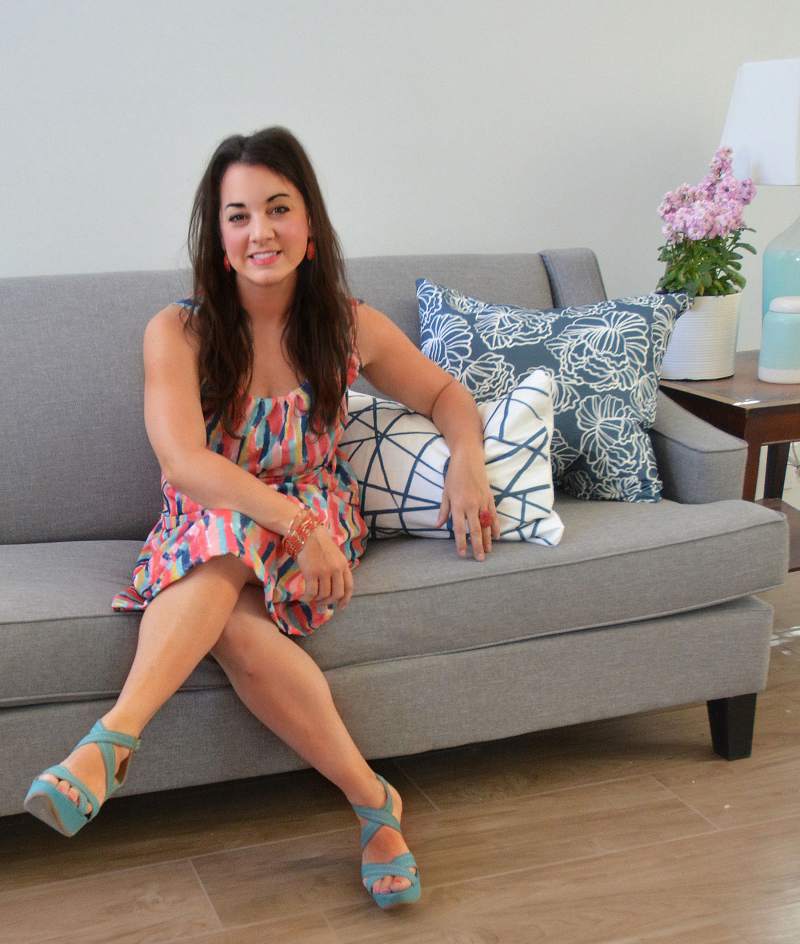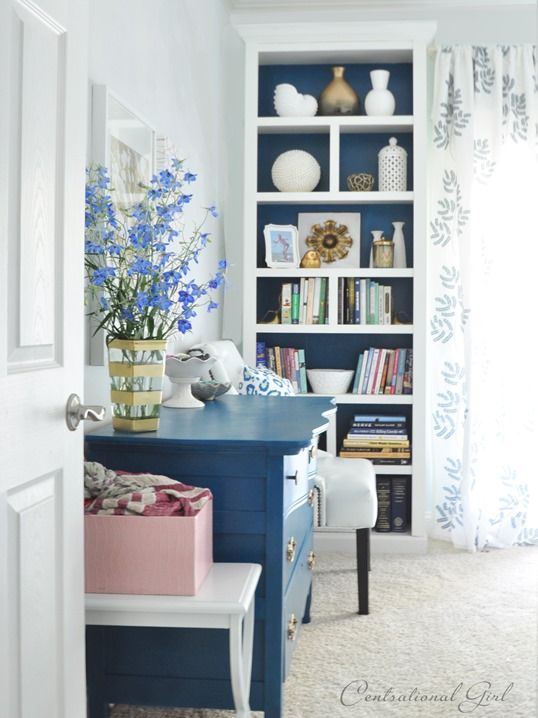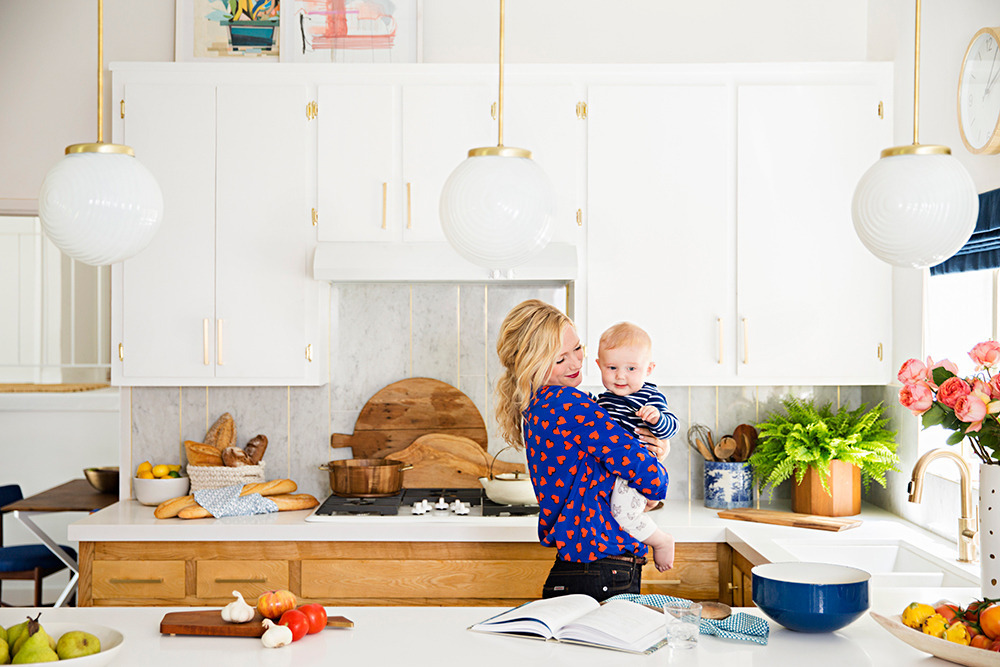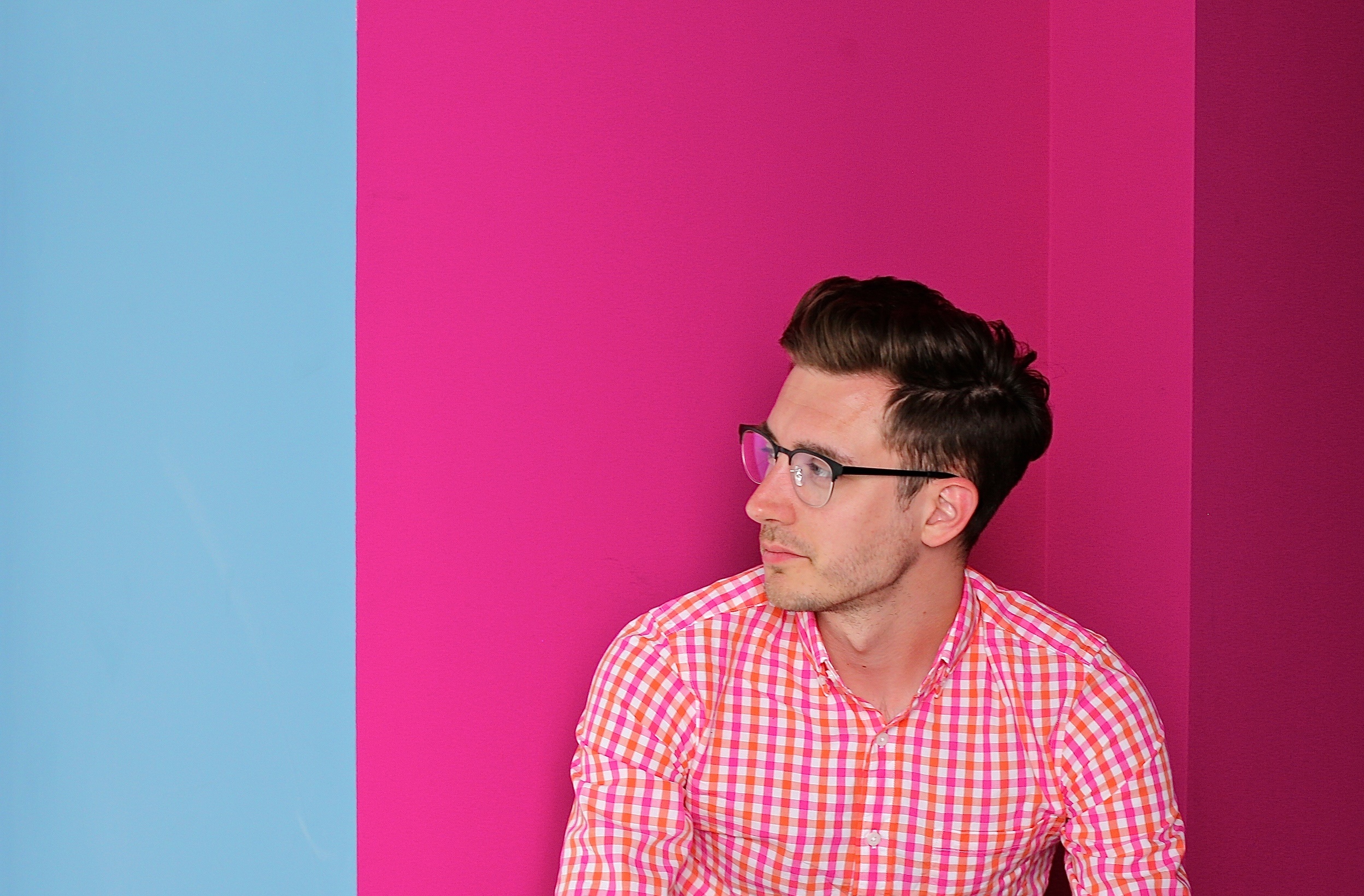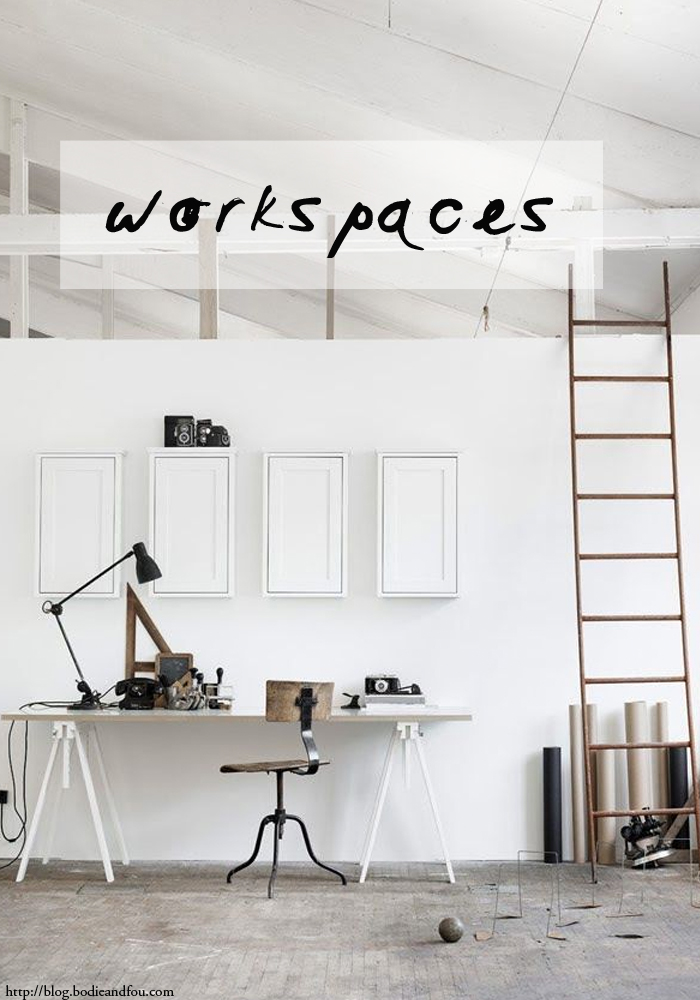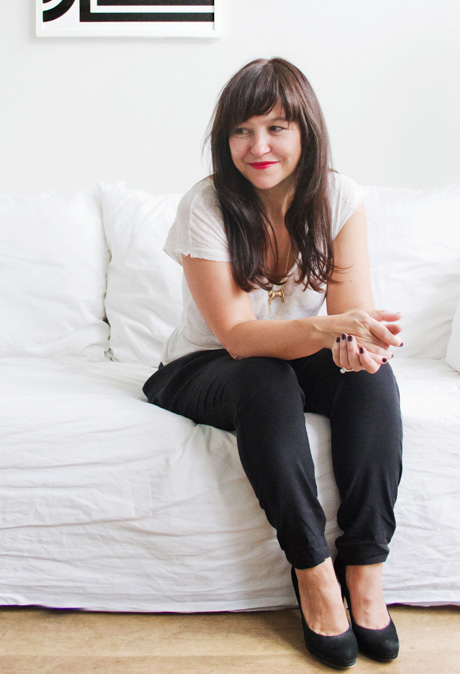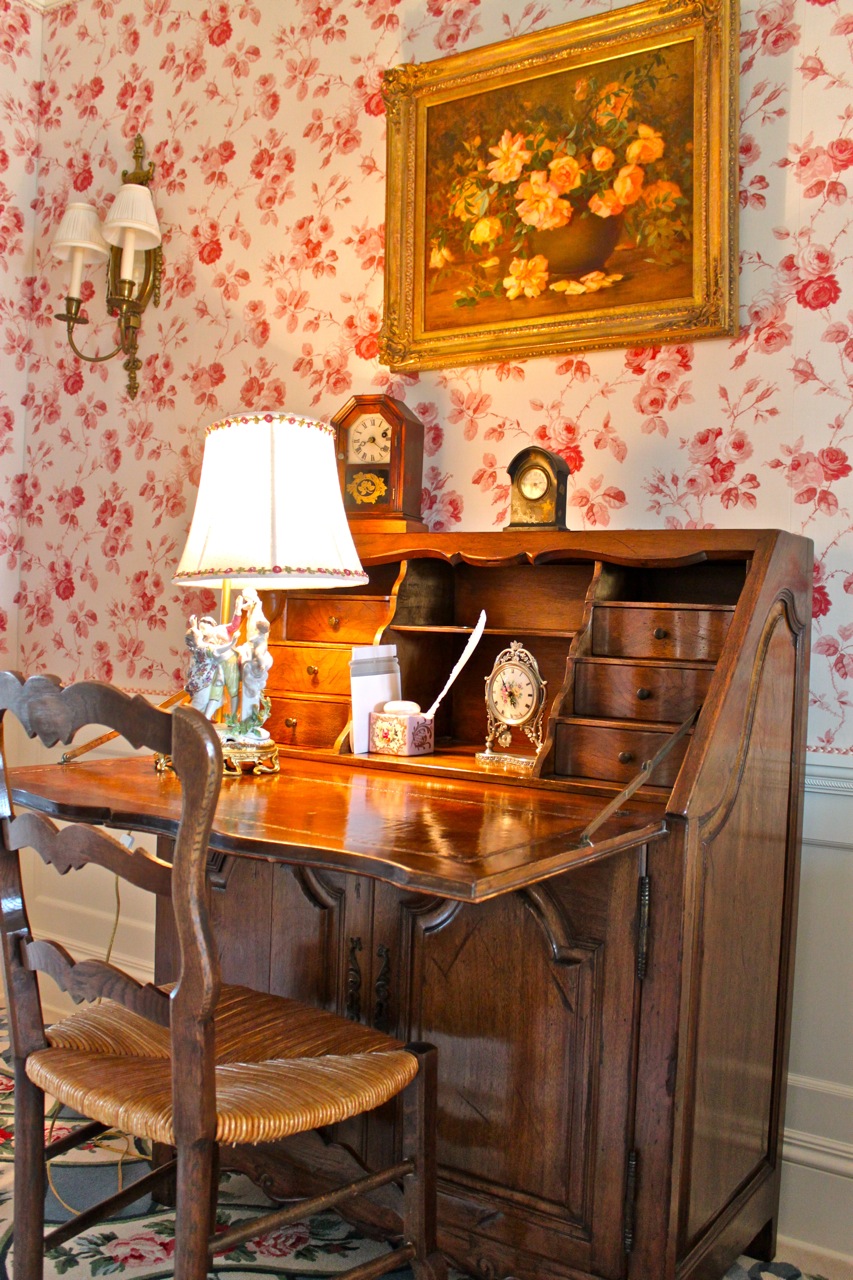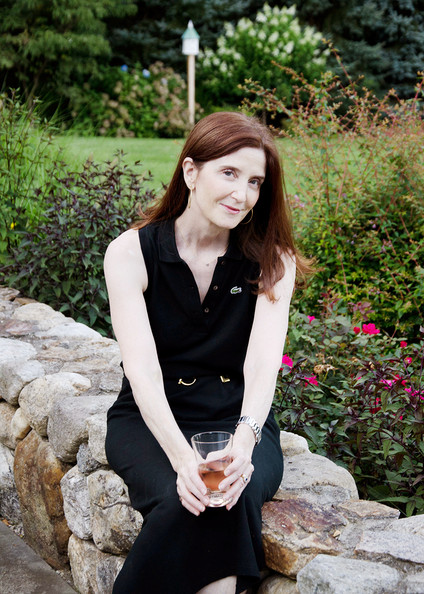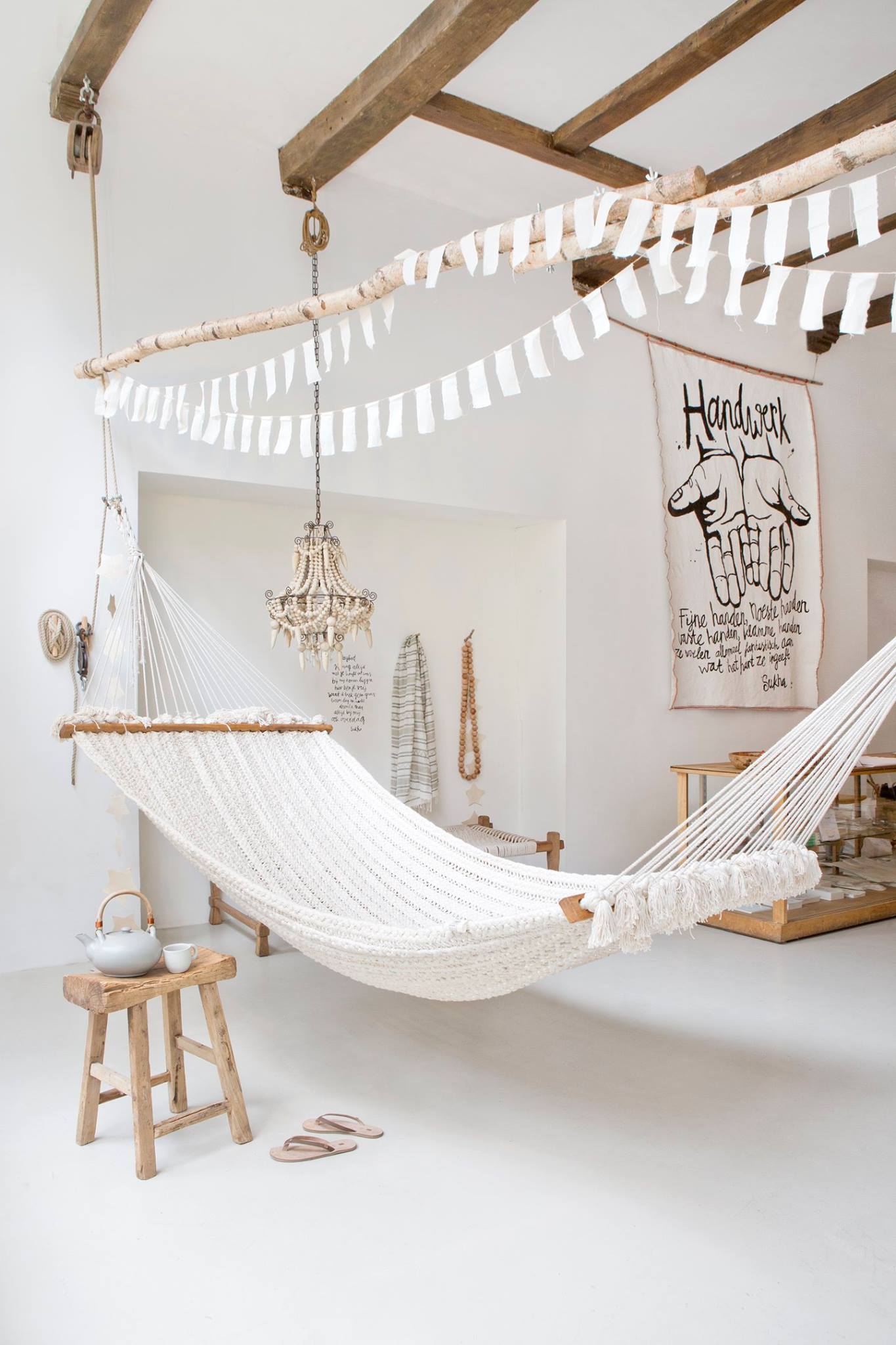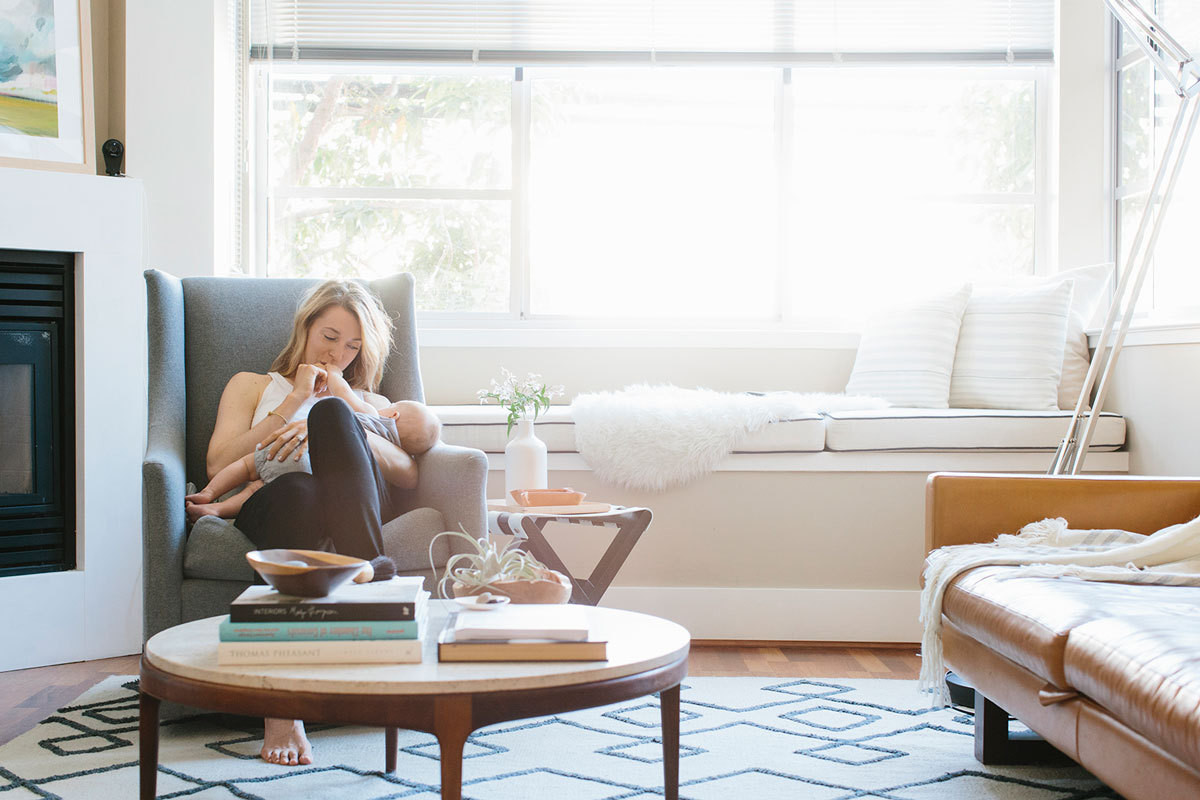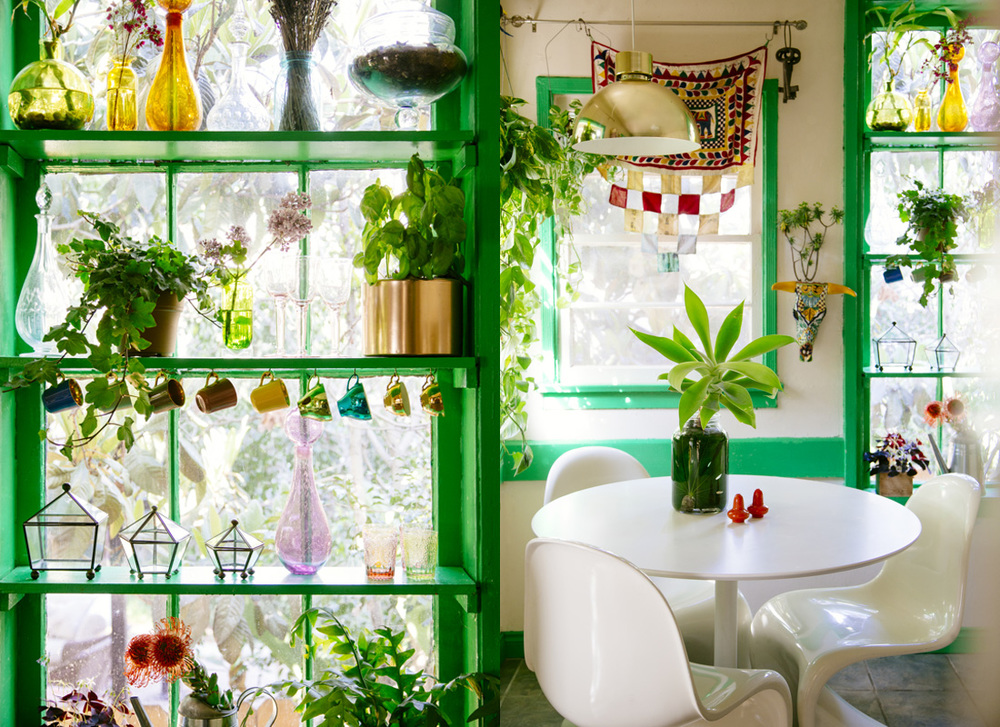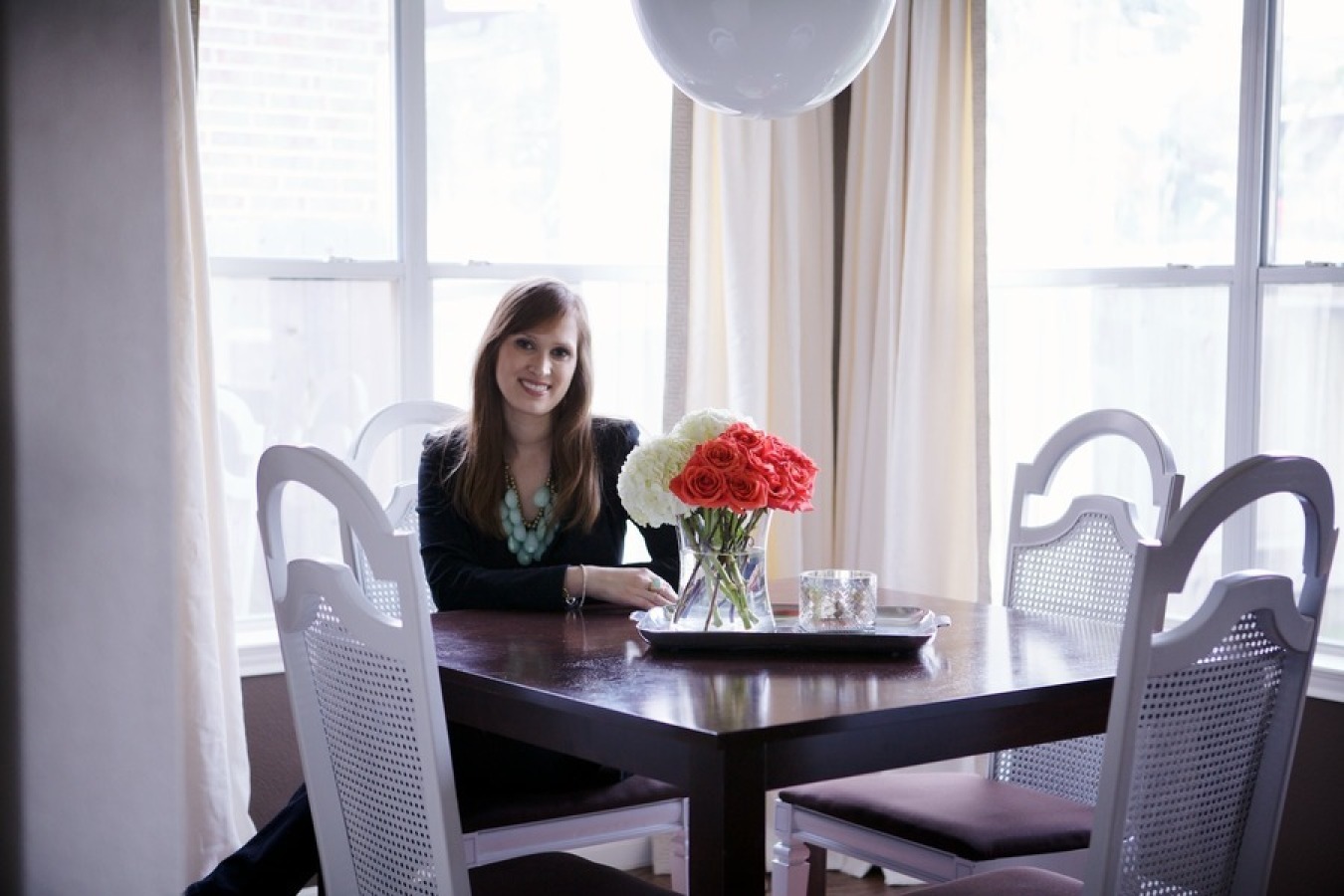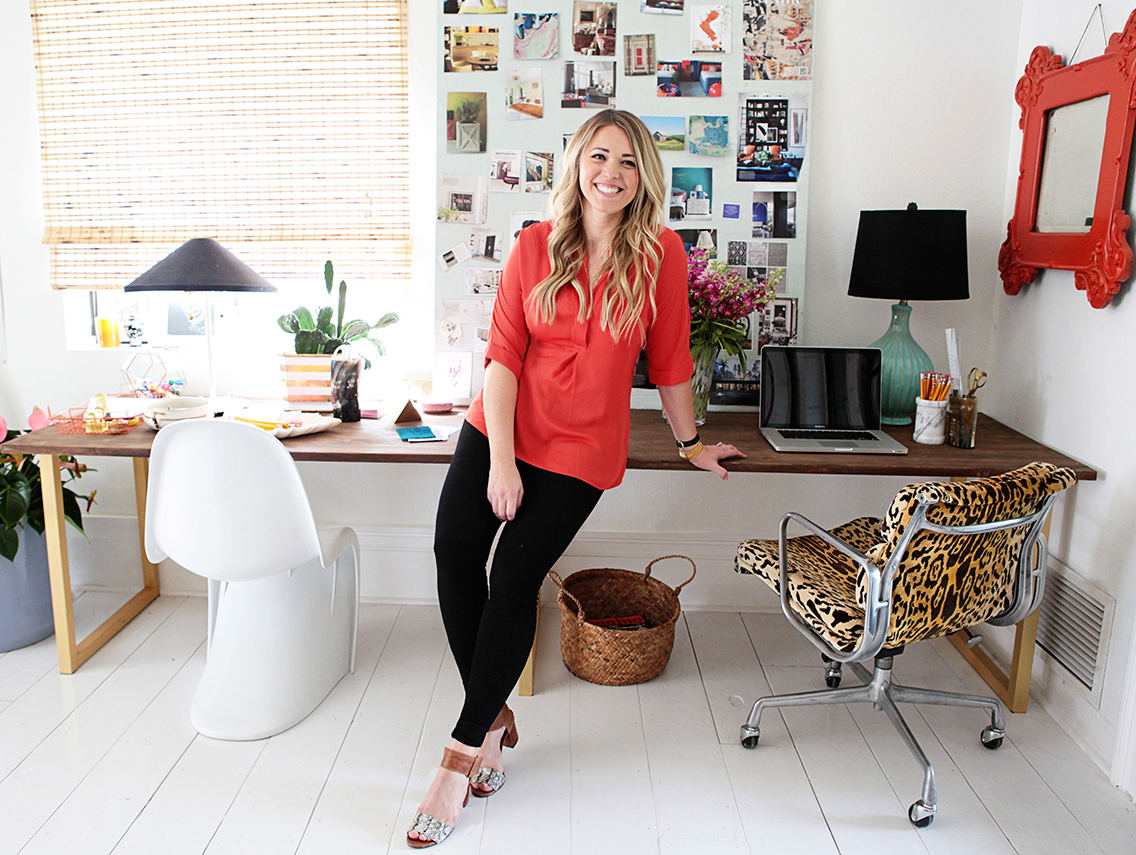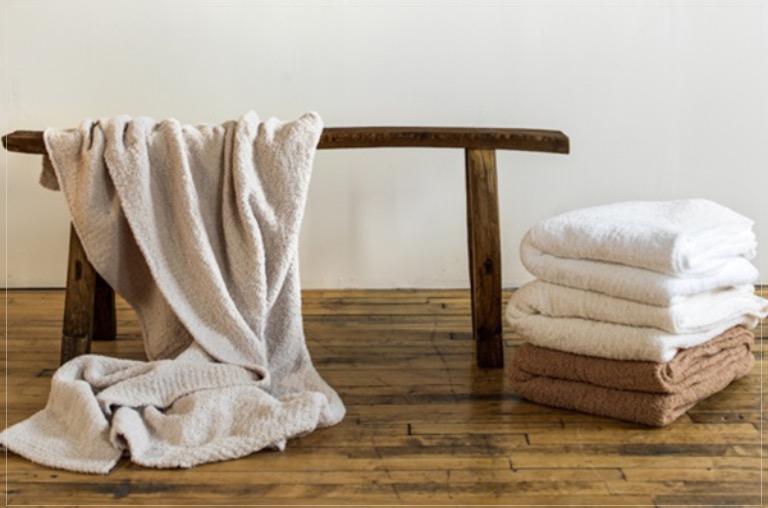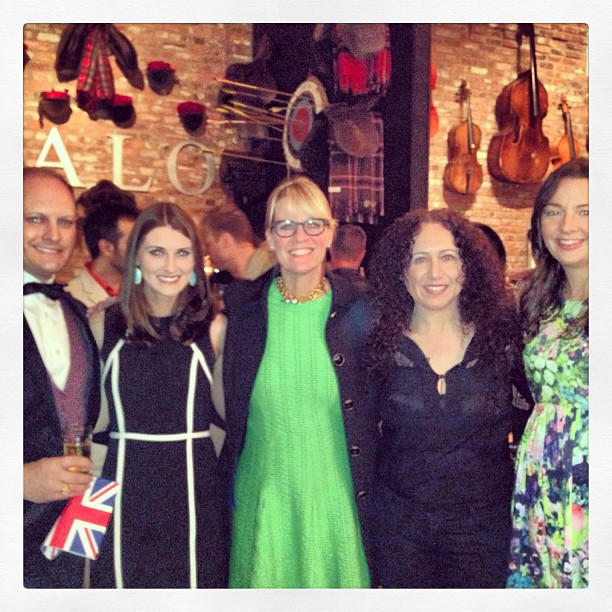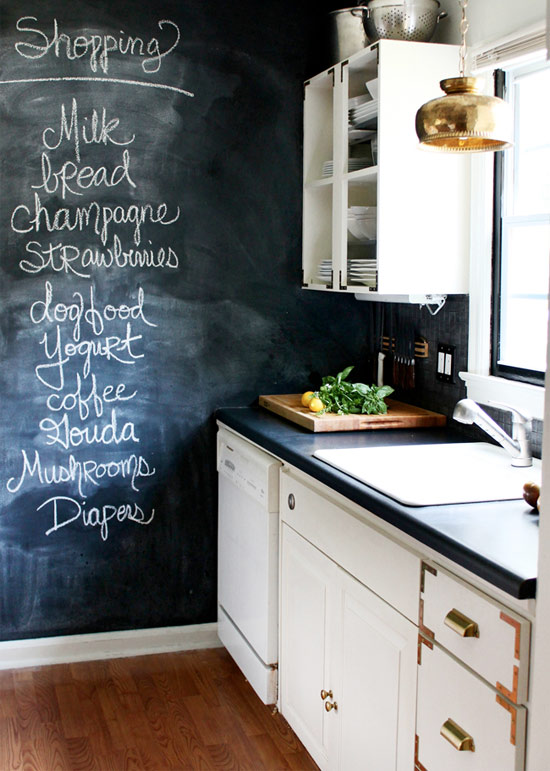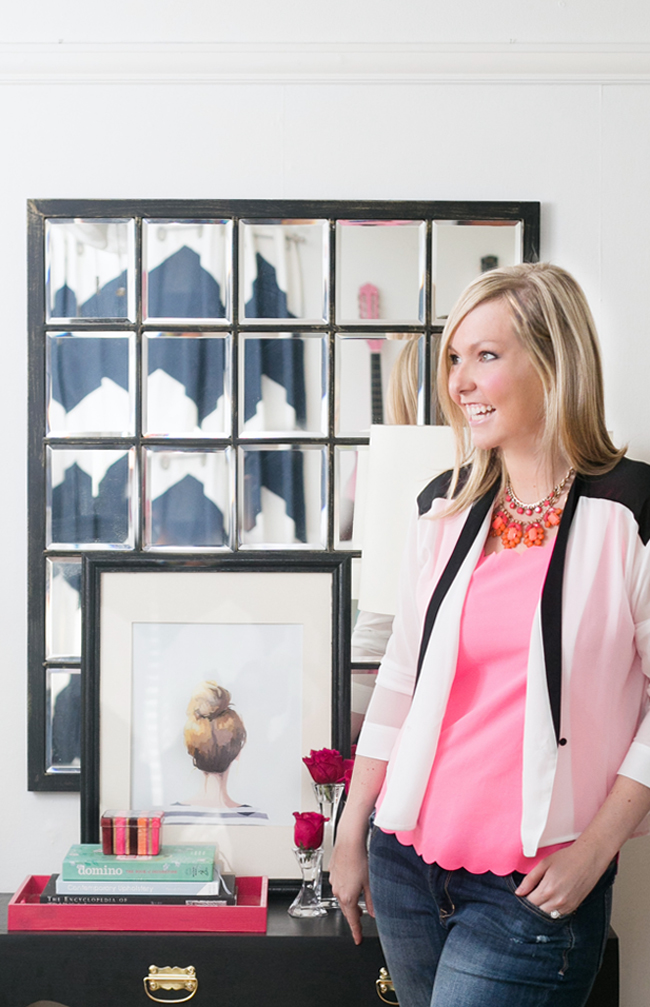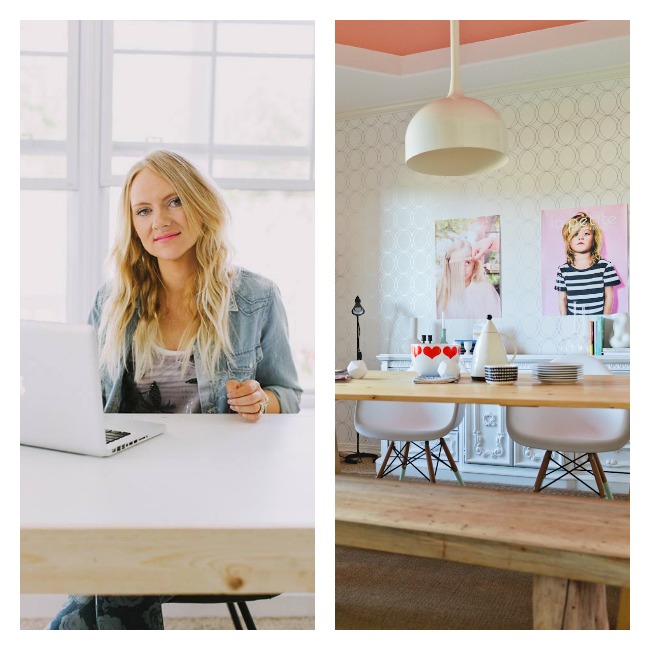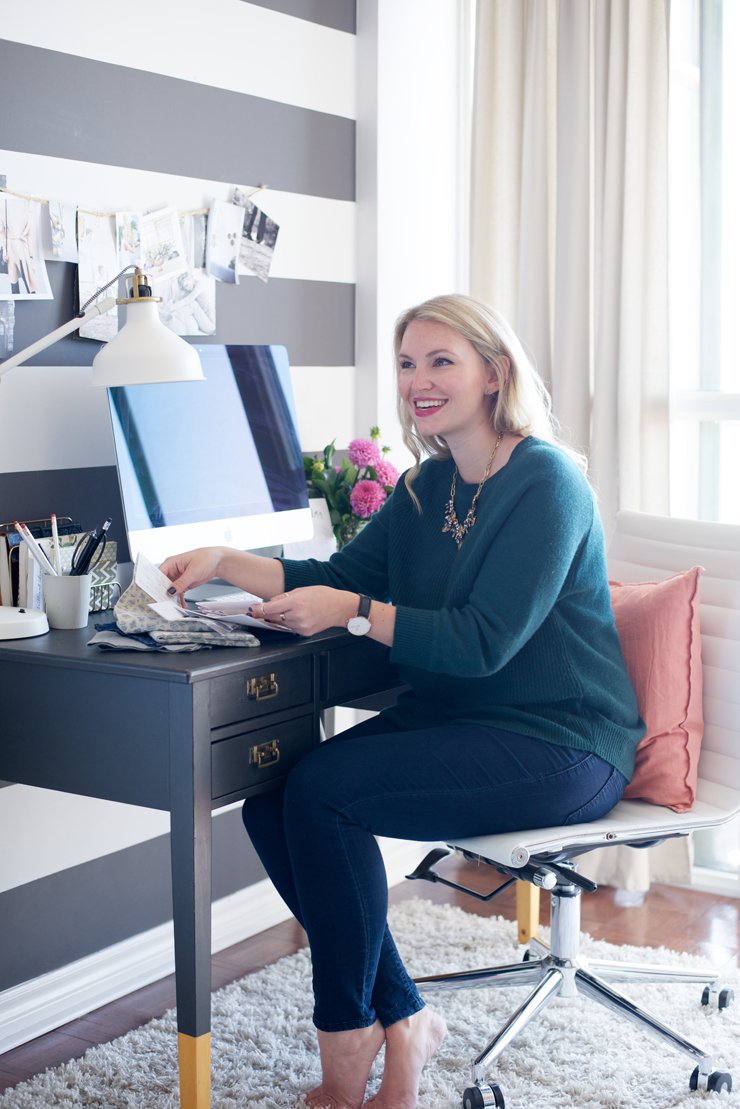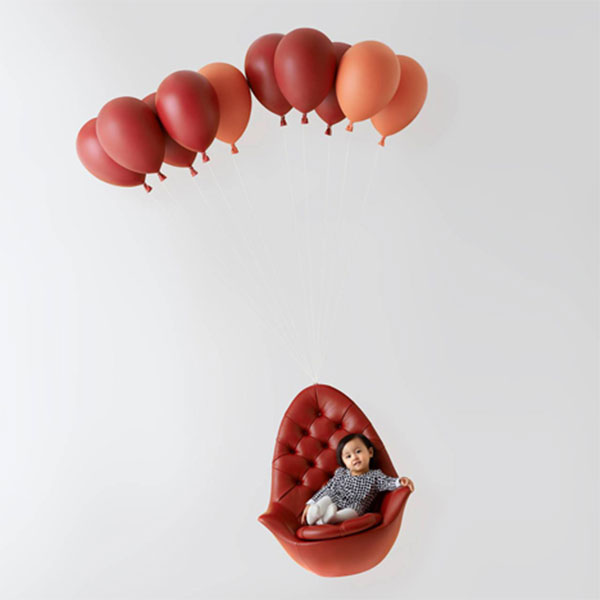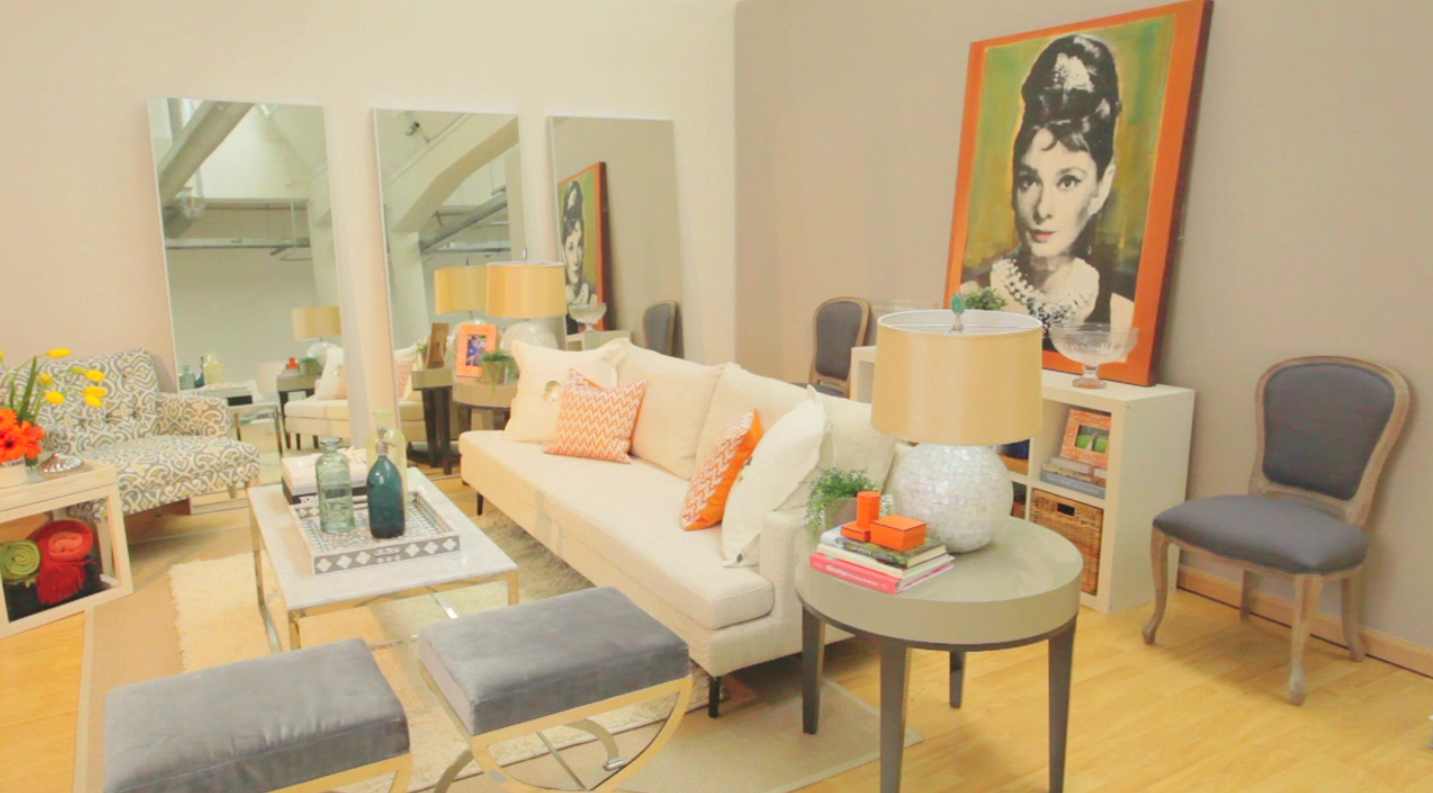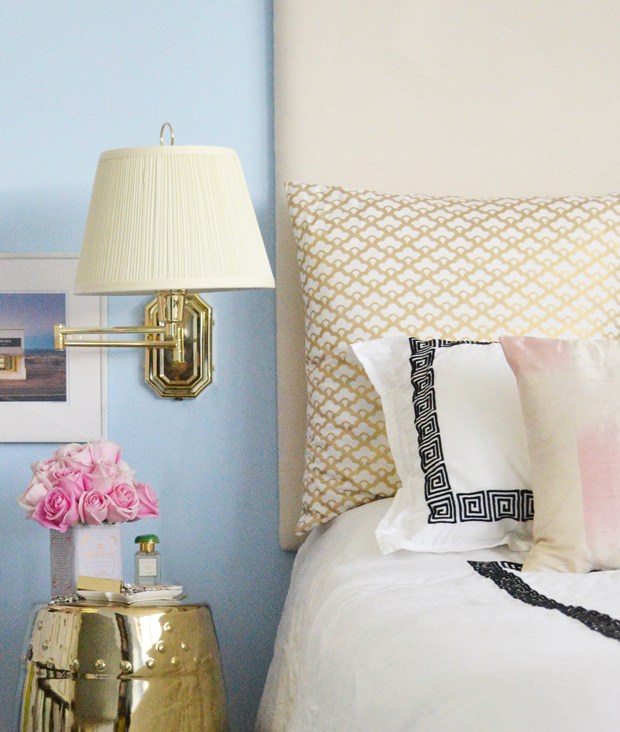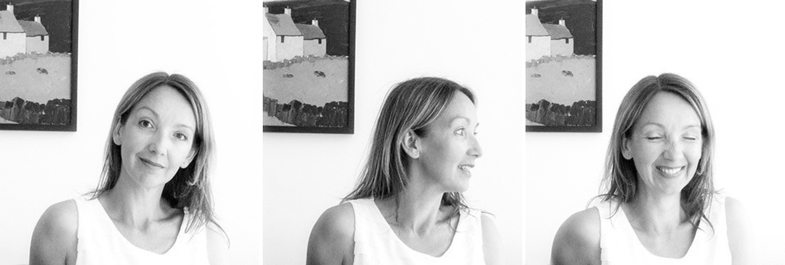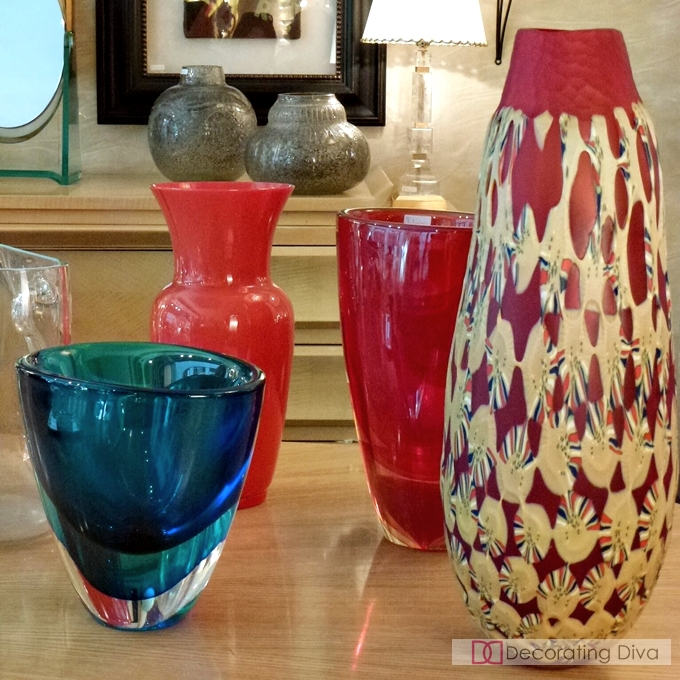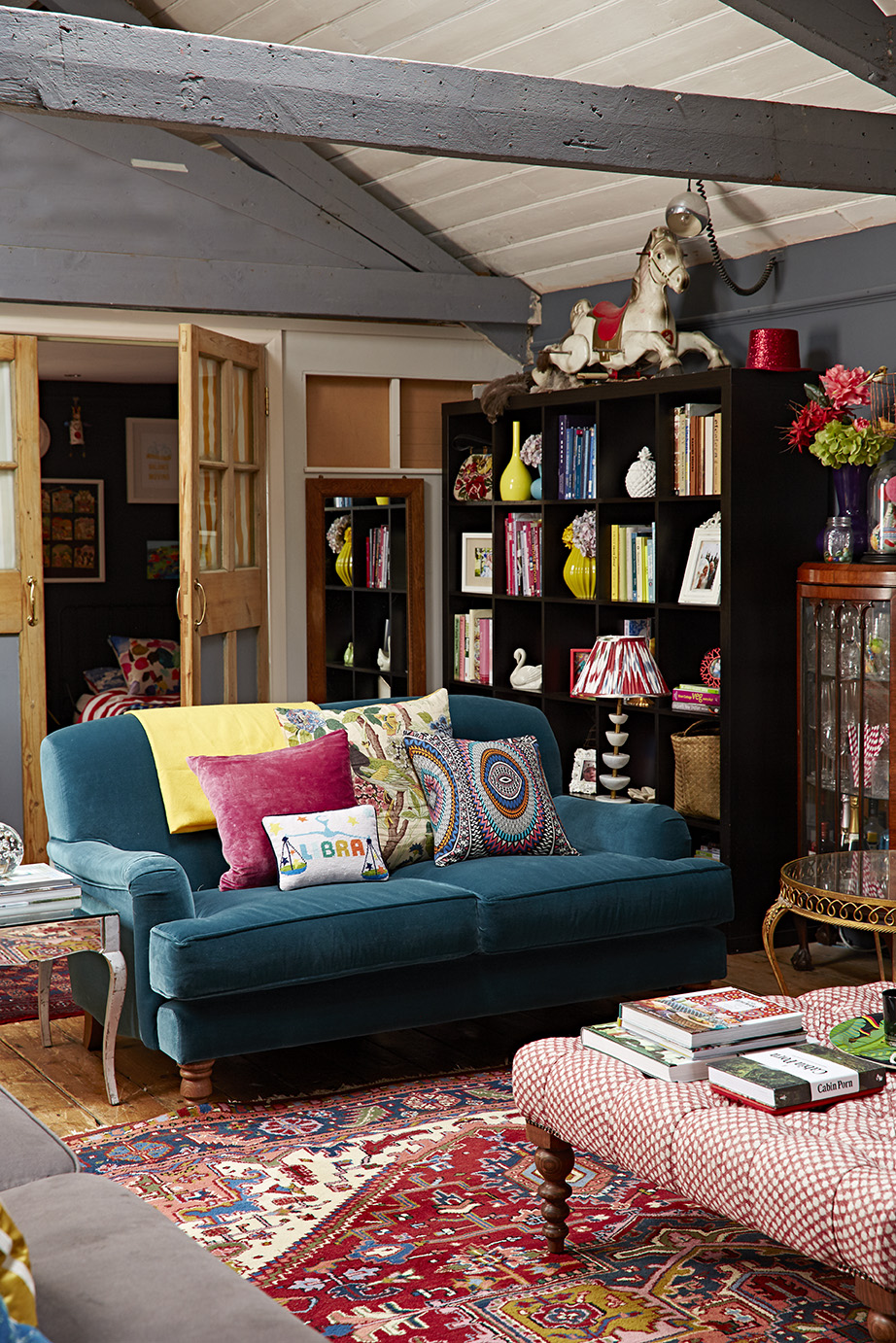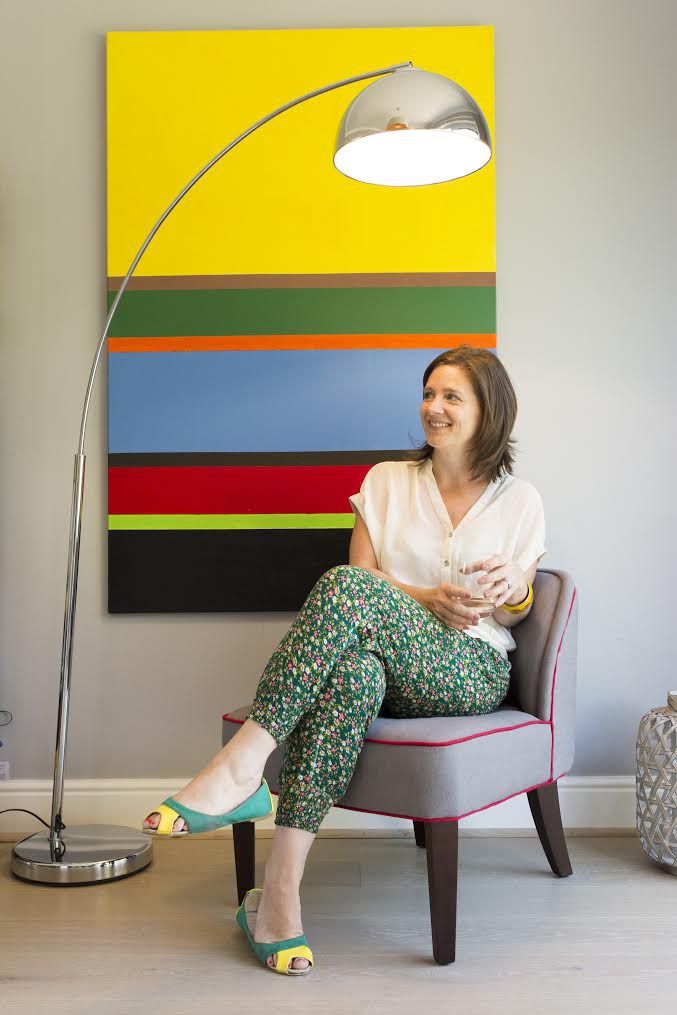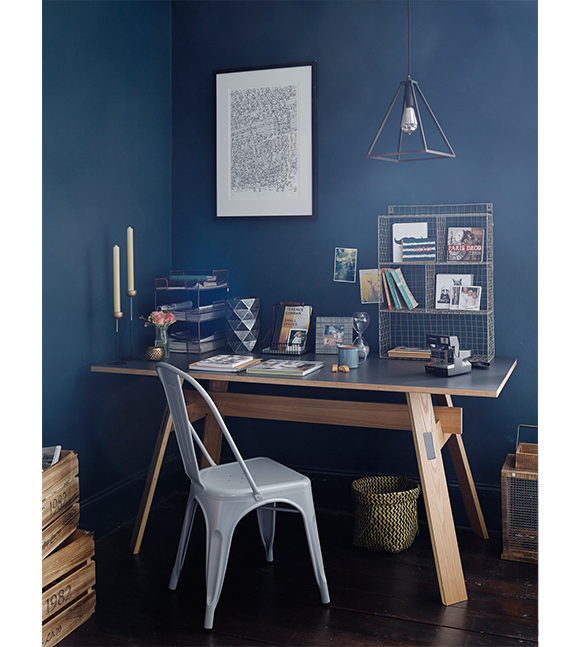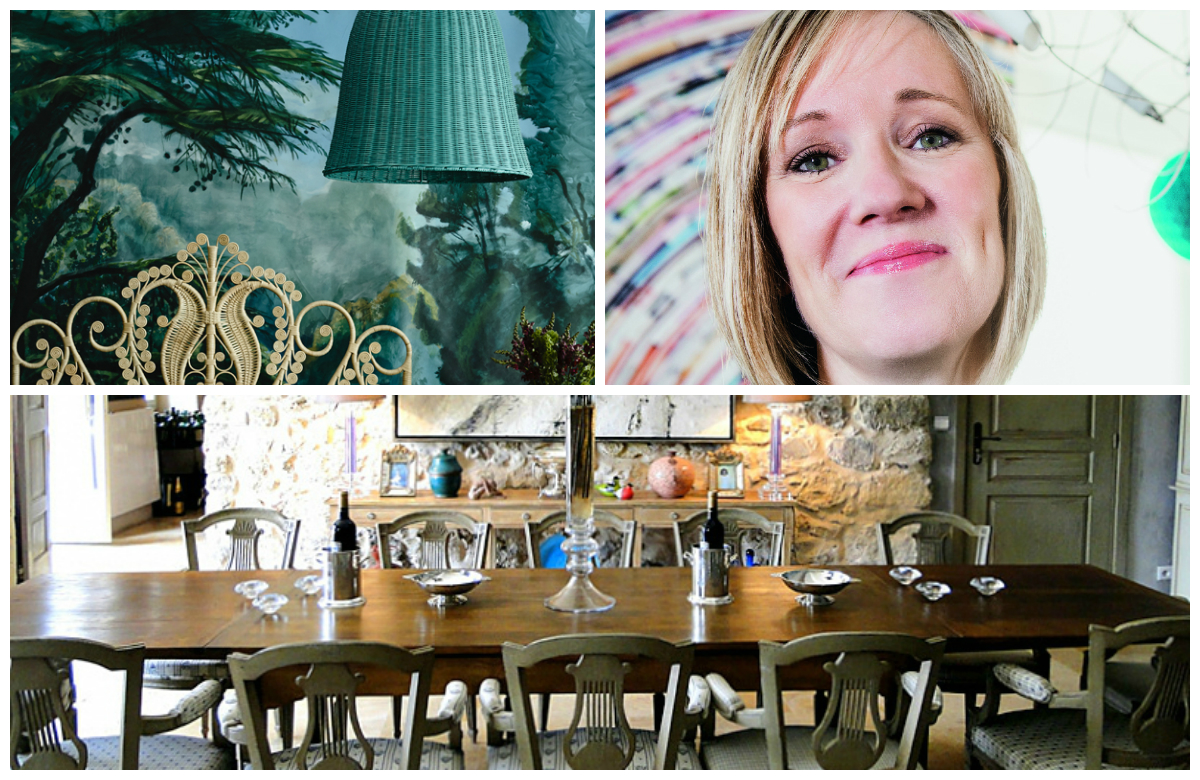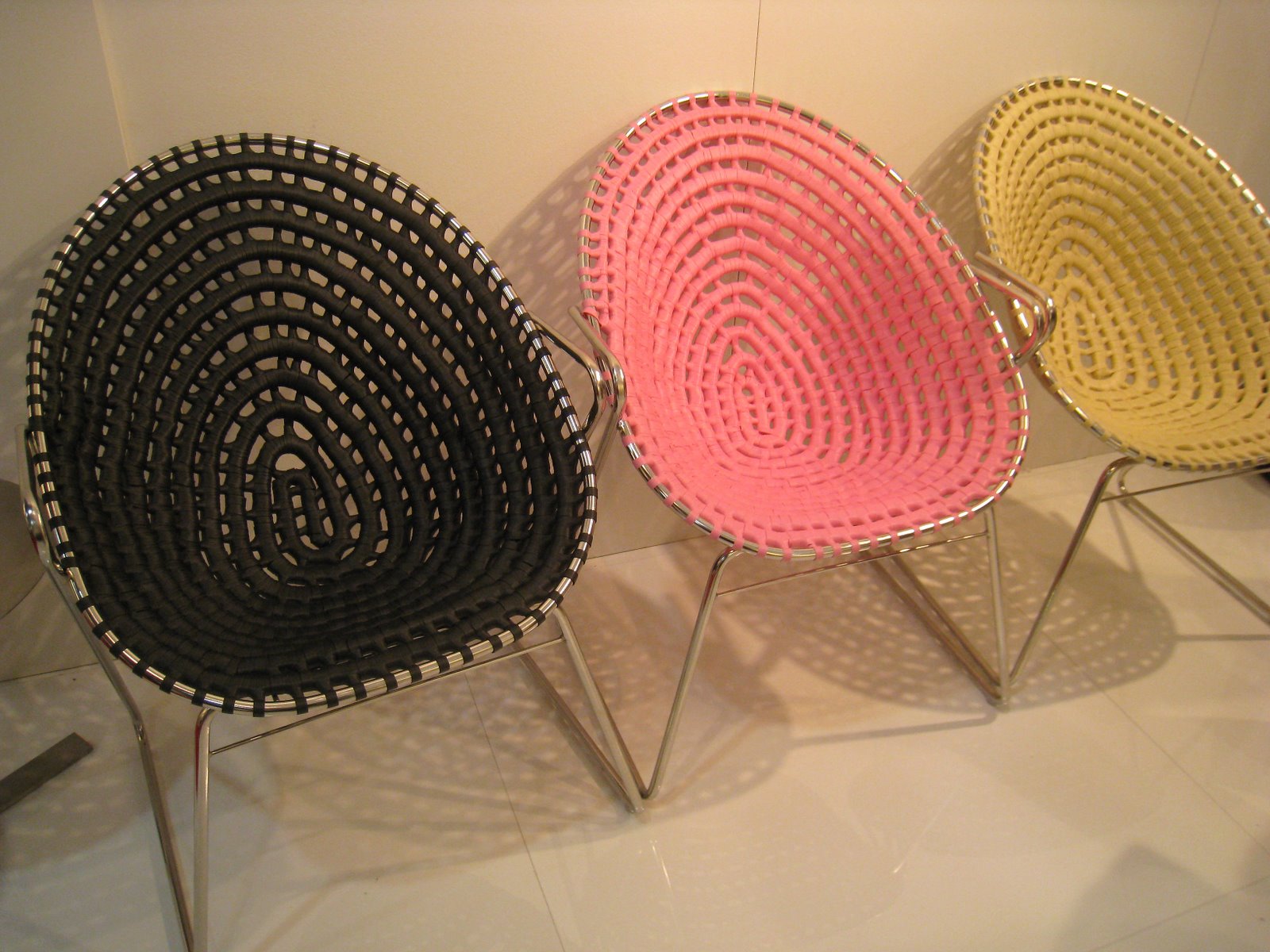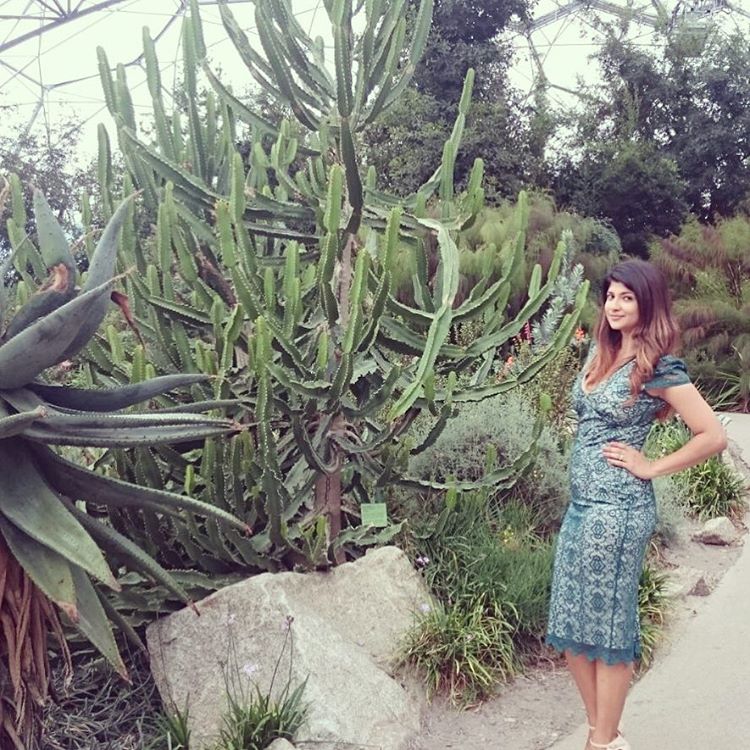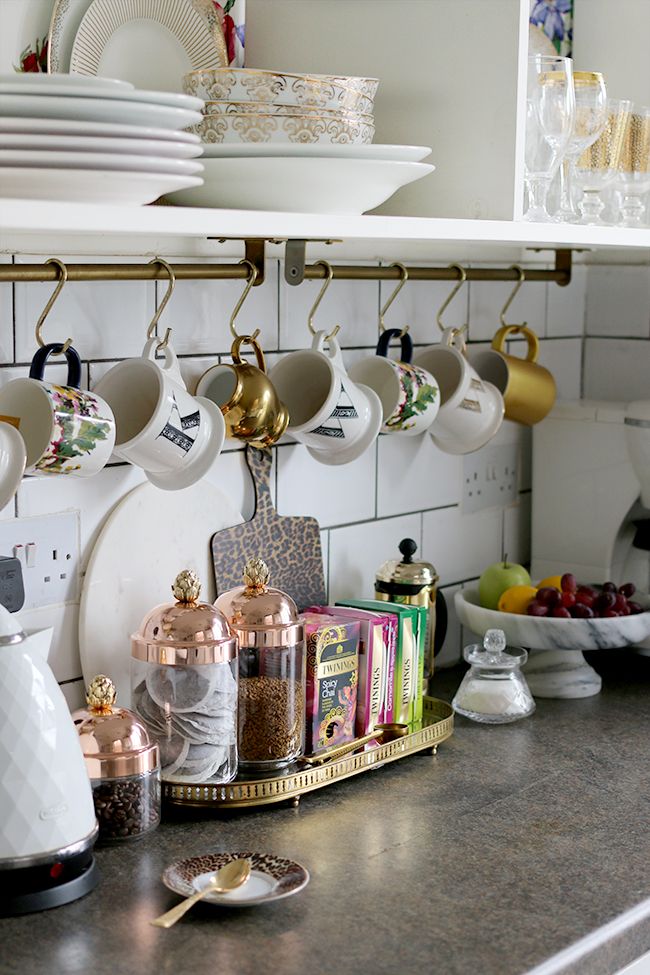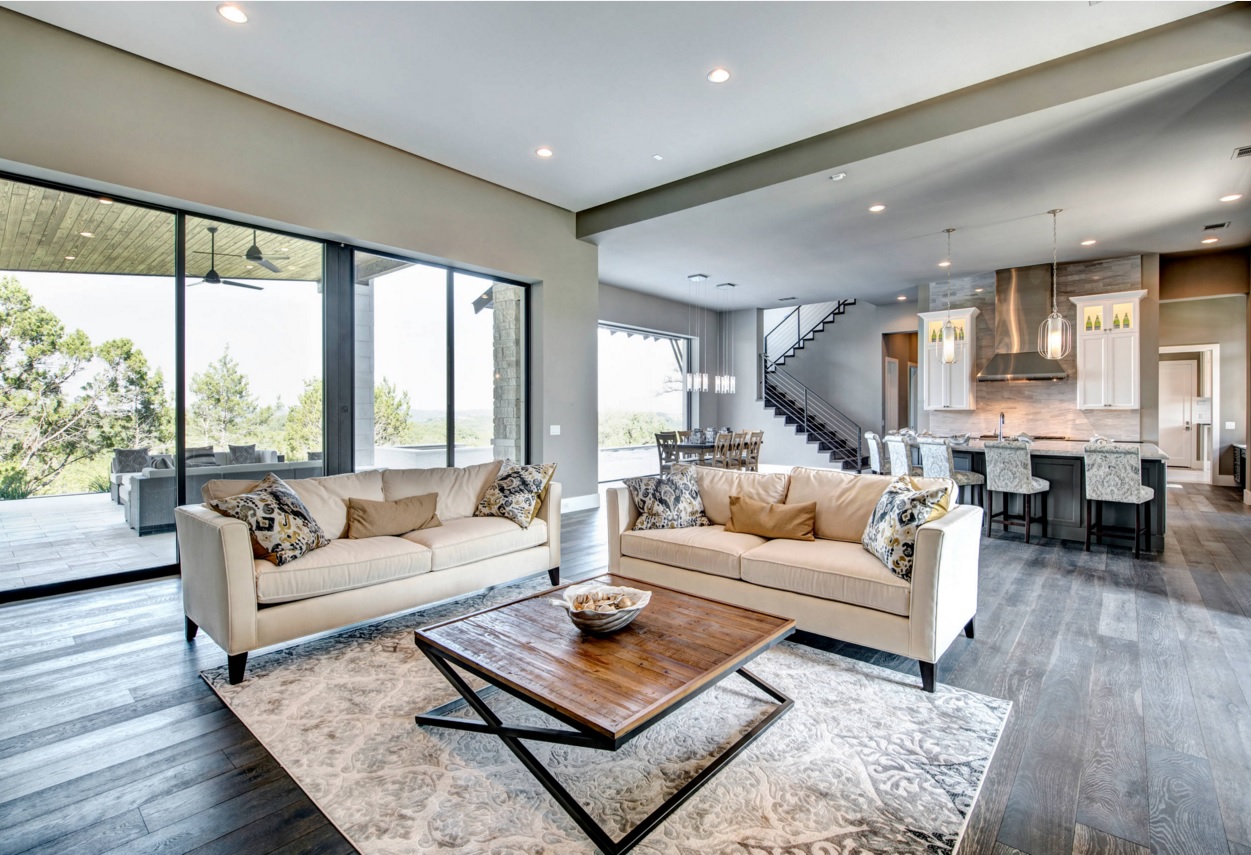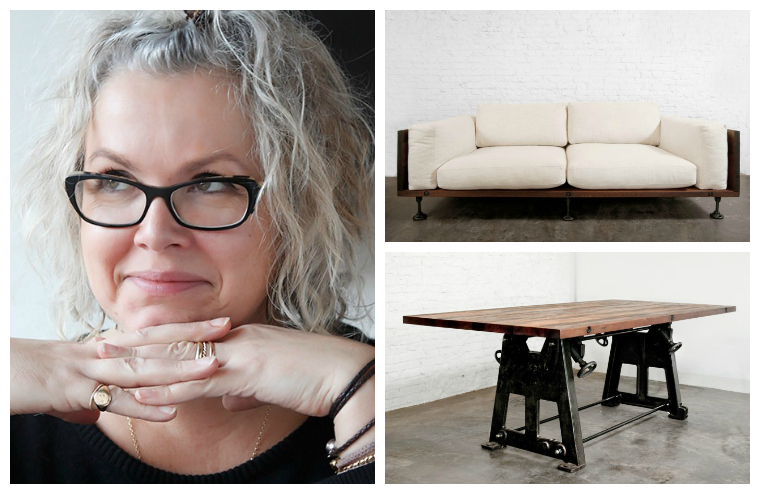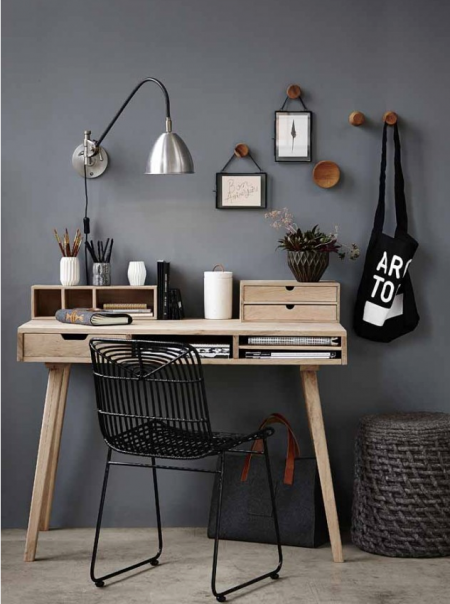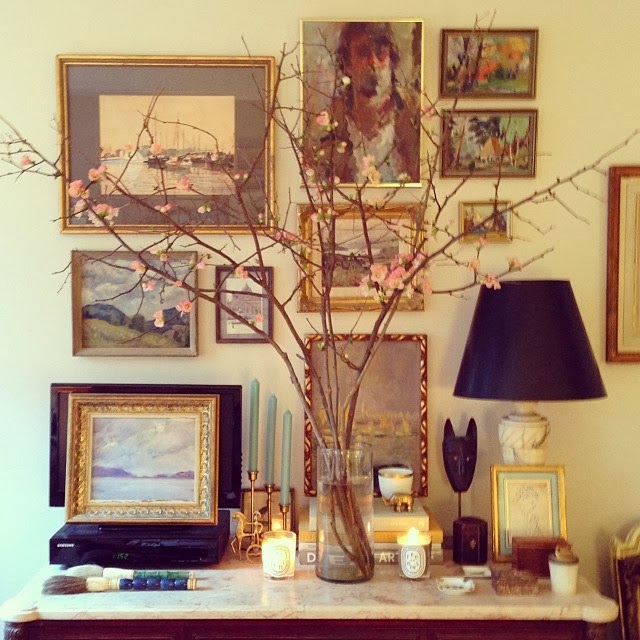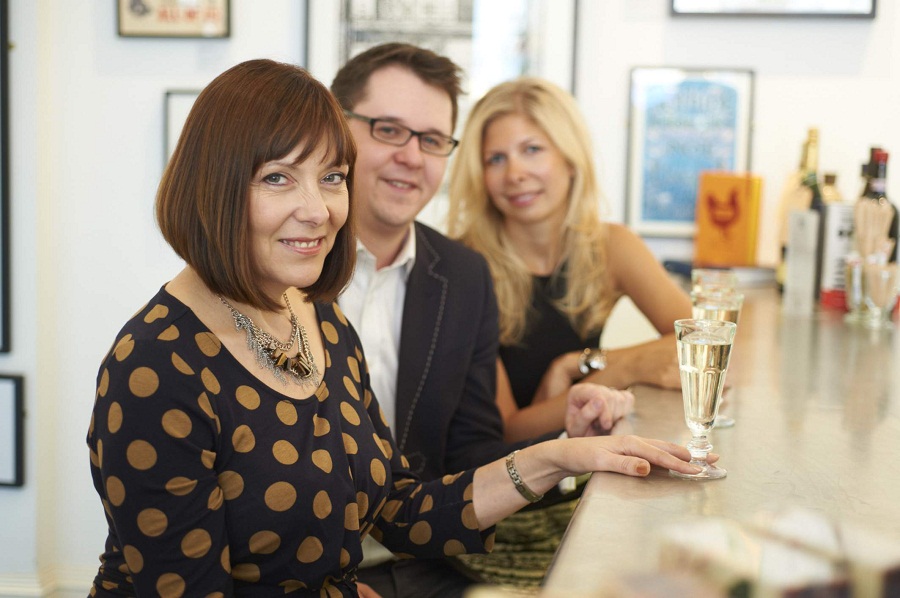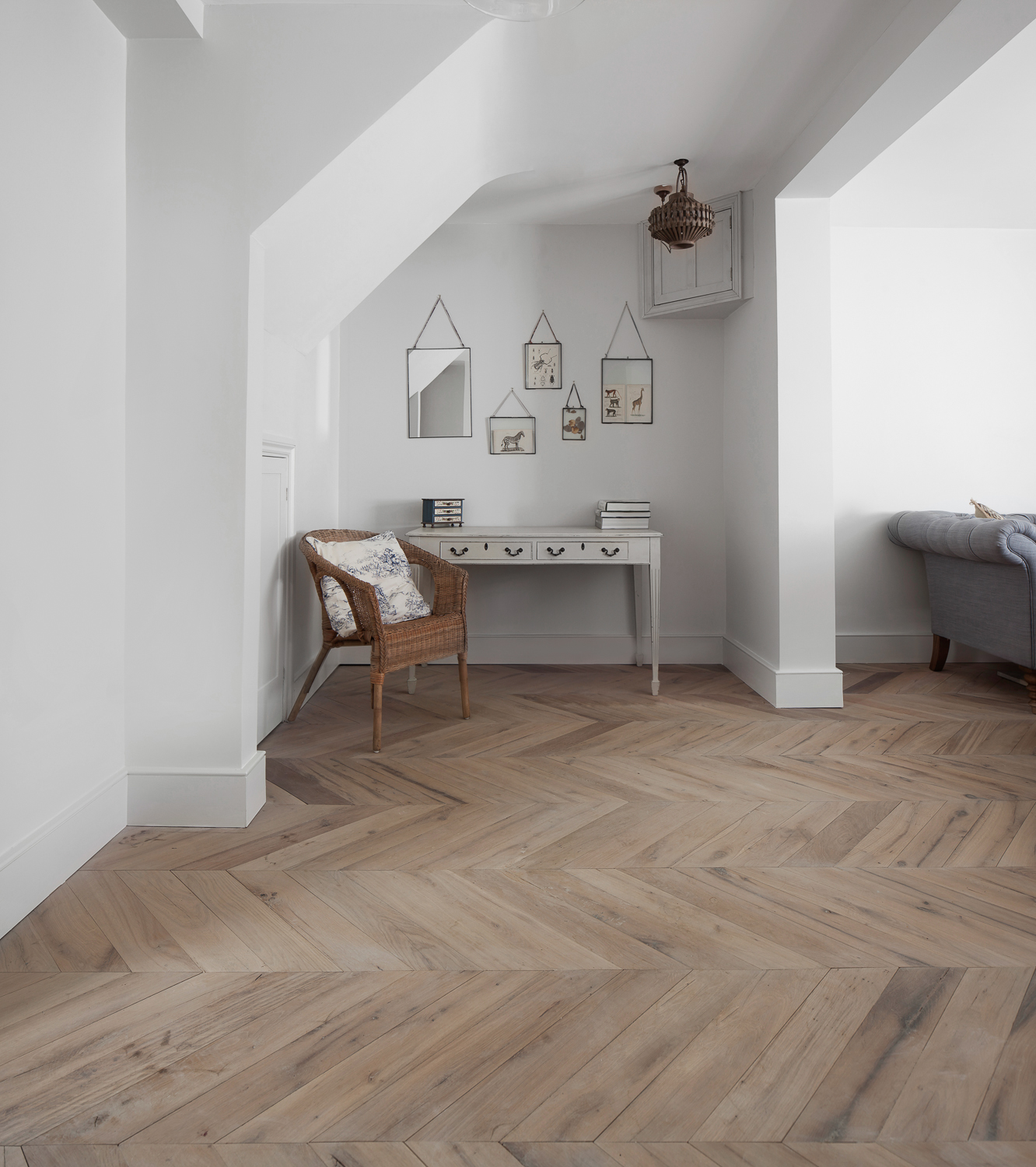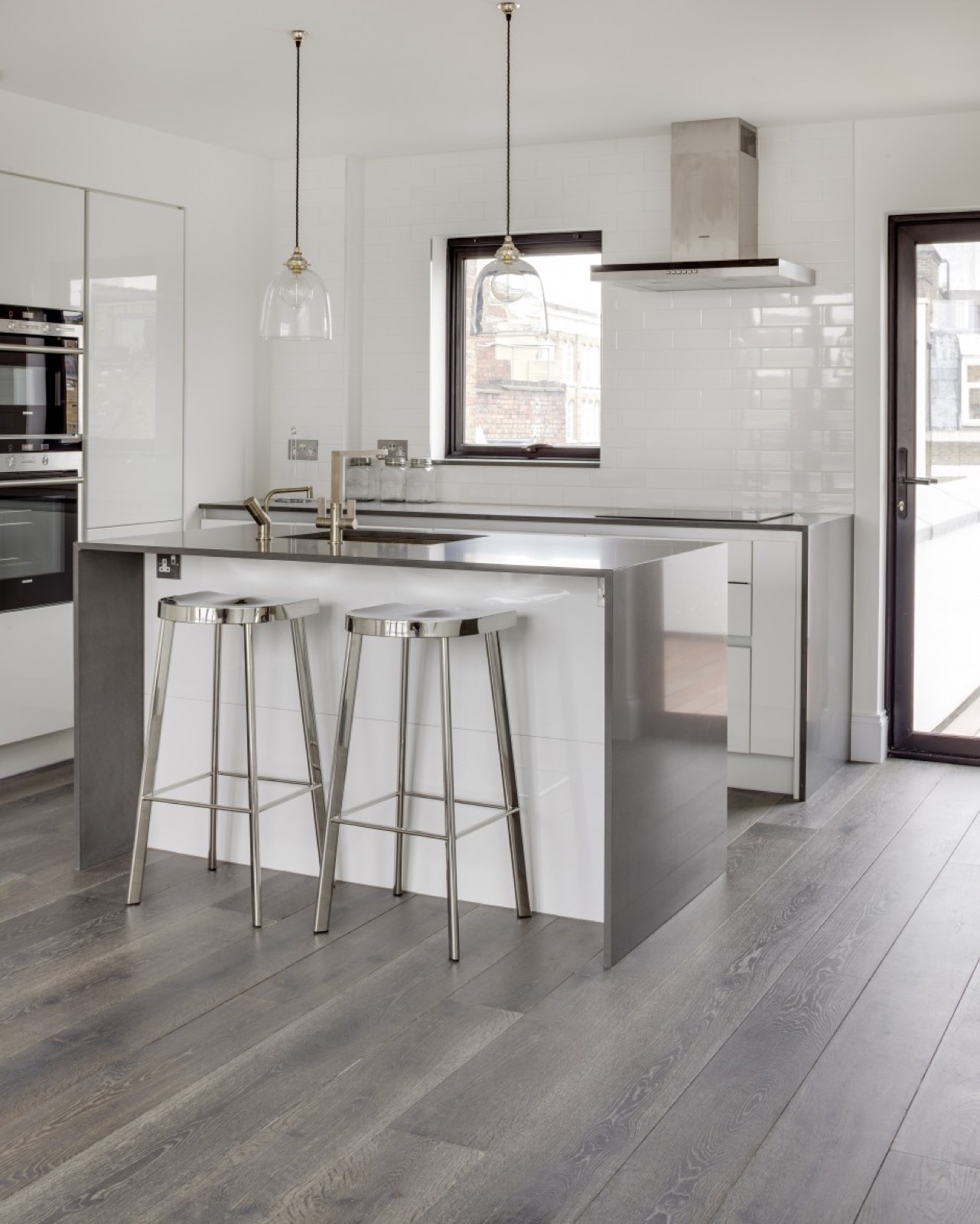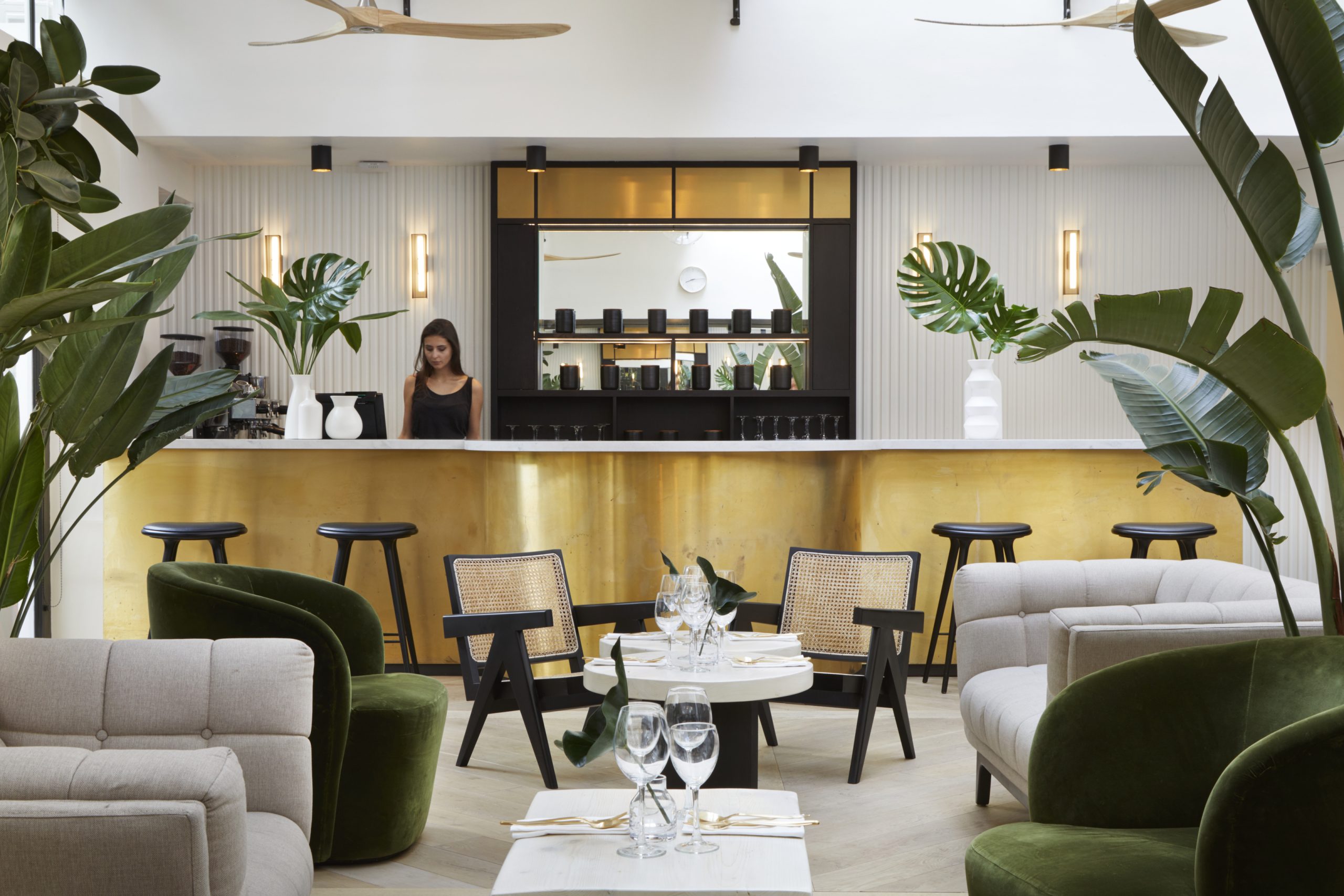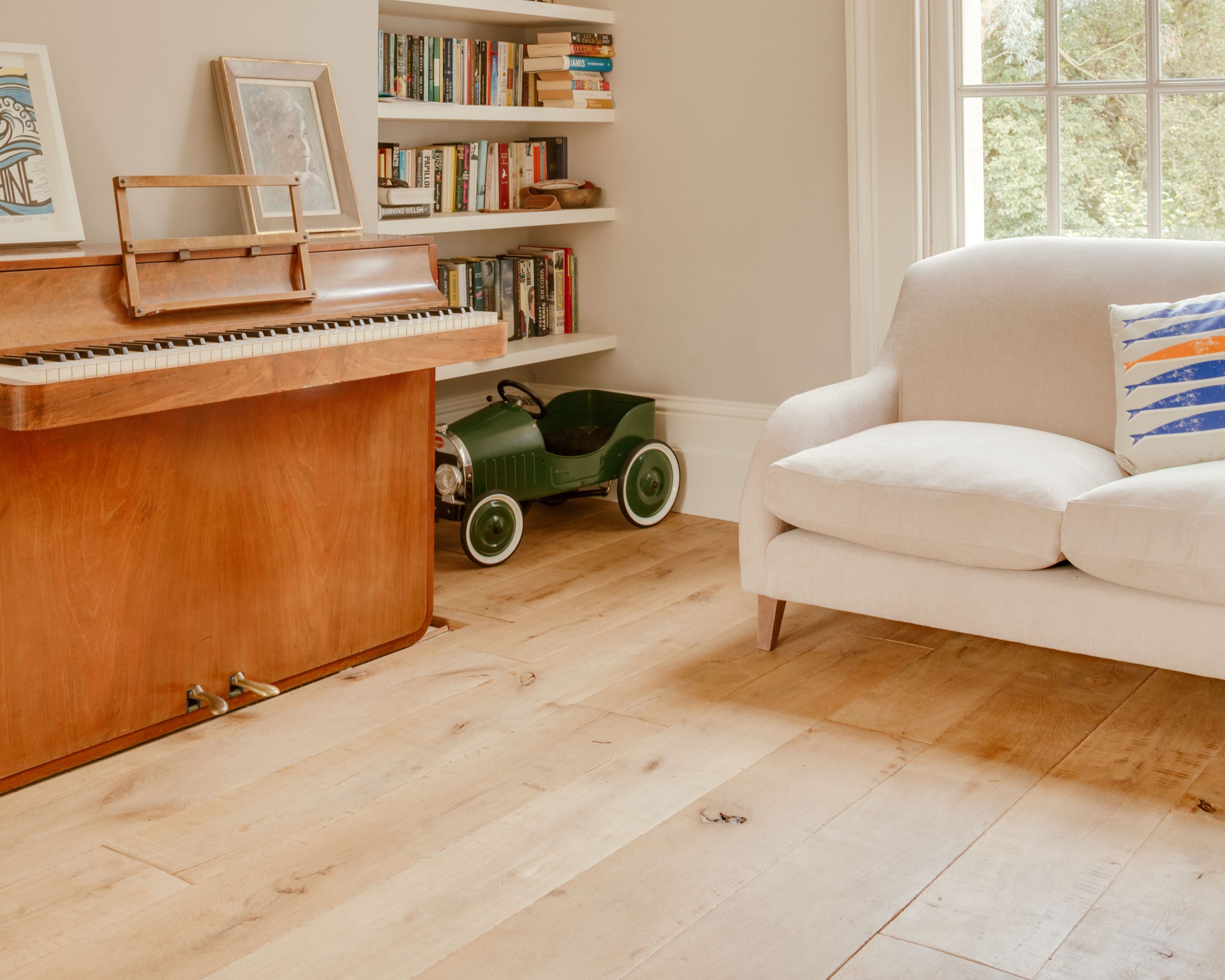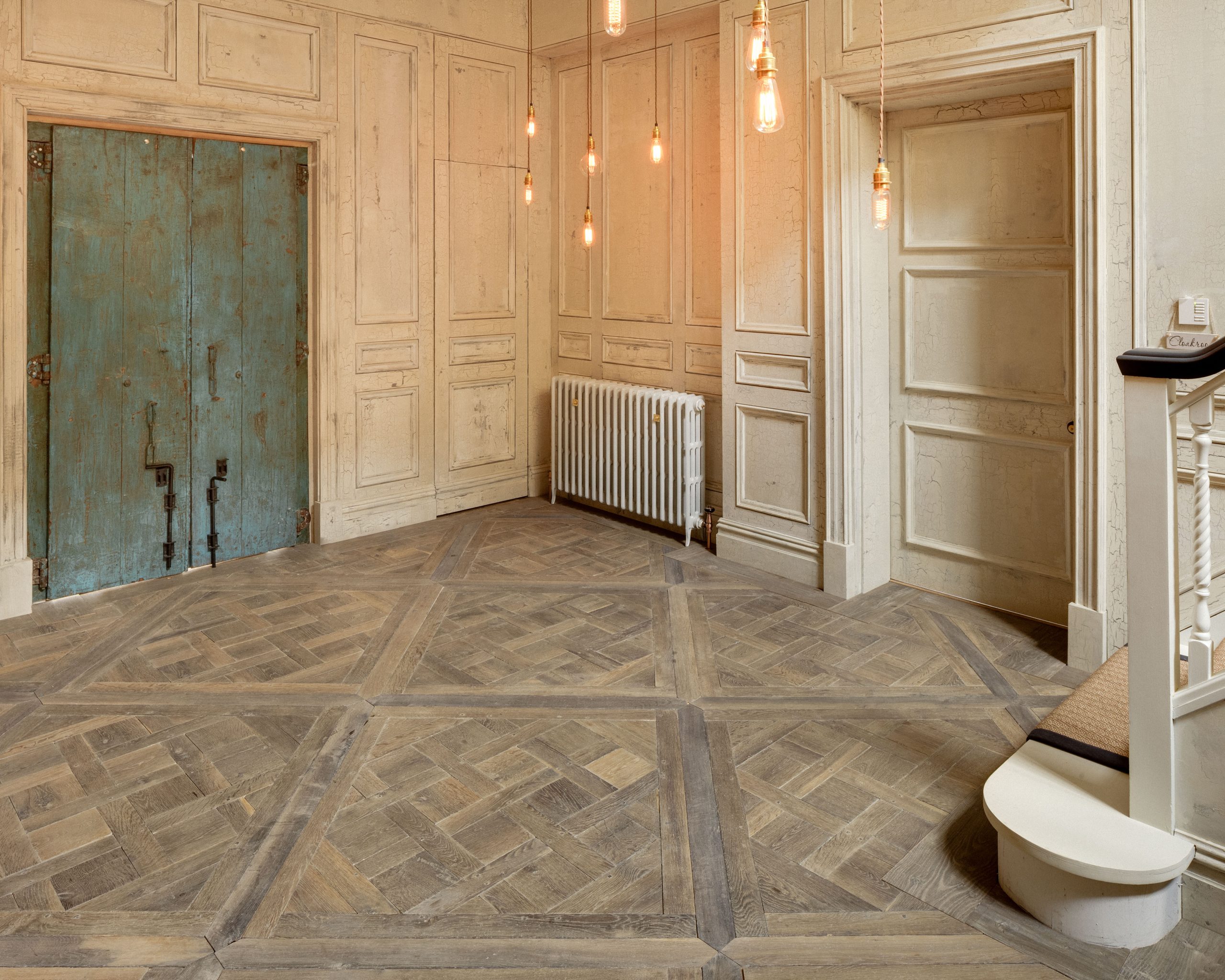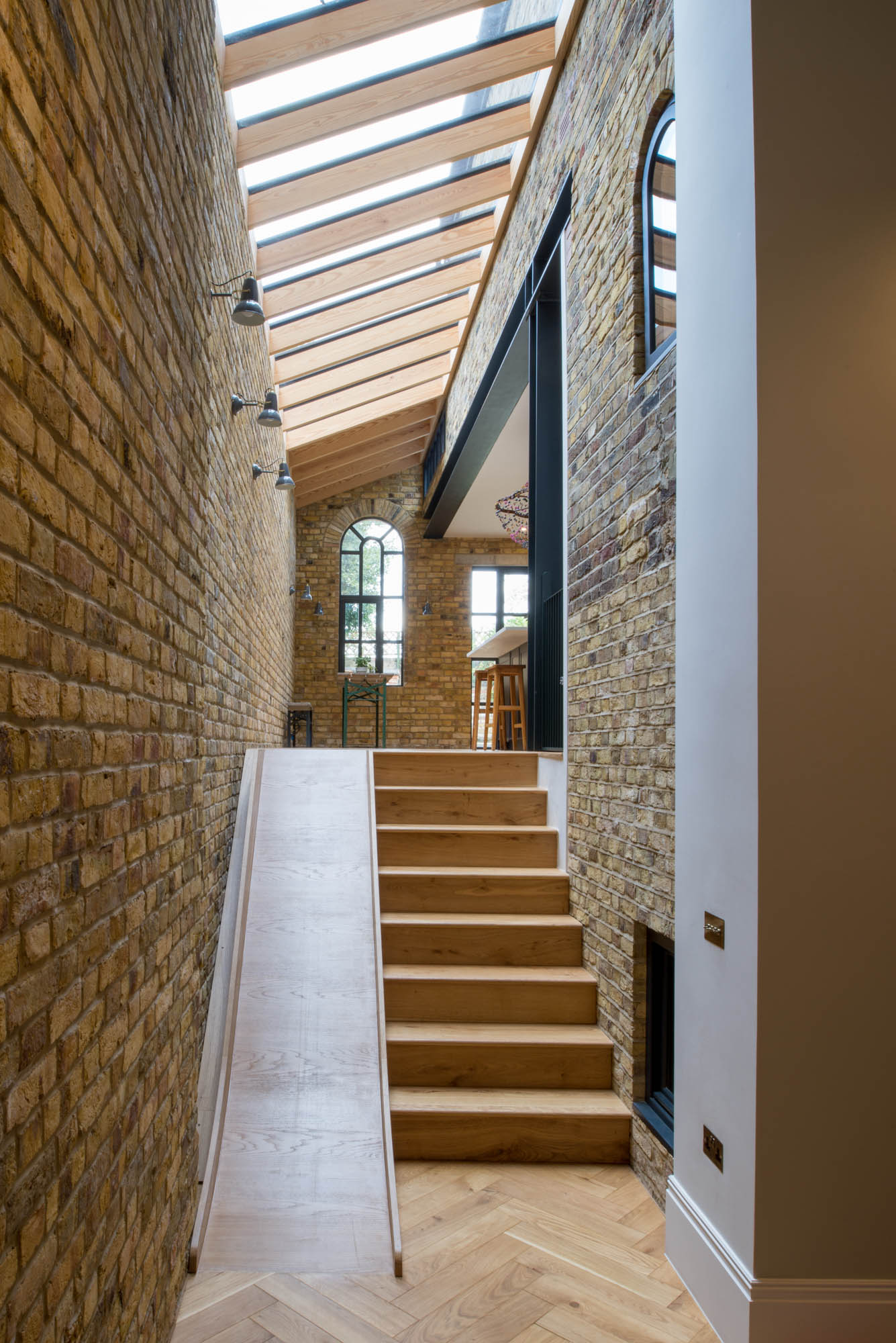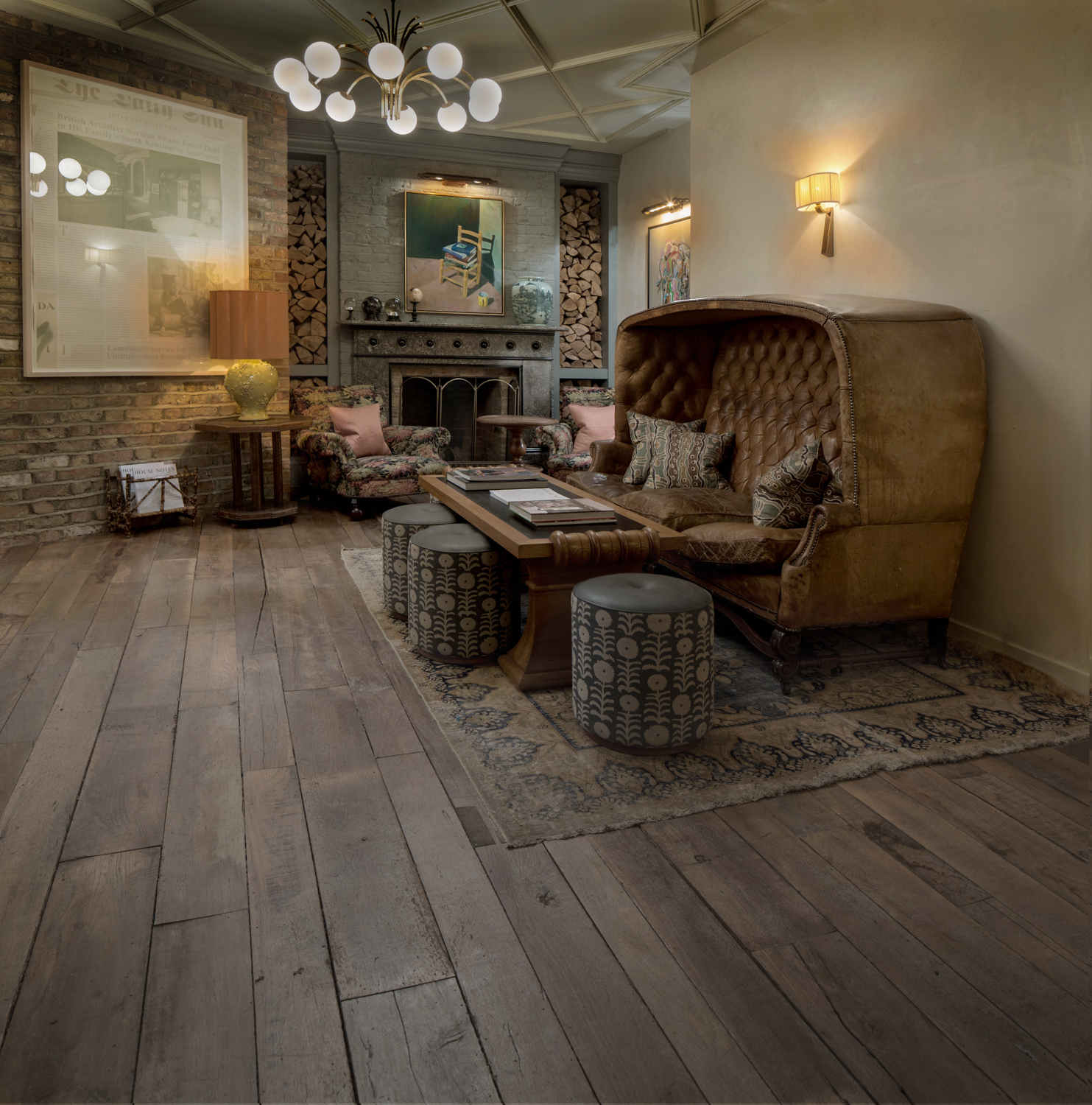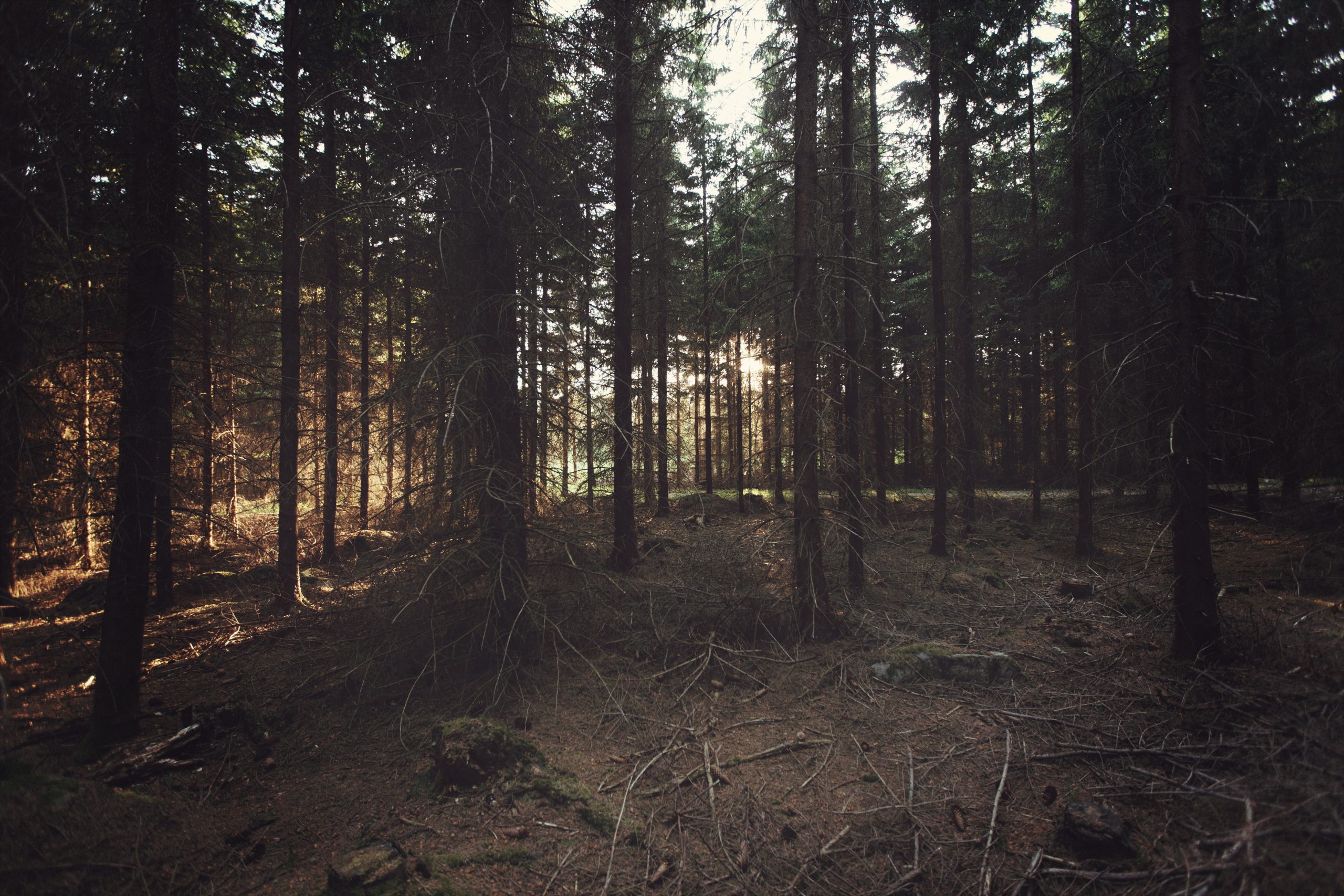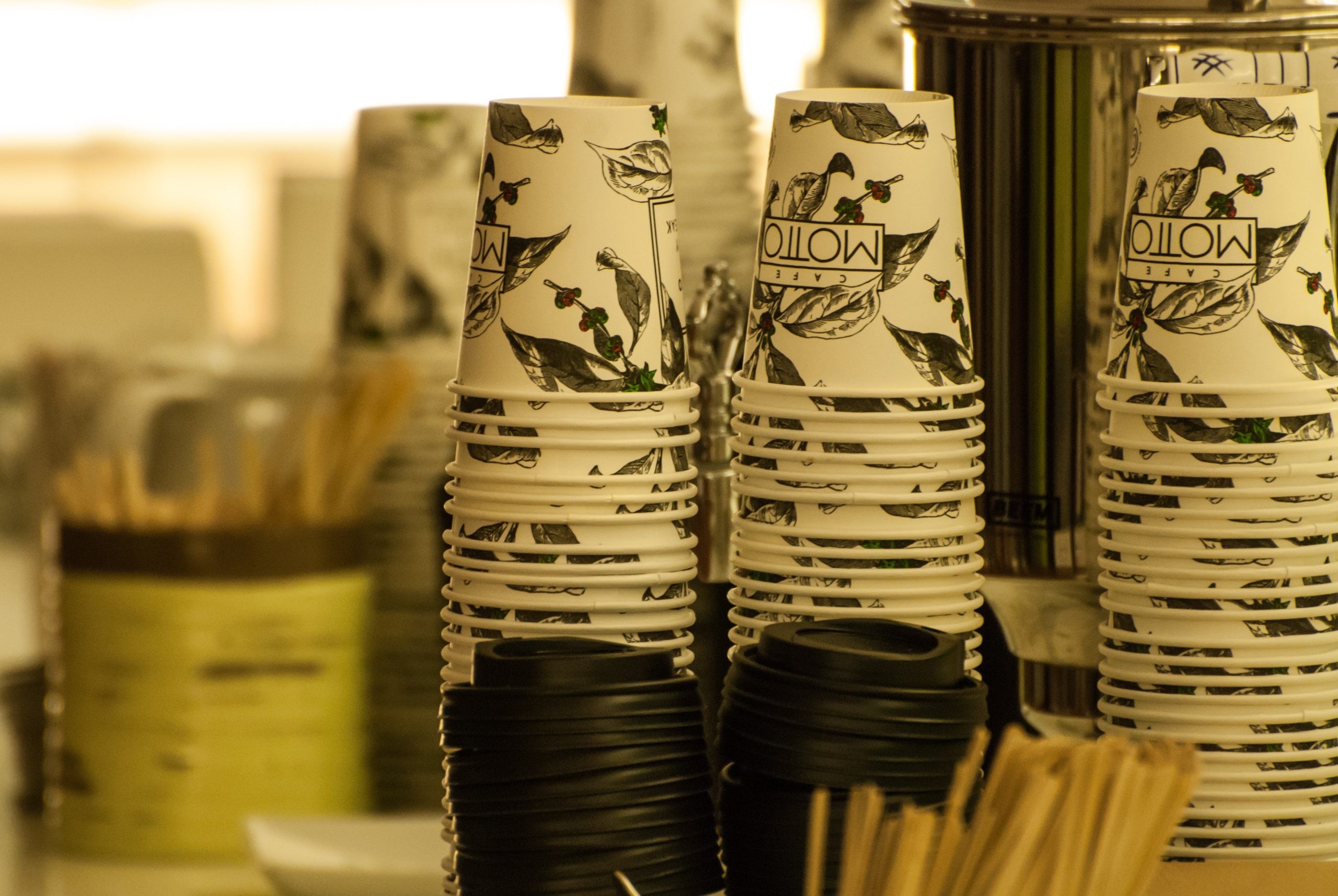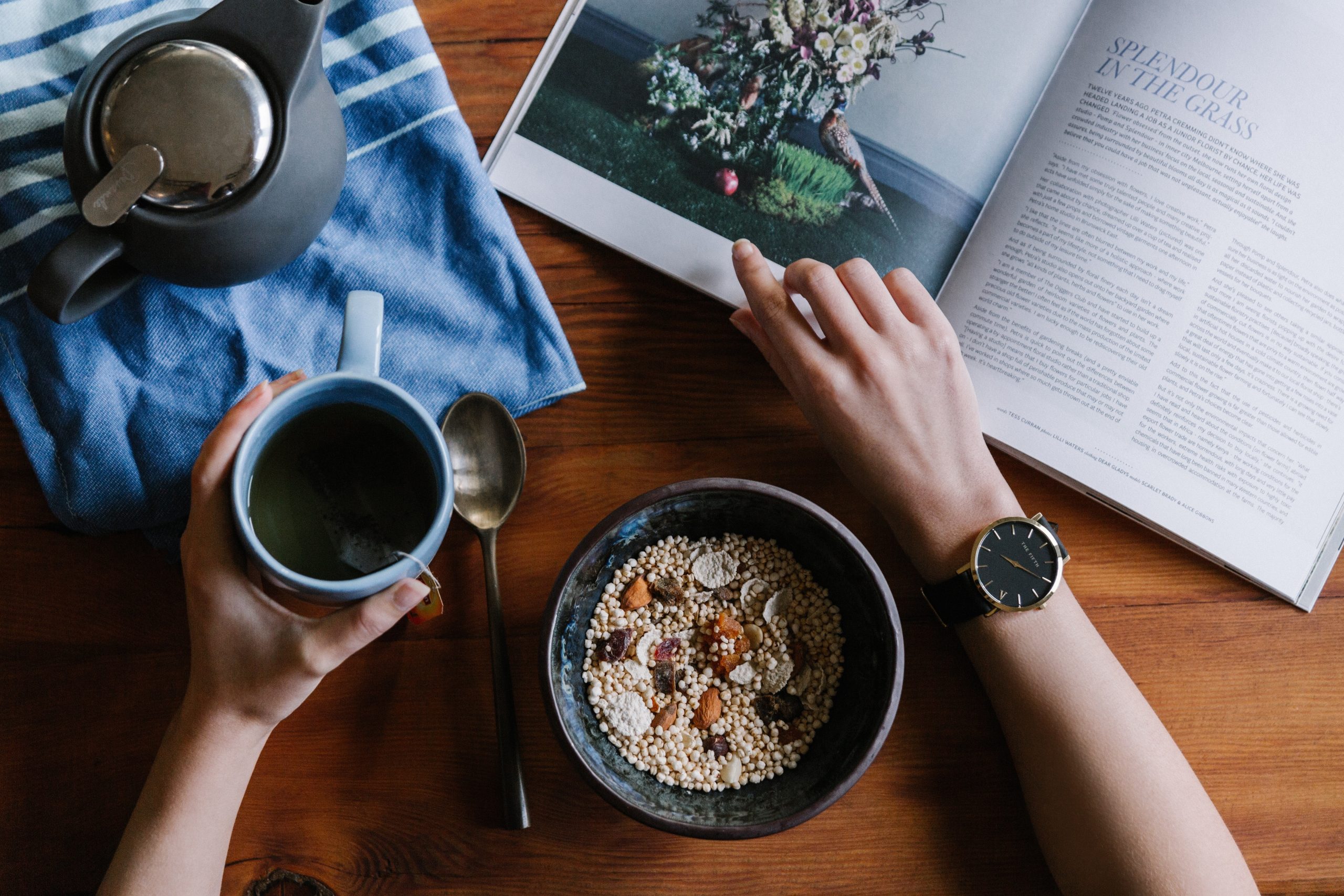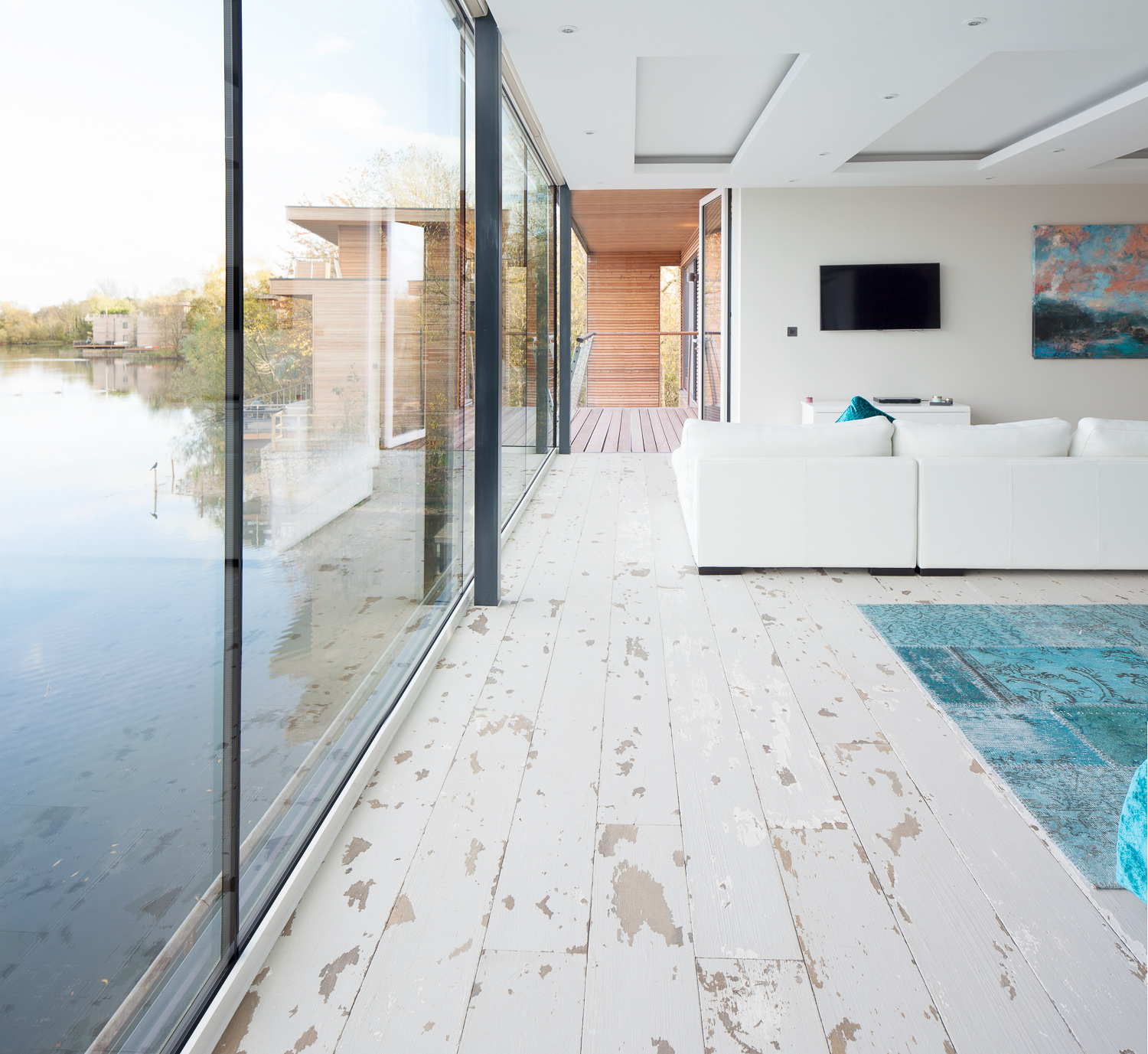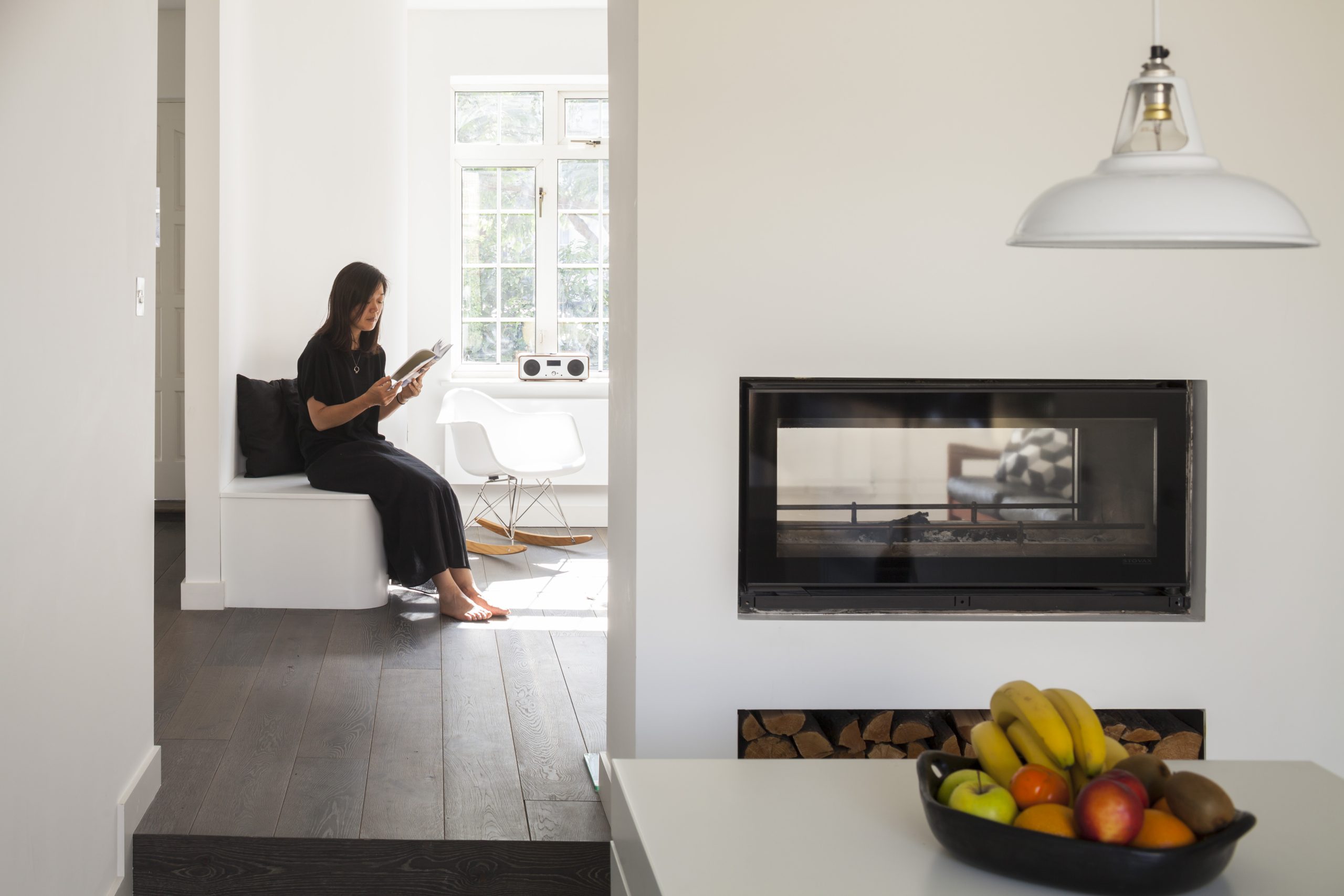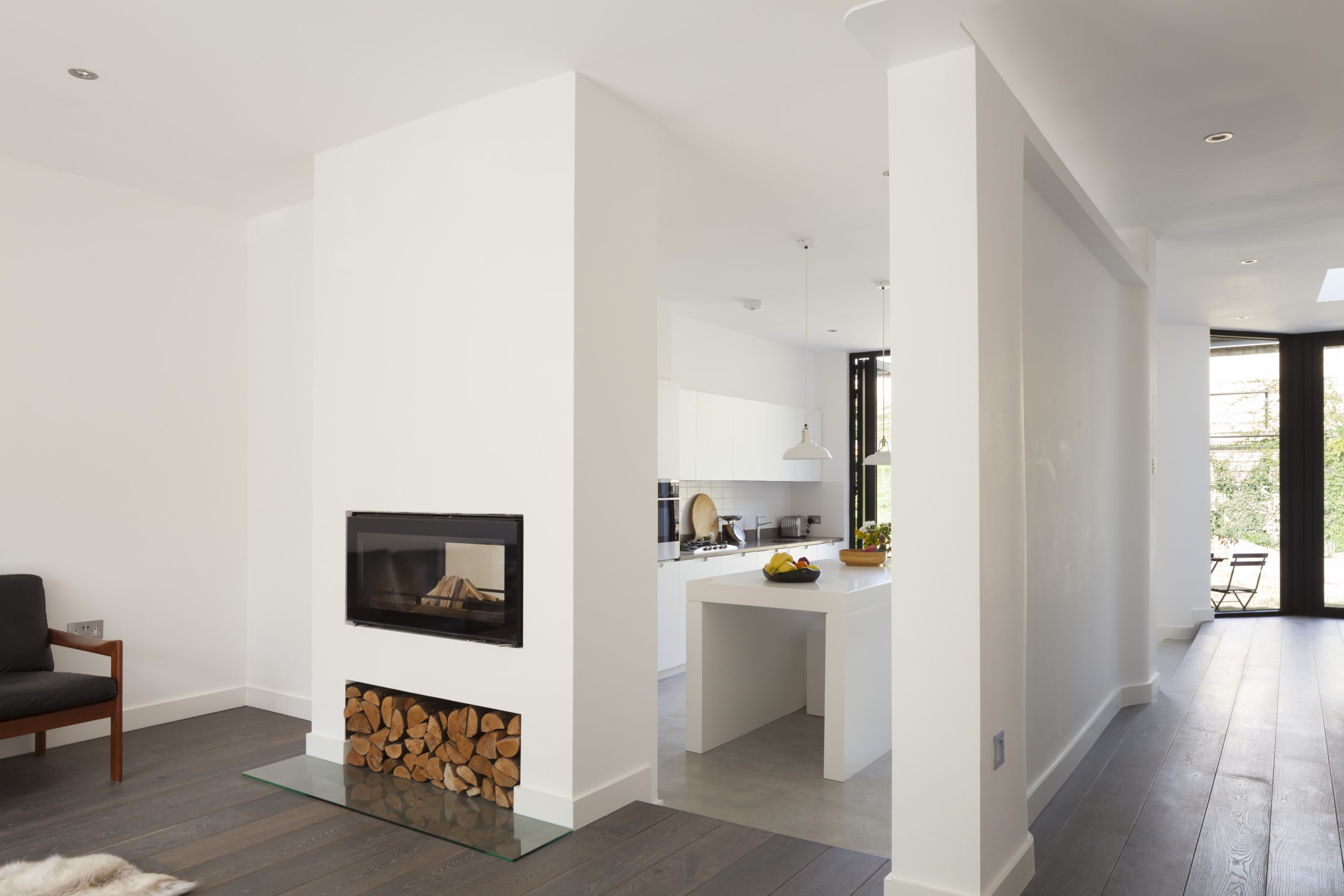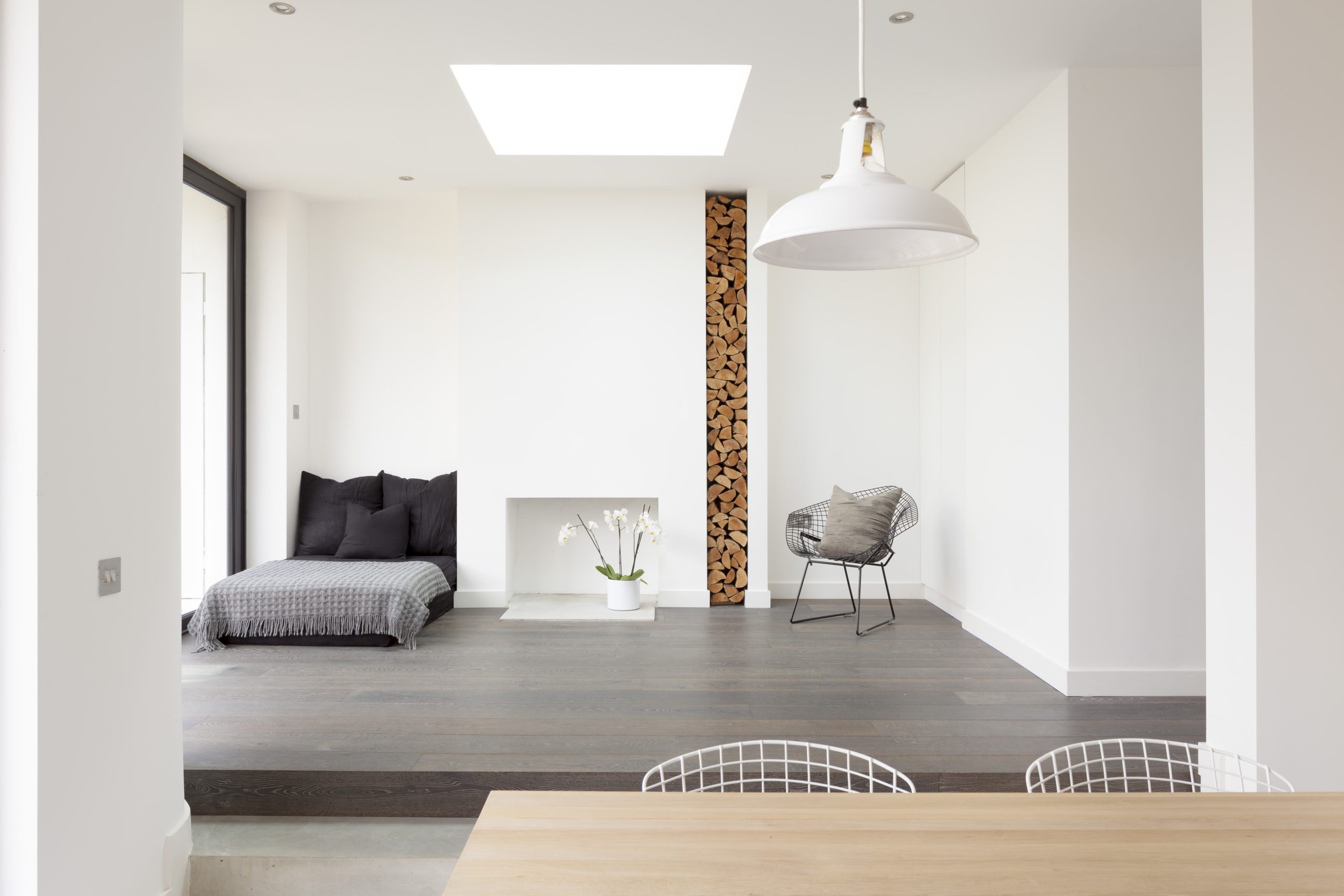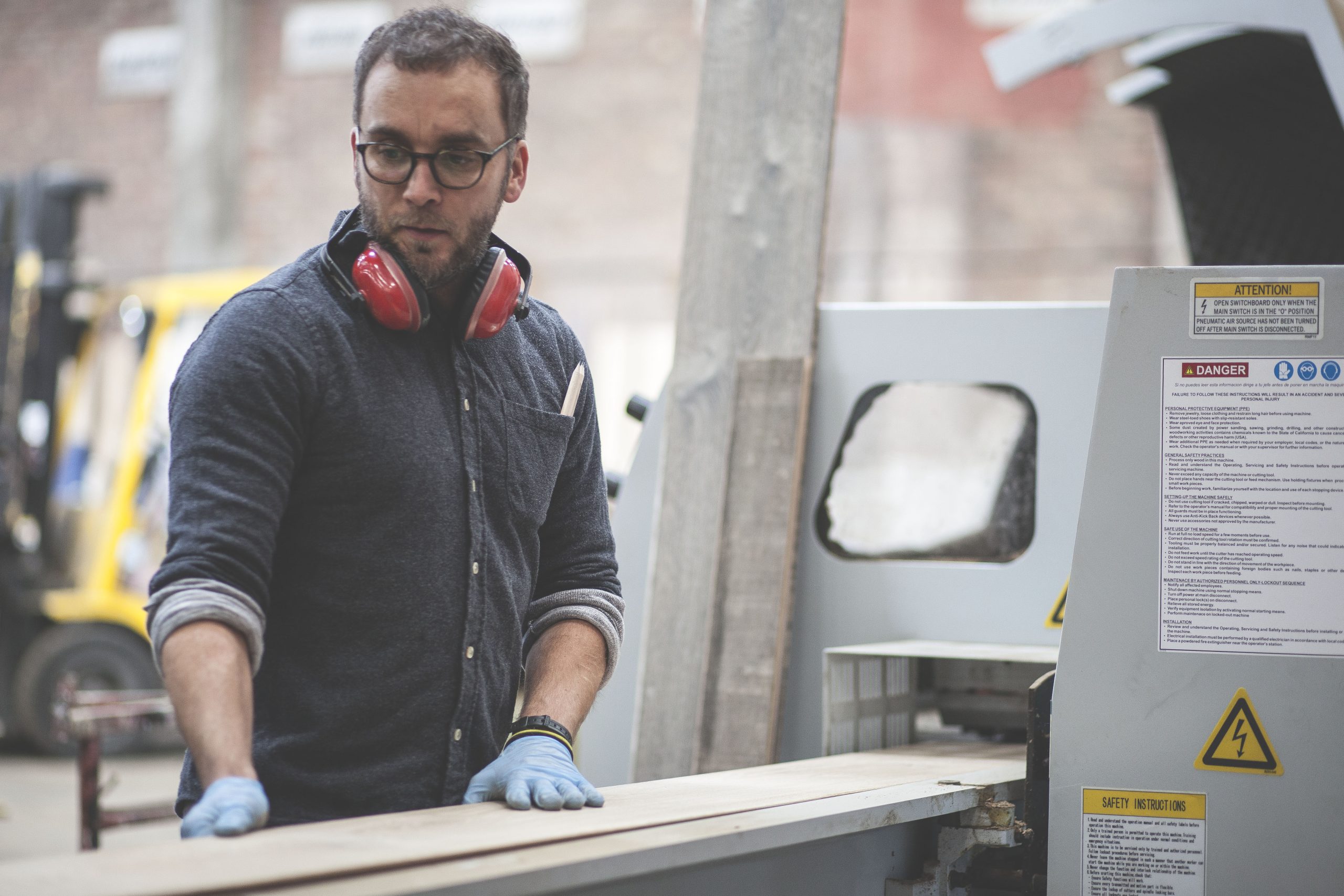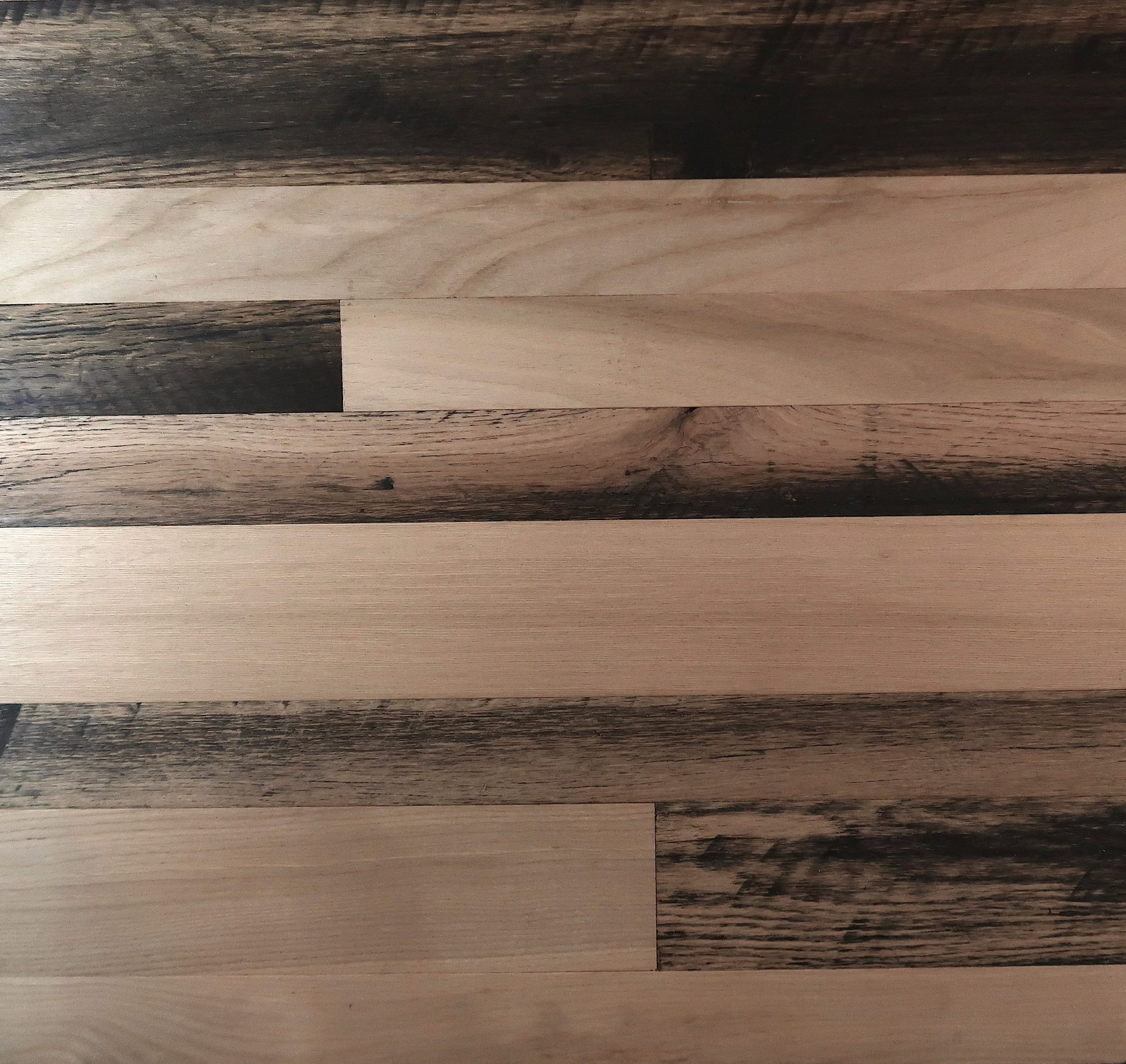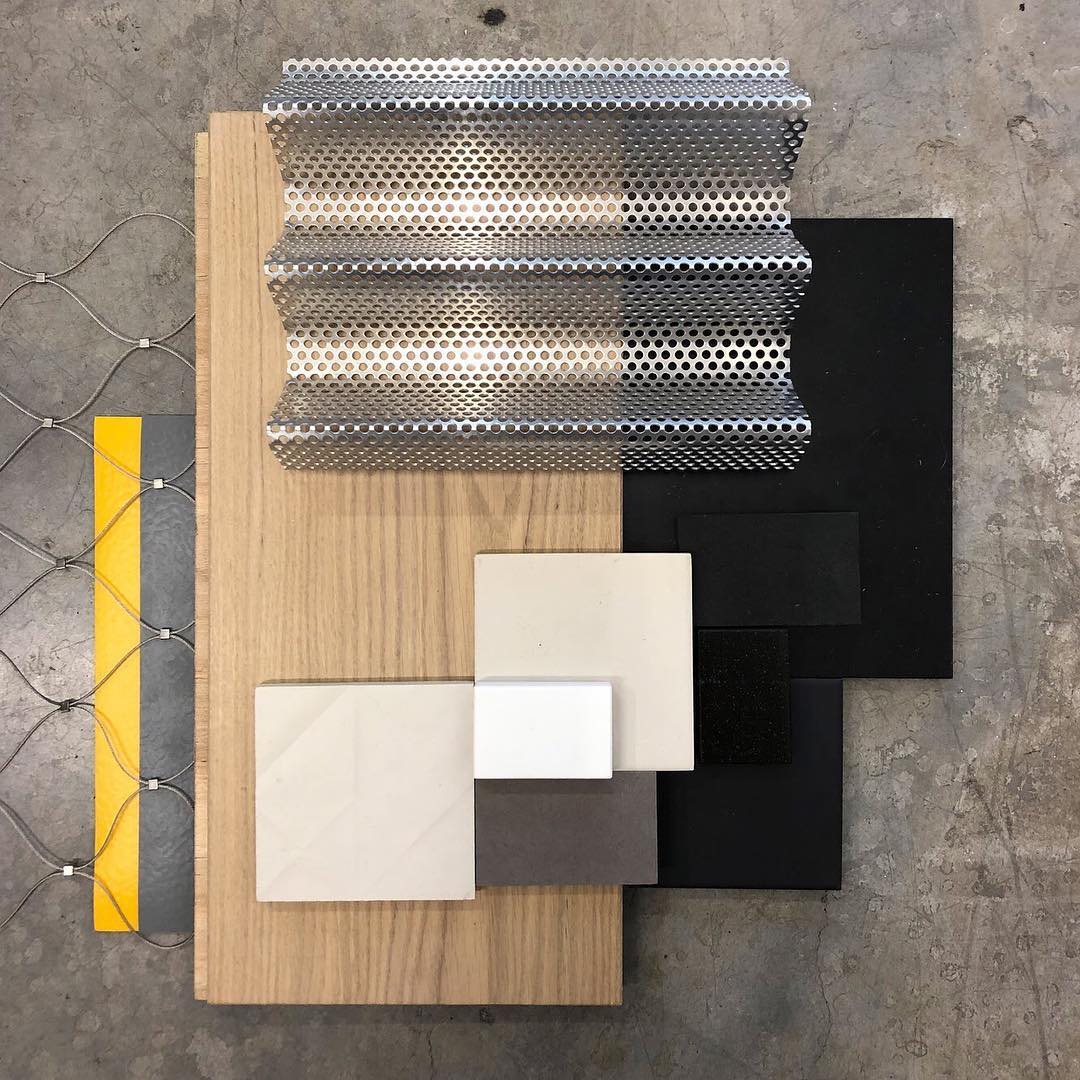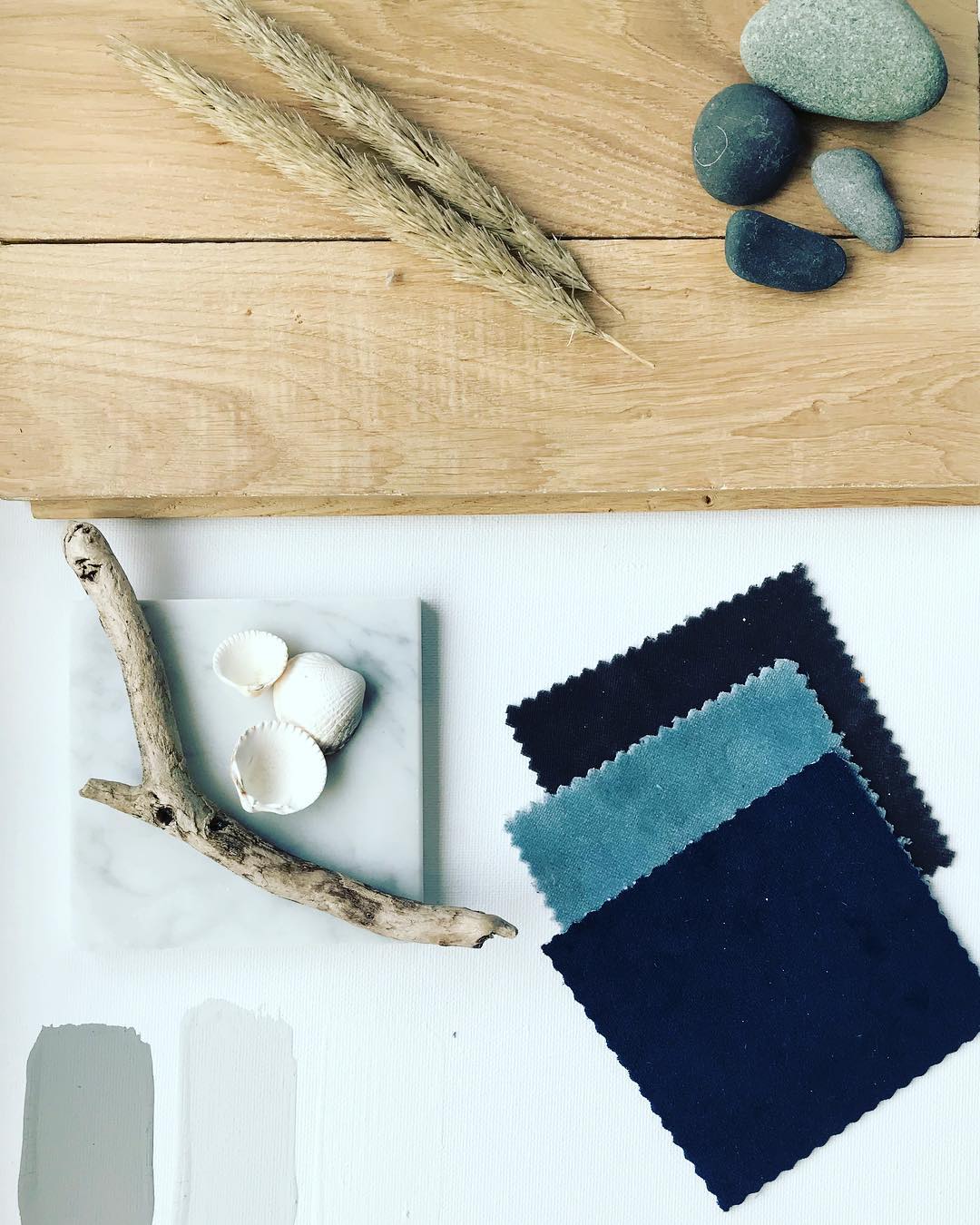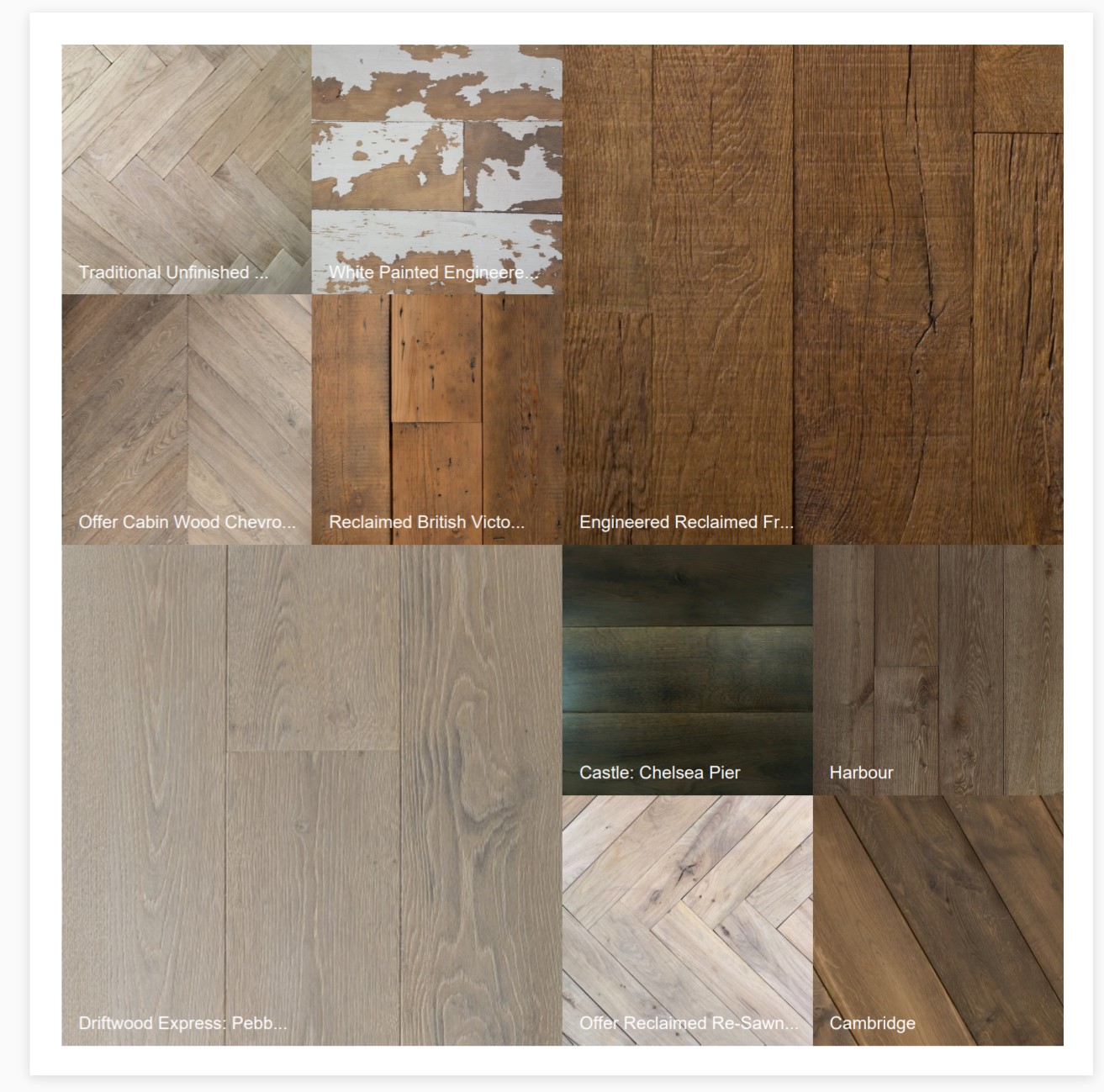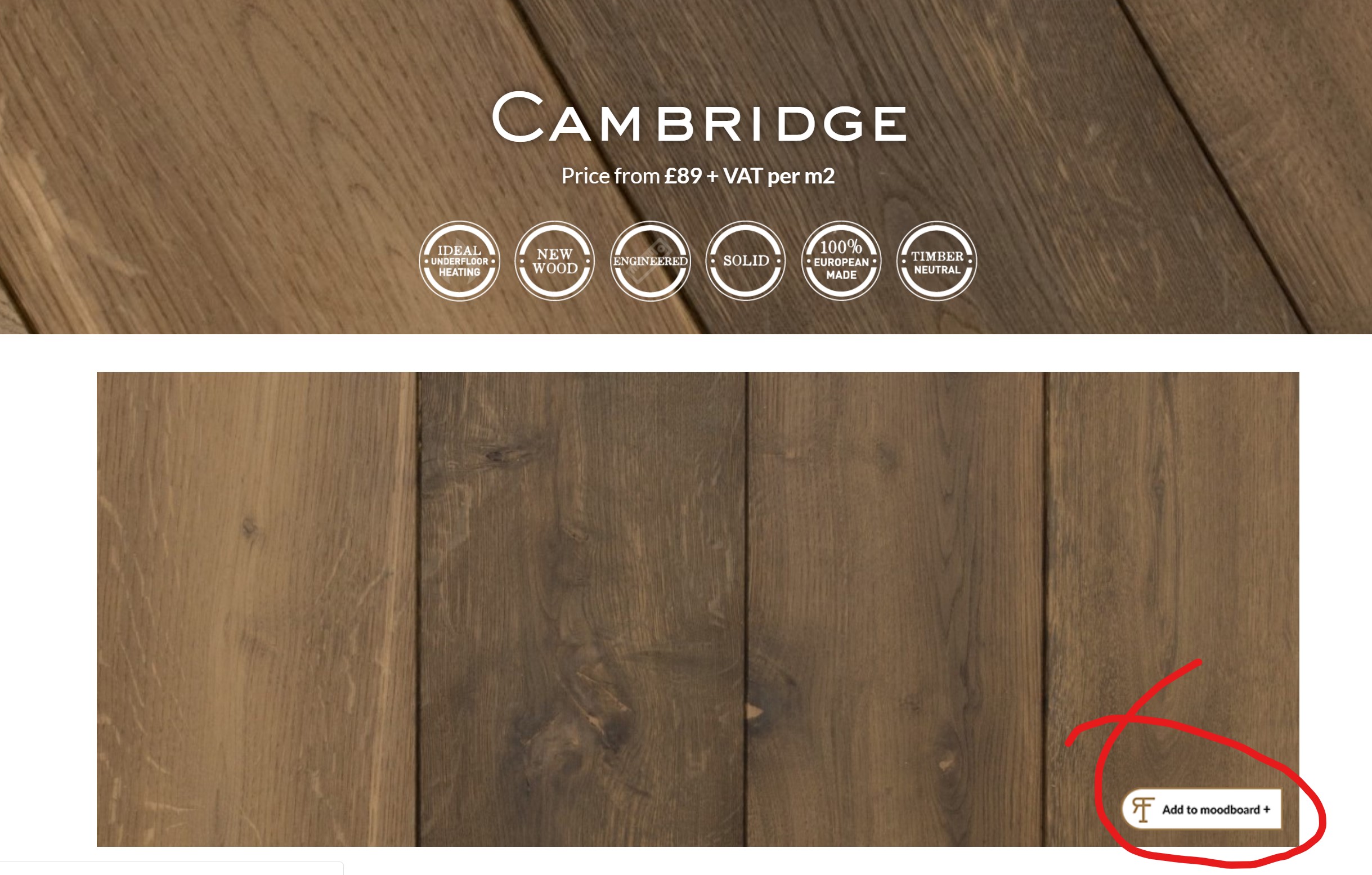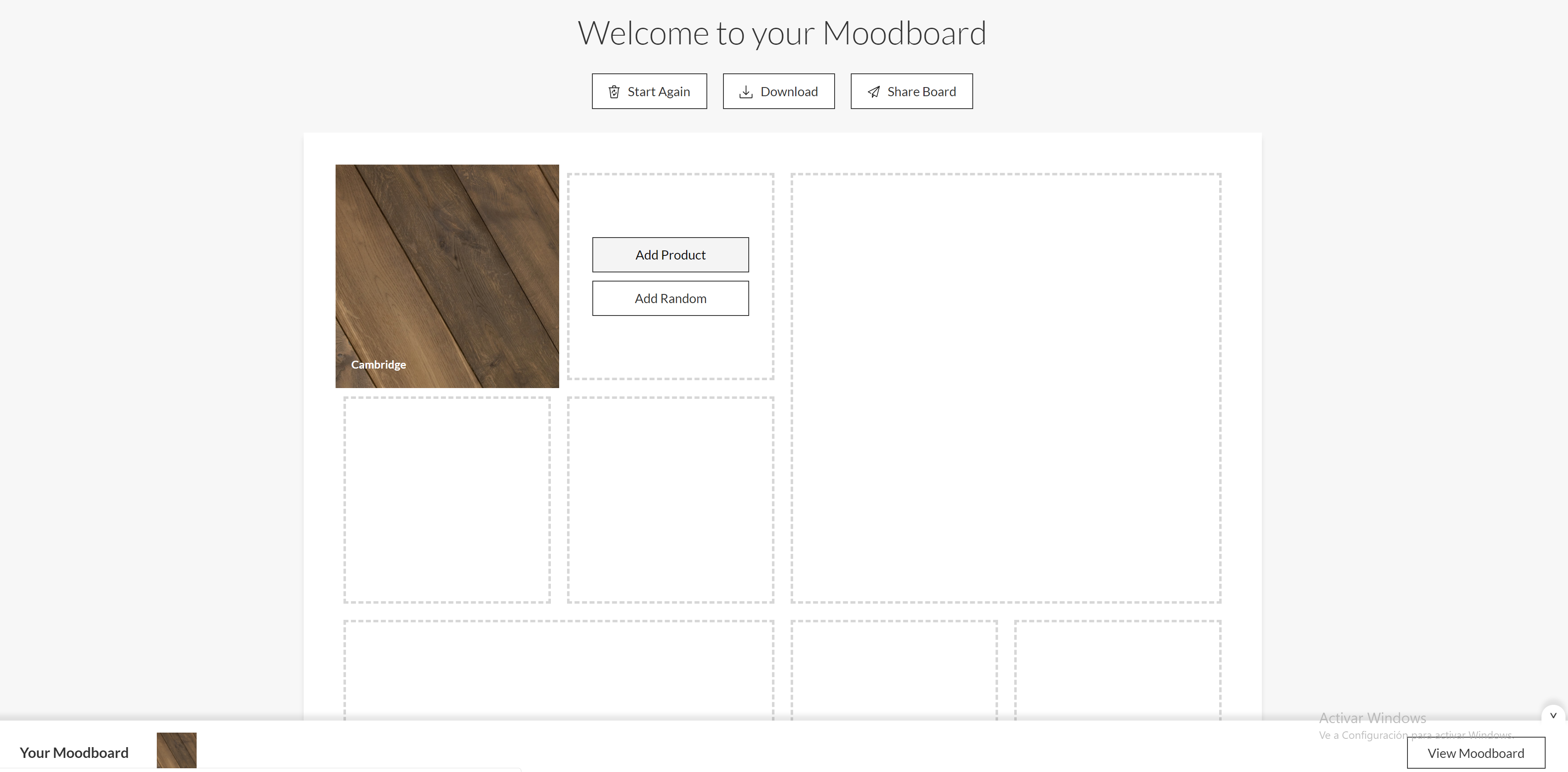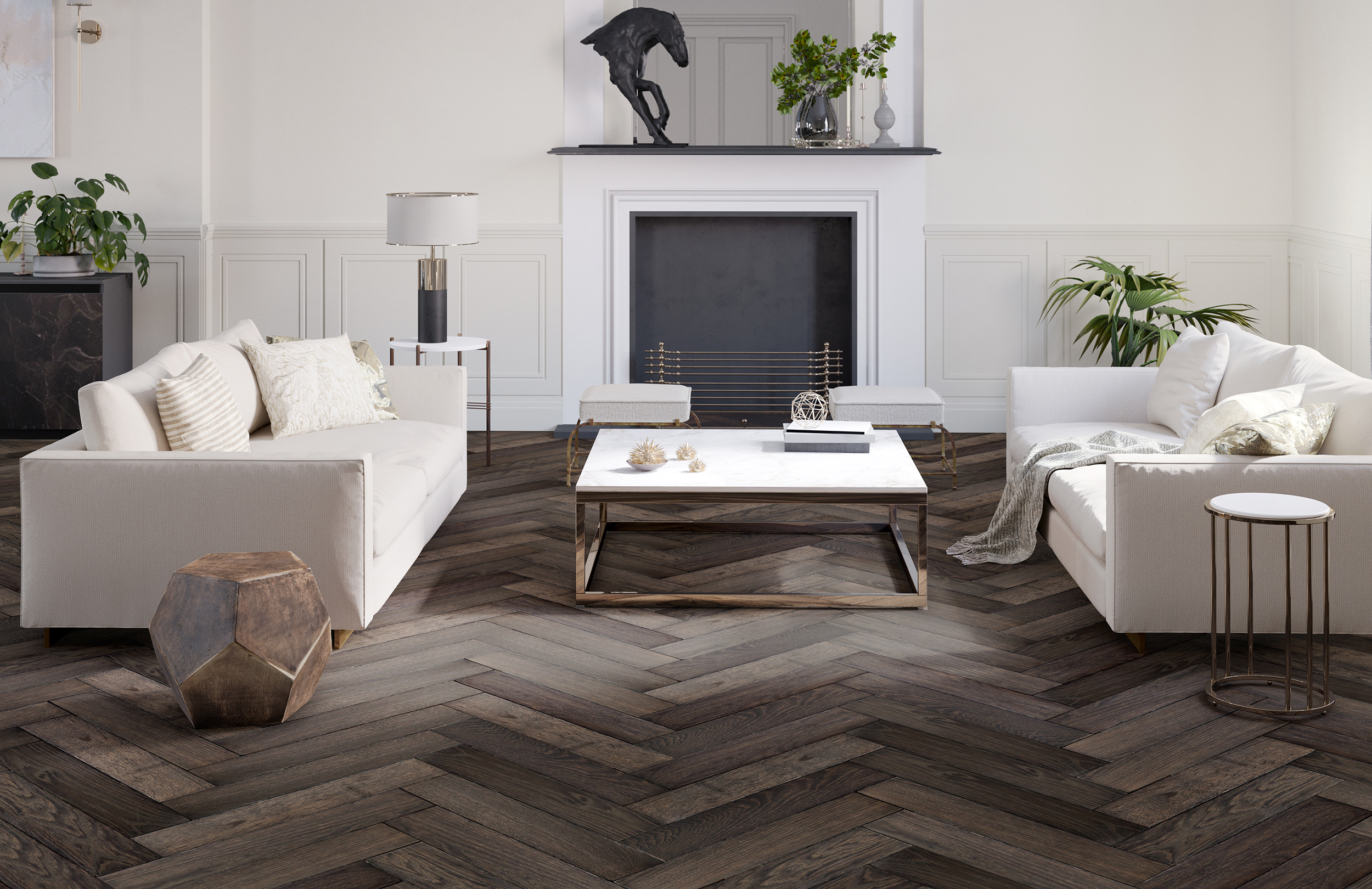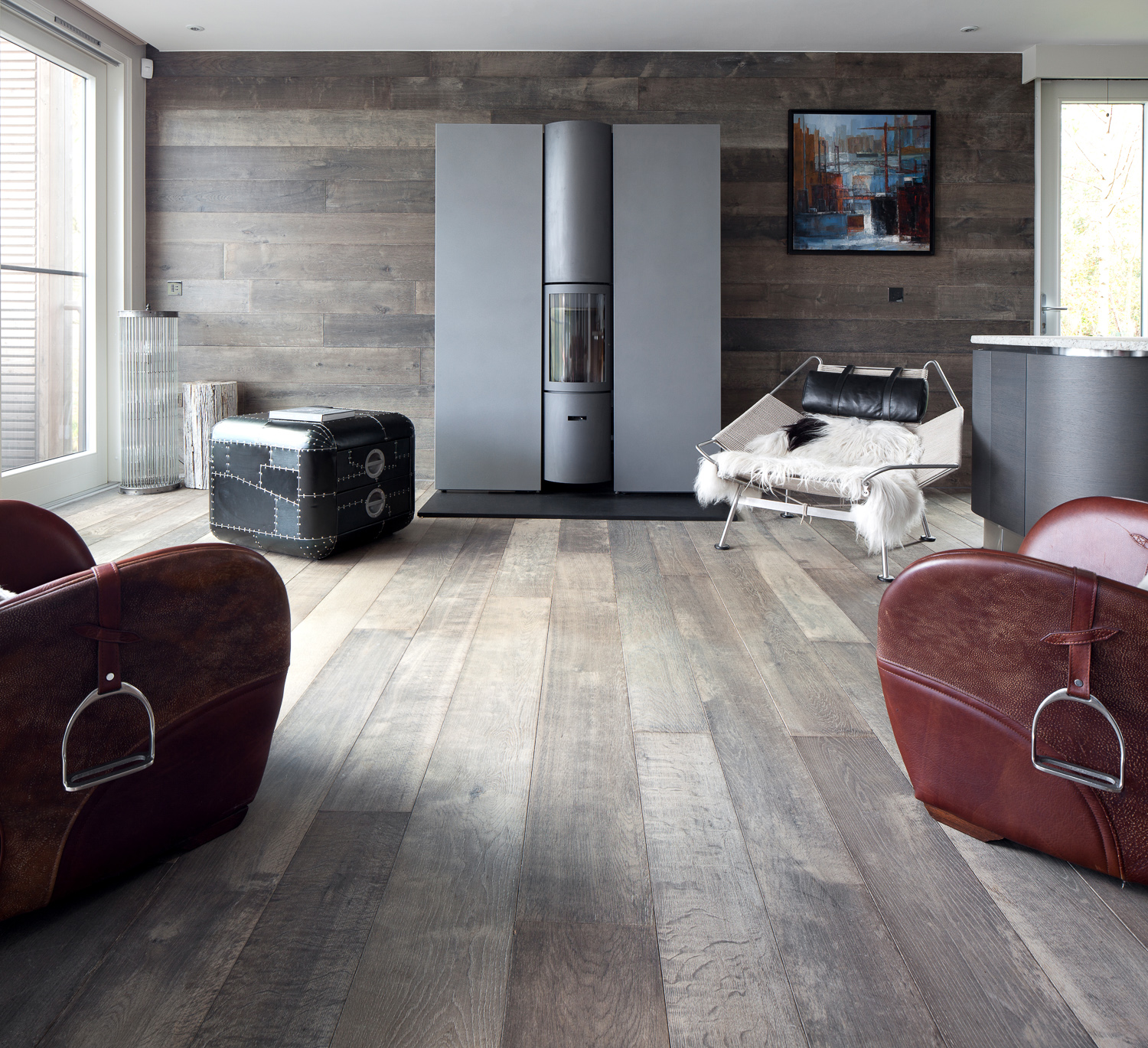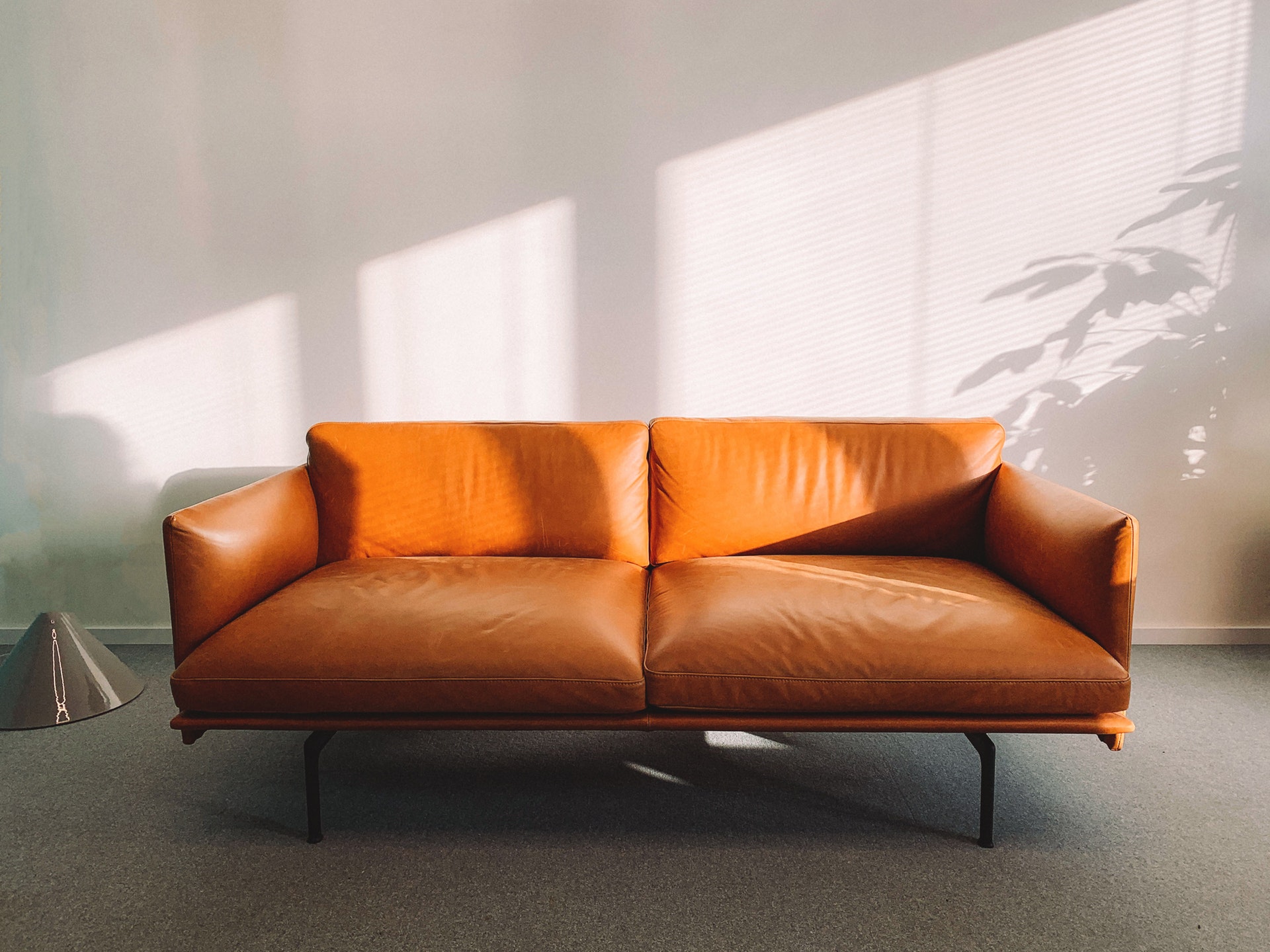
Surprisingly, according to various research studies, millennials are the largest group of home buyers…
However, their shopping habits are far different from those of yesteryear.
Research indicates that the millennial generation spends a great deal of their income on technology, fashion as well as dining out compared to older generations, while only 4.5% goes towards furniture.
This shift of behaviour has brought a viable alternative: “fast interiors”.
As opposed to purchasing, you can now rent your furniture for 3 months or for a number of years.
While the surge of furniture rental services might seem uncommon, actually, it is an apparent extension of the sharing economy and the circular market that has been growing, particularly in extremely inhabited urban areas, for the past decade.
With more young professionals working and living remotely, this has triggered different companies to explore products and systems that make it possible for a lighter, much more adaptable transient lifestyle.
A growing market
Brands are getting in a brand-new crop of revolutionising subscription-style decor, and have picked up on the decor-based rental service trend.
From furniture to art pieces, there is a range of commitment-free means to decorate your space while remaining on-trend and within your budget plan.
After discovering that sustainability in design is hindered by an ever-constant demand to create more stuff, and that people’s growing interest in curating their living spaces indicate they have a more transient connection with what’s in their homes, Wallpaper * editor-at-large, writer and curator Henrietta Thompson and her husband Ed Padmore established Harth — a rental platform for furniture and art that’s intending to bring a circular economy to the world of interiors.
In partnership with contemporary luxury brands such as Lee Broom, Stellar Works, Talisman Aarnio Originals and more, Harth rents out furniture pieces to its clients for both long-term home furnishing or temporary situations such as pop-ups, events, weddings and show homes.
For most, the art world appears to be exclusively for art enthusiasts and is beyond intimidating to novices.
However, a London-based online marketplace Rise Art, is aiming to transform that mindset with its almost too good to be true art rental solution.
The company essentially offers you the opportunity to test out original signed works worth several thousand pounds before purchase.
Consider it as a trial subscription for contemporary paintings, sculptures and more.
While you’ll certainly see more expensive pieces on the website, Rise Art has rentals available to take home for as little as £25 a month from up-coming urban artists such as Chris Ofili and Hush. The site also has offerings from renowned artists like; David Hockney and Peter Blake.
You can also rent artwork for as long as you like, until you decide to keep it or proceed to your next test-run.
Interestingly, larger retailers have also started testing similar home decor rental services. Ikea revealed strategies to broaden its furniture renting service to 30 markets during 2020.
“We know from our research that people’s behaviour and relationship to things are changing — as small space living becomes more common, and people are becoming more conscious of their impact on the planet, they want to be less wasteful and are looking for help to prolong the life of their belongings,” said Pia Heidenmark Cook, chief sustainability officer at Ingka Group.
The company, which has a track record for promoting sustainability, hopes that this service will reduce the amount of furniture waste.
“When that leasing period is over, you hand it back and you might lease something else,” said Torbjorn Loof, chief executive of Inter Ikea. “And instead of throwing those away, we refurbish them a little and we could sell them, prolonging the lifecycle of the products.”
Waste reduction
A 2015 report by EPA revealed that 12.05 million tons of furniture waste were produced, 10 thousand tons were reused, 2.35 million tons were combusted with energy recovery and a tremendous 9.69 million tons ended up in landfills.
Getting the most out of a furniture’s “useful life” prior to sending it to a landfill is crucial to both brands and consumers alike. Refurbishing and redistributing furniture is a way to contribute to combating furniture waste.
It is also really vital to be aware of the quality of products brands put into circulation up-front to ensure that it can be refurbished or refreshed into a like-new state. The world has to move to a more circular economy model where you can buy, use, refurbish and re-use. Hence getting 3 or 4 lives out of an item makes people more conscious of the quality of the product created in the first place.
Conclusion
Interior and furniture companies are making it possible, as well as feasible to transform any kind of space in whatever way we desire, for as long as we like, easily, conveniently and with complete peace of mind — enabling us to be a lot more flexible and experimental. We can be more environmentally conscious and we can enjoy a lot more design.
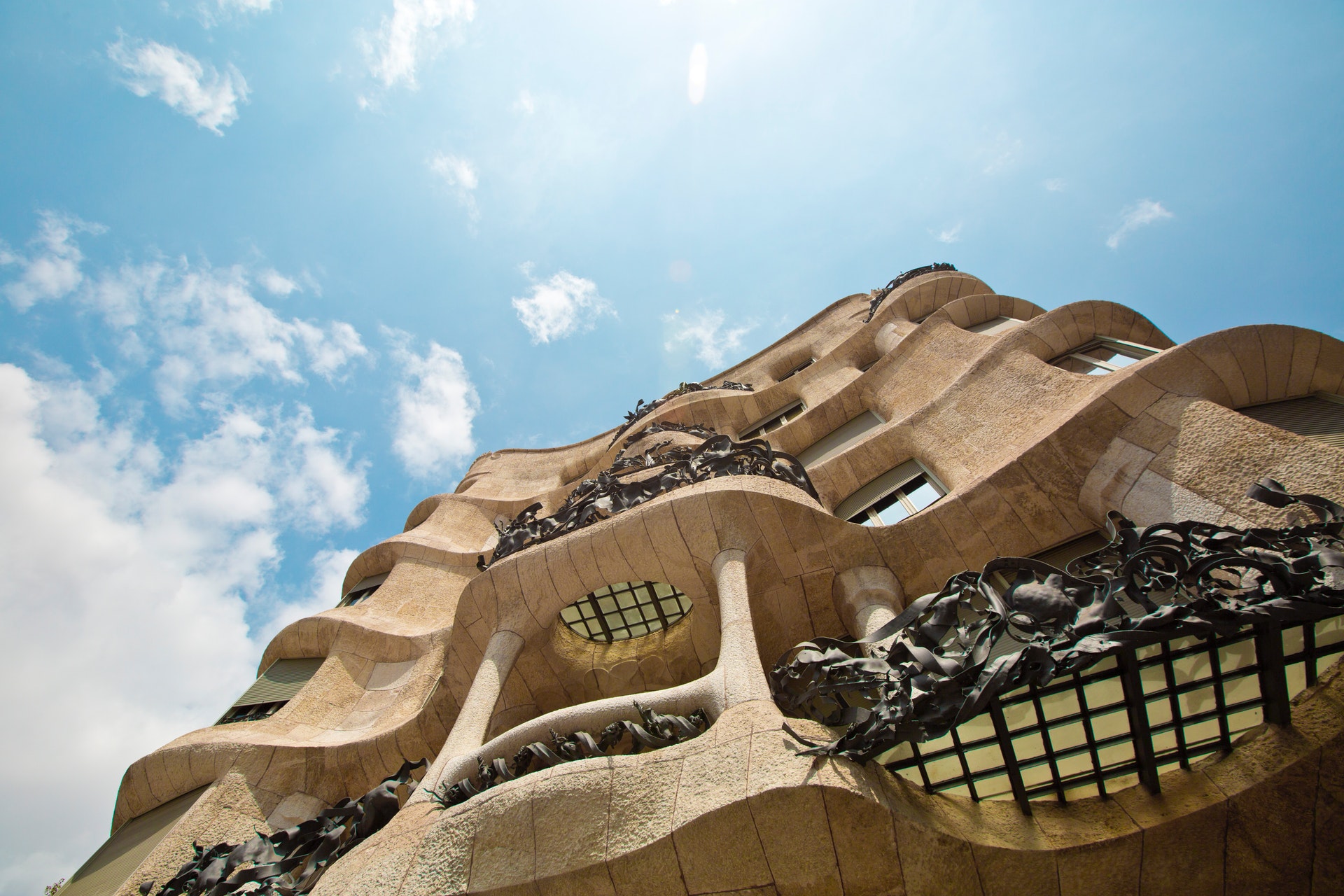
Humans are visual creatures, therefore, the design of our physical surroundings — including landscapes and buildings — can have a significant impact on our psychological state and wellbeing.
The mental and emotional benefits of naturalness, in particular, are widely documented in numerous environmental psychology literature.
Some specific patterns found in nature are called fractals — which are patterns that repeat at different scales. This means if you look closely, you will see the same pattern replicated, and much smaller, inside the larger outline. For example, trees are natural fractals, with visible patterns that repeat smaller and smaller copies of themselves to create the biodiversity of a forest.
Spots, stripes, ripples, branching, spirals, cracks, waves, hexagons and florals are visible regularities of form found in plants and natural systems, including the weather.
For many years, patterns were studied by mathematicians in an attempt to try to understand the order in nature.
Spirals, for example, are so abundant in nature and are commonly seen in plants and in some animals, notably molluscs. You can clearly see the spiral as a flat curve in ferns, but also as a 3D spiral in petals as they unfurl around the flower bud. And because of the sacred quality that humans attribute to nature’s fractal scenery, spirals have been used in a range of religious and sacred architecture.
Psychological benefits of natural patterns
Psychological and physiological benefits of viewing nature environments have been extensively studied for some time. Research shows that being around nature has positive outcome such as stress reduction, improved mood, enhanced attention, and cognitive functioning among other salubrious effects.
Likewise, more recently, it has been suggested that some of these positive effects can be explained by nature’s fractal properties. Natural elements and even representations of them can be found in certain built environments that exhibit visual patterns inspired by biological systems.
Experiments have been done using eye-tracking equipment to better understand how people look at these patterns. Using functional MRI (fMRI) techniques to quantify resulting brain activity, it appears that people are “hard-wired” to respond to certain forms of fractals in nature.
As it turns out, many studies indicate that exposure to fractal patterns in nature reduce people’s levels of stress by as much as 60%. The stress reduction effect transpire due to physiological resonance that takes place within the human eye.
Researchers have also proposed that organic patterns in art, architecture and landscapes may be inherently preferred over synthetic forms, and that exposure to naturalistic architectural spaces may induce many of the psychological benefits of interacting with nature itself. In such built environments, we tend to feel less stressed and anxious, more relaxed and engaged.
This suggests that naturalistic visual patterns reveal rich sensory information similar to what we encounter in our natural surroundings.
Biomorphic forms and patterns
Many buildings across the globe exhibit nature-like characteristics, making them interesting, captivating, contemplative and absorptive. Biomorphic forms and patterns are nature-inspired approaches to design and can apply to architecture, interior and product design. Nature’s living, curving, undulating shapes and patterns have long served as a fruitful source of inspiration for architects and interior designers around the world.
In design, incorporating organic and biomorphic patterns doesn’t necessarily mean using actual living things, but instead seeking to emulate and reference nature. Ultimately, forms and patterns avoid the harsh edges of right angles and straight lines and instead turn towards a high density of curved edges, high frequency of contrast changes and symmetrical moments of interest and captivation.
Whether used in a functional way, as a decorative piece, or a structural aspect of design, biomorphic forms and patterns have been shown to contribute positively to human well-being by reducing physiological stress responses and increasing view preferences — both key to establishing a healthy life balance and enhancing mental health on a large scale.
The aesthetic use of natural patterns
The objective of biomorphic forms & patterns is to provide representational design elements within the built environment that allow users to make connections to nature. The intent is to use natural patterns in a way that creates a more visually preferred environment that enhances cognitive performance, while helping reduce stress.
Humans have been decorating interior spaces with representations of nature since time immemorial, and architects have long created spaces using elements inspired by trees, rocks, bones, wings and seashells.
Many classic building ornaments are derived from natural forms, and countless fabric patterns are based on leaves, flowers, and animal skins. These architectural and design elements evoke sentiments that tap into our inherent responses to the patterns, movement, light, shape and space encountered in nature.
Design considerations that may help create a quality biomorphic condition:
- Apply on 2, or 3 planes or dimensions (e.g., floor or wall plane and wall; furniture windows and soffits) for greater diversity and frequency of exposure.
- Avoid the overuse of forms and patterns that may lead to visual toxicity.
- More comprehensive interventions will be slightly cost-effective when they are introduced early in the design process.
Designed in 1983 by architect Victor Horta, The Art Nouveau Hotel Tassel in Brussels is a prime example of biomorphic patterns.
The beauty of Hotel Tassel is signalled by the use of iron and steel while drawing decorative motifs from nature. The interior space in particular is rife with Horta’s “biomorphic whiplash” design signature: natural analogues, graphic vine-like tendrils painted on the wall and designed into the banisters and railings, floor mosaics, window details, furniture, and columns are the most eye-catching features.
The curvaceous tiered steps seem to make distant reference to shells or botanical forms.
Material connection with nature
Similar to biomorphic patterns, material connection with nature takes its inspiration from the outside world and seeks to incorporate it into the interior environment.
Yet, this pattern specifically features actual materials that make a space feel warm and authentic and sometimes stimulating to the touch.
Material connection with nature pattern is guided by the core belief that human receptors always prefer real to synthetic materials and can tell the difference between the two. Touch is at the centre of this pattern, and creating a space where exploration is encouraged is a major component.
This pattern manifests itself in design through a number of different ways, including the incorporation of a natural colour palette, particularly green to facilitate creativity and cognitive performance — using variety of materials in a single space: wood, stone or dried grasses for example — and the use of these materials in specific ways based on a room’s functional needs: for example, a certain percentage of solid wood flooring in a room can exhibit a significant decrease in blood pressure or serve to encourage restoration or relaxation.
By using natural materials optimal for engendering positive cognitive or physiological responses, we can enhance our ability to grow and thrive within our interior environments.
Conclusion
The primary goal of designing with patterns inspired by nature is to create an enriching environment based on an understanding of the symmetries, fractal geometries and spatial hierarchies found in our natural surroundings. The more in contact we are with nature, the more at-ease we feel.
Humans instinctively respond well to visually interesting spaces. By understanding the mathematics behind complex design and using nature as a guide, we can bring back, conserve, and promote biophilia in modern and future urban systems
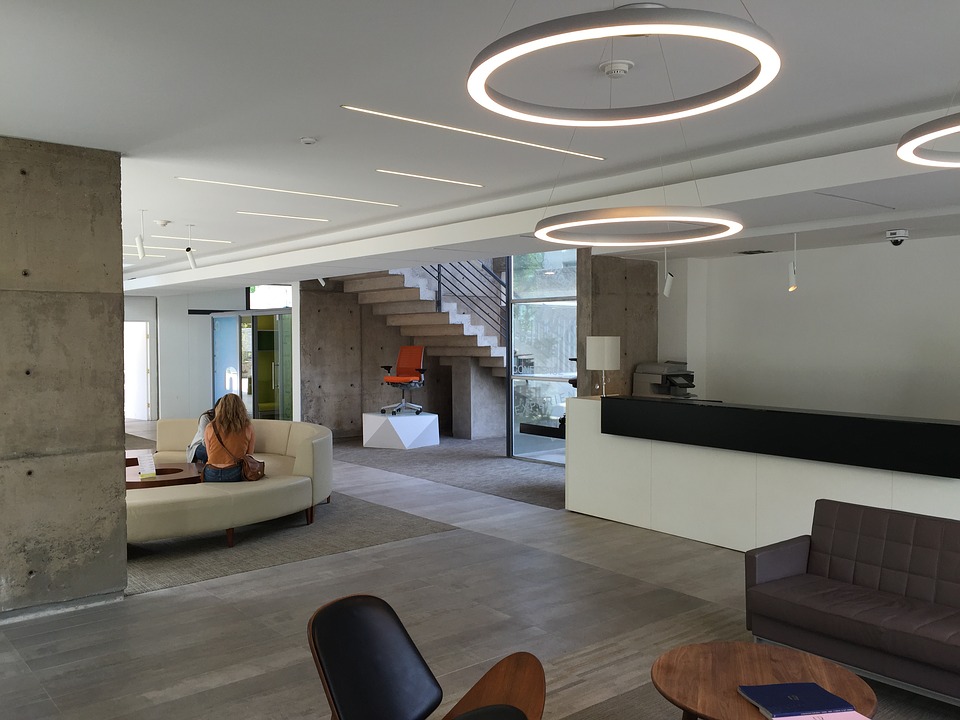
A wholehearted life is really what we all strive for — happiness, freedom, joy and love…
Finding a healthy work-life balance is yet another, and can have tremendous results on one’s overall well-being, ultimately leading to productivity and satisfaction in the work environment.
Companies that have shifted their focus from prioritising tasks to seeing the whole person’s wellbeing as intricately linked to performance have succeeded in generating healthy workplaces.
In the early 2000s, the practice of workplace wellbeing was often viewed as “nice to have” but not a necessity.
Over the years, the growing recognition of the impact of stress and hectic life has led to more companies implementing programmes that consider employees through a wellbeing lens.
These have grown from healthy snacks or health insurance to designing spaces that promote creativity, productivity and comfort.
Wellness is suddenly an essential factor in the business world.
Health professionals warn about it, employees worry about it and employers recognise if their staff “feels well” the business will “do well”.
The increasing attention on the subject’s topicality is not without good cause.
MIND, the leading mental health charity in England and Wales, suggest that ill-health, stress and other mental health problems are the second biggest cause of absenteeism and low productivity.
The wellbeing of staff is a win-win for employees and employers — companies continue to attract top talent and more individuals are feeling confident and are consistently producing high results.
The question however still remains… what does the future of wellness in the workplace look like?
“Despite the fact that many humans accept the world as it is, we have a remarkable capacity to plan ahead, shape the future, and adapt to new settings.” — Richard J. Jackson
Millennials are leading the future of wellness
It’s inevitable that we have to talk about Millennials, as they are the leaders paving the wellness way for both current and future generations. This generation has surpassed Gen Xers with a high involvement and education around sustainability and ethical issues, and has become the largest generation in the workforce. Why do Millennials have such a great impact on the future of wellness in the workplace? Well, here are a few facts about this generation:
- 90% actively want a healthy lifestyle and consider wellbeing the gateway to success
- 71% think staying healthy is about engaging in mindful practices, exercising regularly and maintaining a healthy eating lifestyle
- Millennials earn less than any generations but spend the most on wellness
As the line between work and life blurs, the demand for higher quality and more personalised services and office spaces that promote wellness continues to rise. The demand from this large and health-conscious generation pushes the limits of office design and fuels the growth of wellness-related discussions.
Future trends in the workplace
Prioritising employees’ mental health in order to promote a lasting sense of wellbeing will be one of the biggest trends in the coming years. There is a growing awareness that encompasses wellness of mind and body, and companies will go further into managing workplace mental health in the efforts to increase productivity, performance, staff engagement and knowledge sharing.
Another trend that will evolve and push forward wellness in the workplace will be changing in workspace design. When people are satisfied with their interior environment they perform better, and many companies will continue to adopt this ethos. Employers will need to specifically focus on elements such as ergonomic office furniture, light settings, natural light points, thermal comfort, air quality and integration of biophilic design elements.
Biophilic design will continue to gain importance
When you walk into a new environment, you get an immediate sense of whether or not the surrounding space enhances the physical, mental, and even spiritual wellbeing of the people inside it. Healthy workplaces should use intuitive design concepts and should feature an abundance of natural light, good air quality, acoustics that absorb distracting noises, hygienic materials, and colours, patterns and textures connected to nature.
One brilliant solution that’s pivotal to the future of workplace design and which shows a change in perception is the idea that the workplace should both promote and reflect living in balance with nature. This means promoting elements of biophilic design — in essence, bringing nature into the workplace to foster wellness. Biophilia suggests that people have an innate attraction to nature and that providing cues from nature in the workplace improves worker wellbeing.
There are many studies that show how things such as using natural material like wood, good quality of air and lighting have a huge impact on the quality of our brain function and productivity. And with traditional 9-5 office employees spending most of their day indoors, the future of wellness in the workplace relies on implementing clever design strategies that enhance the overall quality of the indoor environment.
Using reclaimed wood, solid wood and engineered wood and/or other wood elements, whether it be wood flooring or panelling, placing plants in different areas of the space, rethinking office layout plans to make use of natural daylight and views of nature are just a few features that prove biophilic design is indeed the best-kept secret of a great environment.
The workplace will be adaptable
Being able to move your desk or move to the other side of the office isn’t enough. The obvious solution, also an essential key to the future of quality workplaces is to build entirely different working environments that can be reconfigured in a matter of minutes. Some companies have already seen the benefits of this approach.
According to the BBC, the desks at headphone maker Skull Candy’s Zurich offices allow flexibility of use. The organic geometry of the tables offers a multitude of configurations, fitting together like puzzle pieces to cater for both individual and collaborative work. In the future, expect more companies to follow suit — offices will become places of both collaboration and connection.
More than just office space
Lego, for example, has taken hot-desking to a whole new level at the London and Singapore offices. The company introduced a system called activity-based working, which means that no staff member has a fixed desk any more.
The office space is divided into flexible work zones with no fixed seating and no offices for managers.
Healthy workplaces prioritise the importance of activity and offer something all employees crave: choice. They provide quiet zones, dedicated fitness rooms, walking meetings for those who dislike spending long hours plastered in the same seating arrangements, and on-site amenities and services that encourage employees to get up and move during the workday.
When considered individually, each of these touches may seem trivial, but when taken as a whole they create a physical environment that promotes comprehensive wellbeing for each employee — something that will be an immense factor in the future of wellness in the workplace.
Conclusion
As wellness continues to gain momentum in shaping the future working environment, it is essential that employee wellbeing is made a priority when discussing and developing an organisation’s company culture. We expect to see elements such as biophilic design and flexible working spaces become a norm for the modern office, rather than a curiosity implemented by only the most forward-thinking office designers and organisations. The future workplace acknowledges quality of life as a major enabler of quality of work.
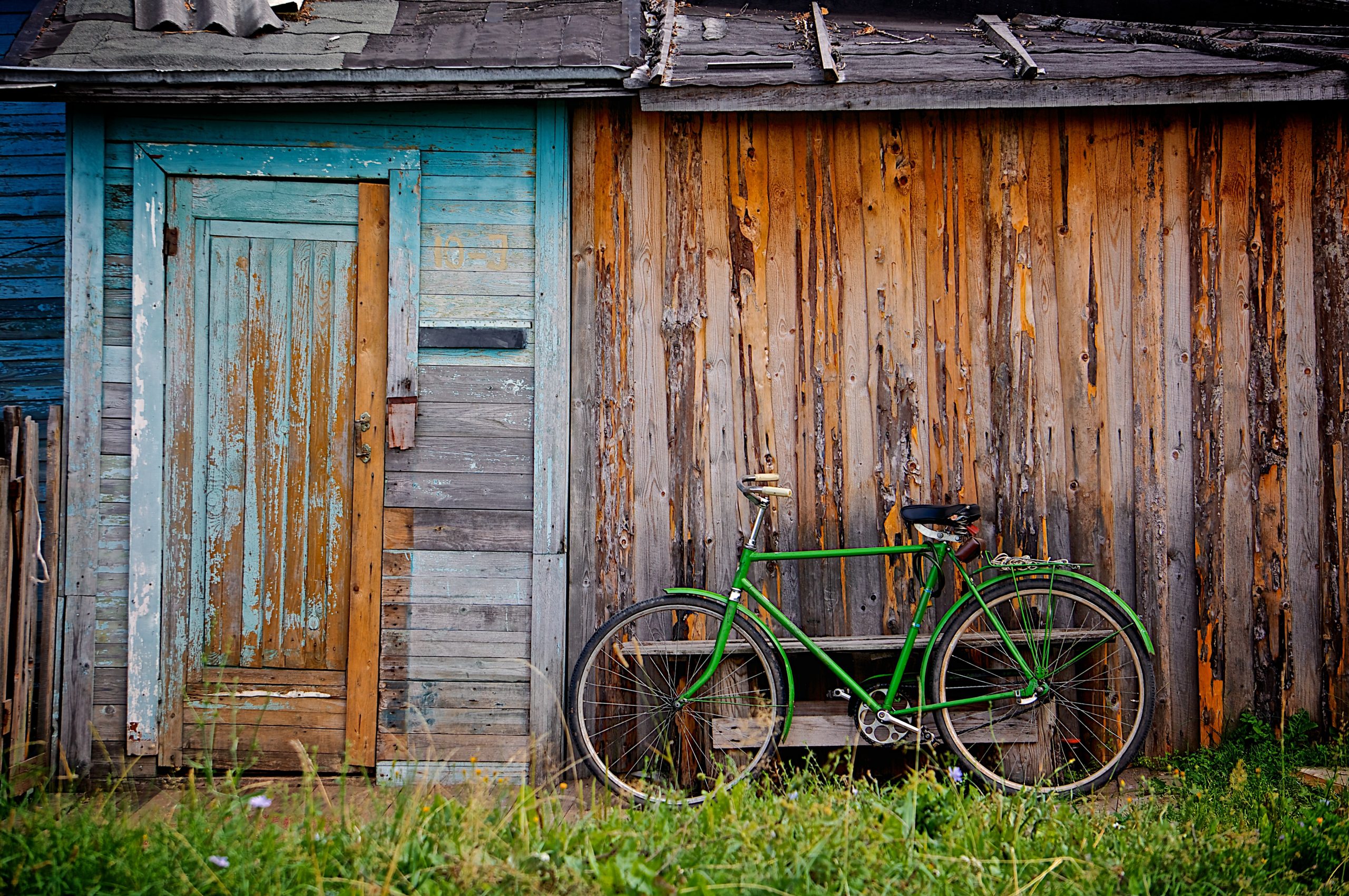
When faced with writing an article about the benefits of using reclaimed wood for furnishings, flooring and panelling in today’s homes, it’s pretty difficult to know where to start. Do we talk about the environmental benefits? Or maybe we should start with the fact the grain is denser in reclaimed timber making it so much sturdier and more durable than flooring with wood from newer trees? Then again, there’s the depth and unique character found in older wood…
But first we thought you might like to know the difference been reclaimed wood and recycled wood. Although on the surface they sound similar, there is a crucial difference – and that’s to do with reprocessing. Reclaimed wood is wood which is simply reused ie the flooring from an old dockyard re-laid in a modern Docklands apartment or a roof beam repurposed into a mantelpiece. In other words, it doesn’t differ much from its original state.
Recycled wood is timber which has been fashioned into a different item eg old crates made into a side table and painted or a fence which has been fashioned into a cutlery holder etc.
Environmental benefits of using reclaimed wood
You probably pretty much know already that over-forestation means there are fewer trees out there in our woods, forests and jungles. So it’s important to preserve what’s left. Products made from reclaimed wood do this because they’re basically recycling old wood, preventing the need for further trees to be cut down.
Meanwhile, when used in the construction trade reclaimed wood results in far fewer materials being sent to landfill (which in turn is responsible for polluting the environment). Actually, according to a recent government study only one per cent of construction materials in new projects used reclaimed materials. And the problem with using materials which have been newly developed, such as plastics, means even more pollution into our air and waters.
Another fact about wood and landfill is that when mixed with other forms of waste, wood doesn’t always decompose completely. Because of this it can release methane gas (which has been blamed for global warming). And, according to The Global Trees Campaign, less than 10 per cent of wood waste is reclaimed or recycled. In the UK it results in approximately 3000 tonnes of usable timber being either burned or sent to landfill. Here’s further statistics from the campaign:
- 30 trees can absorb 946lb of carbon dioxide from the atmosphere every year.
- 30 trees provide enough oxygen for 120 people every day
- 30 trees have the same cooling effect as 300 air conditioning units running for 20 hours each
Woodland animals benefit when old rather than new wood is used
Many creatures rely on trees to both live in and feed on. Birds nest in leaves while insects feed on bark and squirrels eat acorns. Fell too many trees and these creatures could disappear from our parks and woodlands forever.
Why reclaimed wood is wider than newer timber
If you compare old flooring built at the turn of the century such as those in Victorian and Edwardian homes with modern timber flooring you’ll notice that the planks in the latter are far narrower. That’s because the trees haven’t been allowed to grow and reach their full size – as a result, the planks in newer flooring aren’t as wide as those in reclaimed flooring.
Age gives reclaimed timber more strength and durability
The reason reclaimed wooden flooring is stronger and will last longer than flooring produced from newer timber, is because the older wood is less likely to split. The reason for this is that it’s been exposed to hot and cold atmosphere’s for so long that it’s already done all the expanding and contracting it’s ever going to do. In other words it’s already dried out and won’t do so any further. It’s stood the test of time, if you like.
The grain in the reclaimed timber is also much denser than the new wood which also means it’s less likely to warp.
Reclaimed timber simply looks better
Because it’s been allowed to grow for such a longer time, the rings in reclaimed timber are wider than you’d find in newer timber. There will also be more knots and other interesting markings to give the wood a unique and charming character. And talking of character, reclaimed wood has a history ie a narrative of its own and which also makes it special in its way.
You’ll be able to add it to your own family history too as the wood will endure, meaning future generations could also benefit from it.
Find out more about sustainable flooring at our website The Reclaimed Flooring Company.

Interiors are not just limited to looking for fabrics and selecting paint colours, it goes beyond that and plays an important role in bringing someone’s design vision to fruition. It introduces people to different techniques to bring beauty, symmetry and contemporary hues into interior design.
Interior designers help enhance the functionality and beauty of a space and look at it from different perspectives giving special attention to details. A million interior design blogs that inspire and awe people with their design ideas and only 50 spots up for grabs. It was an ambitious task, but we have managed to short-list 50 top interior design blogs that left us spellbound. These design enthusiasts have that Midas touch when it comes to transforming a space since they are always keeping a tab on latest décor trends, design trends, flooring trends and more. This is an exclusive list of the top interior design blogs that display work that is not only exquisite but also inspiring.
Inhabitat
Jill Fehrenbacher, is the founder and editor-in-chief of the future-forward blog Inhabitat. Started in the Spring of 2005, this was her place to inspire people to opt for more sustainable designs for a sustainable future. From cataloguing high-tech and environmentally conscious design to bringing important environmental issues to the forefront, Inhabitat is inspiring in all ways. Sustainable design in the near future is an achievable dream and this blog is a must read for people who are pro-sustainability. We look forward to every post and are glad to feature them in our Top 50 list.
Take a Peek: http://inhabitat.com/jaime
Design-milk
Derringer, the founder and executive editor of the Design Milk, is taking the design world by storm with her brilliant design posts. The creative team at Design Milk consists of a creative bunch of art and design enthusiasts who will satiate your thirst for beauty and design. Feast your eyes on design finds from around the world and let your imagination run wild with what’s trending in art, architecture, interior design, furniture and décor, fashion and technology. Looking for your next design inspiration, spend some time browsing through their blogs, and let loose your creative side.
Take a Peek: http://design-milk.com/
Apartment Therapy
Apartment Therapy was launched in 2004 by Maxwell Ryan and Oliver Ryan. Maxwell Ryan was known as the “apartment therapist,” and had the knack to make spaces beautiful, organised and healthy. From beautiful DIYs to scrumptious recipes, Apartment Therapy is a mixed pot of colours, designs, innovative and creative ideas and heart warming stories. Each contributor for this blog has a personal style and vision that offers a ton of inspiration to the readers. This blog is a sure winner amongst the horde of blogs online.
Take a Peek: http://www.apartmenttherapy.com/
Decoist
Alex Ion’s obsession with fancy interiors and contemporary designs led to the growth of Decoist. Started in early 2009, this web magazine brings you the daily dose of interior design, furniture and architecture. From tips on using interior design elements to uplift the look of a room to fun DIY projects, Decoist offers a little bit of everything for varying tastes. Alex is gaga about architectural wonders and has an eye for contemporary and modern interiors. The Decoist can be your source for wonderful ideas the next time you work on your interiors.
Take a Peek: http://www.decoist.com
Cupcakes and Cashmere
Started as a platform to share and document everything that she loved, this blog was started by Emily Schuman back in 2008. It was started for fun by writing restaurant reviews about the food, decor and the vibe. But she wanted to create an online destination that combined all her favourite things, fashion, food, interior décor and beauty and that is exactly what the blog is all about. She couldn’t find all these options at one place, so he decided to start a creative and visually beautiful blog that uplifts all senses. It’s a dedicated and a proactive blog and has tons of ideas that are out of the box. This one definitely deserves a spot in our Top 50.
Take a Peek: http://cupcakesandcashmere.com/
Ikea Hackers
IKEA is the budget shopper’s haven but also a nightmare for people who are not good at assembling these affordable furniture and décor items. IKEA Hackers is a blog started with the aim to modify and repurpose IKEA products. Started back in 2006 by Jules the blog is a mix of her favourite things -her favourite store, hacking IKEA, writing, eating healthy, DIY tricks, bargain hunting, reading, travelling the globe and more. If you need a good home improvement blog that will inspire you to build and decorate your home or office from scratch, then IKEA Hackers are just right for you.
Take a Peek: http://www.ikeahackers.net/
Design Seeds
We love how passionate Jessica Colaluca is about colours and shares her own personal perspective when explaining different hues. Her work is based on the fact that colours possess the ability to uplift the mood of any individual. Her blog is a definite entry in our Top 50 list because of its simplicity and focus on how using the right colours can enhance the interiors. She shares her astounding knowledge about colour in her blog and it’s worth a read.
Take a Peek: http://design-seeds.com/
Design Sponge
Design Sponge is a design blog that was started in 2004 by the talented Grace Bonney. With millions of readers logging on to check out every creative post on the website, this pick was a no-brainer. The plethora of colours and high-end design inspirations will appeal to your creative eye. From delectable recipes to DIY magnificence, this blog has a burst of creativity and design for every taste.
Take a Peek: http://www.designsponge.com/
Contemporist
Contemporist beautifully portrays contemporary culture and designs while focussing on art, travel and architecture. It is a daily source of information for people who want to discover new products and projects that will satisfy a person who is all about clean cuts and crisp designs. From quirky furniture to featuring creative soul and their brilliant designs, Contemporist is your daily dose of fabulous art and mind-boggling architecture and interiors.
Take a Peek: http://www.contemporist.com/
Young Love House
John and Sherry are a dynamic duo with a large fan-following, have witnessed every turnaround in their life. From remodelling 3 homes to creating their own creative design products, Young House Love is a real roller-coaster ride. Their love for DIY and skill to transform a barren space into a true artistic masterpiece got them a spot in our Top 50. From writing two books to bringing up two lovely angels, this couple does everything with flair.
Take a Peek: http://www.younghouselove.com/
decor8
It was a small interior design studio in Boston launched in 2004 by Holly Becker, while still in design school. She is now considered as one of the pioneers in the interior design blogging world. Along with her creative team of experts, she creates inspiring designs and dabbles at everything from interiors, book reviews, recipes and more. The blogs offer a little bit of everything and are a real treat to one’s eyes. Decor8 was an obvious choice for this coveted list of design geniuses.
Take a Peek: http://decor8blog.com/
Retro Renovation
With retro and vintage designs making a comeback, get inspired by the many design tips and titbits that Pam Kueber and her assistant Kate have to offer. Wondering how to remodel your mid-century homes without really loosing its vintage charm? These girls will show you how it’s done. Makeovers are quite common, but Retro Renovation will give ideas to refurbish the old-world charm while still sustaining your modern taste. This dynamic team’s dynamic love for all things retro got them a spot in our Top 50 list.
Take a Peek: http://retrorenovation.com/
COCOCOZY
Coco is the perfect example of the modern-day women. A multitasker, she juggles her passion and work with poise. Coco began blogging in 2008 on COCOCOZY, her interior design blog and found celebrities like Katy Perry and Jonathan Adler admiring her work. Her interest in making a space beautiful and neat, compelled us to honour this talented beauty. The aim was simple: provide design and style inspiration with a personal and sometimes humorous approach. Feast your eyes on the amazingly beautiful pictures on her website and get ready to be lost in the beautiful world of Coco.
Take a Peek: http://cococozy.com/
A Beautiful Mess
A creative dream started by two sisters and lifestyle bloggers Elsie Larson and Emma Chapman. These two passionate souls work in tandem with their creative team to bring us a beautiful mess we can’t get enough of. They balance and challenge each other to bring out the best ideas. Designing is their greatest passion and the blog has a mix of colours, posts, and a wide variety of creative and inspirational designs. They say that one is a loner but two is a team, and this team of two has some really good taste that landed them on our list.
Take a Peek: http://www.abeautifulmess.com/
SFGIRLBYBAY
If the thought of draping your house in Bohemian style excites you, then this blog is a must read. Victoria, the main voice behind the blog, brings freshness in each post and is a design junkie, photo stylist and a bonafide flea market queen. Her experimentation with new interior design elements is quite inspiring and her supporters include famous personalities like Oprah Winfrey to Martha Stewart. This was an easy pick for us.
Take a Peek: http://www.sfgirlbybay.com/
Desire to Inspire
Kim and Jo created this blog together to inspire the world with their love and passion for design. But what’s striking about this special pick is that the duo have never met each other and live in different countries. They met on Flickr, shared images and their deep love for design, and Desire to Inspire was born. The combined forces of a Canadian design fan and an Australian ex- interior designer makes for a great team and their work is undoubtedly marvellous. They started in 2007 and have only grown ever since. The owners give the blog the best of both worlds with their individual style and taste.
Take a Peek: http://www.desiretoinspire.net/
Centsational Girl
Kate Riley is a decorator, writer and a home improvement expert. Think budget-friendly décor ideas, think Kate. She is always in the pursuit of luxury on a budget. She shares her ideas, adventures and her extraordinary DIY interior design experiments on her blog. She started in 2009 and hasn’t stopped her love affair with art and creativity ever since. Her designs are perfect for the budget-concious but fashionable design lovers.
Take a Peek: http://www.centsationalgirl.com/
Style by Emily Henderson
Emily Henderson is a stylist, author and T.V. host with a strong commitment to create vintage inspired approachable home. She believes that perfection is boring and has a very individualistic style. She believes a room is soulless without something that is vintage or antique. The blog is a fantabulous mix of eclectic styles and vintage allure for every budget. According to her, if a furniture piece is not vintage, functional and sentimental, then it hasn’t reached its true potential. Style by Emily Henderson brings chic styles and design to the masses.
Take a Peek: http://stylebyemilyhenderson.com/
Bright Bazaar
The blog’s founder Will Taylor’s love for hues and all things bright is visible in every blog and picture. Taylor works as a freelance author, creative consultant and lifestyle blogger. He takes us on a journey of design, fashion and travel, engaging an army of colour lovers across the world with his quintessential style. His approach to colour has drawn thousands of admirers from around the world. This one was an easy and unanimous pick!
Take a Peek: http://www.brightbazaarblog.com/
BODIE and FOU
Started in 2007 by Karine Candice Köng, this is one of the best interior design blogs on the internet. Written in both French and English, this blog aims to create inspiring designs. But there’s one catch- white is Karine’s magic pick when it comes to choosing colours. The blog is the ideal choice when you are trying to work with white in your interiors. The blog is about how to keep things simple yet elegant, it’s about passionately designed interiors, food, fashion and more. She beautifully brings out the vibrancy in the colour white and comes up with crisp, clean and luxe spaces.
Take a Peek: http://karinecandicekong.com/
Quintessence
After 17 years as an art director in New York City, Stacey Bewkes moved to Connecticut where she translated her love for design into her blog Quintessence. The blog embodies her belief that life is better with art, architecture, interiors and design. Quintessence has become a trusted source for well-researched, original content in the online world. We are glad we stumbled across this blog. Drop in and join Stacey on her many adventures.
Take a Peek: http://quintessenceblog.com/
The Style Files
Danielle de Lange writes about design and lifestyle and offers her take on everything she believes in and admires. Distinct designs, crisp details and natural materials are some of the elements that define her style and taste. She believes in creating spaces that are warm and inviting and will offer a feeling of comfort, the moment you step into a room. The design should reflect your taste, personality and lifestyle. A dash of art mixed with sentimental personal treasures, and you have the recipe for a beautifully decorated and pleasant home. Her style is classy and that’s showcased in her work and blog.
Take a Peek: http://style-files.com/
Apartment 34
Erin Hiemstra ventured into the world of blogging back in 2007, armed with a passion for interior design and décor. It all started with the renovation of her personal condo, and even her blog is named after this adventure. The blog represents her diversified interests, creativity and will. Satiate your need for a healthy dose of fashion, décor, beauty, food and more. She put all her energy into developing her venture and it has turned out to be an opportunity of a lifetime. The blog has only blossomed over time and has made an appearance in our top 50 list.
Take a Peek: http://apartment34.com/
Miss Moss
A graphic designer and blogger from Cape Town, Diana Moss pours her passion for design into her blog Miss Moss. She started the blog back in 2006 to share her immense love for visual pleasures and treasures. From fashion, design, art to photography, he dabbles in multiple fields and adds her personal spin to each and every endeavour. Started as a hobby, blogging about her passion became a full-time career for her. Her blog is a true reflection of her taste. We get a glimpse of her fondness for all things vintage and her unique style and taste. A truly deserving candidate for our Top 50 award list.
Take a Peek: http://www.missmoss.co.za/
The Jungalow
Justina Blakeney loves the bohemian style and encourages people to embrace their culture and draw inspiration from nature. Her blog is an outlet where she lets her “Justinaness” bursts out in full measure displaying a myriad of hues, vibrant designs and earthy and homey spaces. Her blog shares inspirational ideas, patterns and beautiful designs for beautiful bohemian souls. With millions of followers on every social media platform, Justina is spreading her vibrancy, one post at a time.
Take a Peek: http://www.thejungalow.com/
La Dolce Vita
Paloma Contreras joined the blogging community back in 2007 when creative minds from around the world were testing the blogging waters. An award winning decorator, tastemaker and design expert, Paloma’s taste is an eclectic mix of contemporary and traditional styles. A burst of colour, a touch of glamour and classic designs come together to create this beautiful blog. Her blog has an opulent touch to it and we can’t get enough of it.
Take a Peek: http://www.ladolcevitablog.com/
Little Green Notebook
Jenny Komenda the blog owner, is a brilliant interior designer who has been inspiring people with her ideas since 2007. She and her team of designers have worked with several clients to transform residential and commercial spaces into design masterpieces. In her latest blog, she shares her personal experience of decorating her home with simple interior designing elements like textiles of vibrant colours, carefully woven mats and placement of beautiful rugs on painted concrete. The blog managed a spot in our exclusive Top 50 list because it teaches people how to bring elegance to their home with inexpensive elements that won’t break the bank.
Take a Peek: http://littlegreennotebook.com
Belle Maison
Belle Maison means beautiful home in French and Julie Thigpen’s keen eye and talent will offer you exactly that. Founded in 2008 as an outlet for Julie’s passion for design and beautiful elements. The blog highlights high-end design for high-end residential spaces and brings forth beautiful décor ideas. She displays her immense talent by designing and merchandising model homes for new home builders. She owes a lot of her creative flair to growing up in California. She is an expert in designing spaces that exude comfort and sophistication, a space that’s both functional and elegant.
Take a Peek: http://www.bellemaison23.com/
Material Girls
This blog is real special, since it belongs to a special bunch of ladies who offer brilliant tips and advice on interior design and break down latest trends in the industry. With a sprinkling of pop culture to uplift the whole theme of the blog, material girls Emily Johnston Larkin, Lauren Haskett, Julia Buckingham, Jill Seidner, Rebecca Soskin and Nathan Hejl serve up local design info in five different cities: Chicago, Dallas, Houston, Los Angeles and New York. To stay attuned with the changing trends in interior fashion, check out Material Girls. They won’t disappoint you.
Take a Peek: http://materialgirlsblog.com/
The Hunted Interior
Founded in 2011 by Kristin Jackson, The Hunted Interior was created to inspire and encourage readers to create their own style and accomplish their idea of a beautiful interior in a pocket-friendly budget. Kristin definitely knows the importance of having a beautiful space and making every penny count as well, which makes her blog a proud feature of the Top 50. From mixing patterns, tips to incorporate the trending colour in your space, changing up the look of the space to keep with the changing seasons, to the easiest way of making a bed and organising your spice rack, to effortless DIY tips and setting a holiday table, this blog delves into all these and more.
Take a Peek: http://www.huntedinterior.com/
Simply Grove
Kirsten Grove first realised her love for interior designing at a young age of 9 when she went all out to create her rainbow, polka dot, and stripes haven. Today Kirsten uses Simply Grove to display her design prowess and uncover amazing design ideas and work from around the world. Kirsten has styled and designed for clients all over the globe and offers innovative solutions like e-decorating, home styling, new construction design, commercial designing and more. The mesmerising pictures only made it easier for us to declare Simply Grove as one of the top interior design blogs out there.
Take a Peek: http://www.simplygrove.com/
Reading My Tea Leaves
The writer and photographer behind Reading My Tea Leaves, Erin Boyle, believes that life is not always simple but your curtains can be. A believer of beauty lies in simplicity, her ideas that form the blog are full of hand-picked designs that are all stylish and yet beautifully modest. The blog reflects the idea that living small is accessible to all of us and is beneficial too, and how beauty can be added in the smallest possible ways. The beautiful and simple ideas in the blog will change your perception of the way you have been looking at interiors till date. It’s no wonder this blog makes it to our exclusive list.
Take a Peek: http://www.readingmytealeaves.com
LARK & LINEN
An interior designer based in Toronto, this blog was a passion project, albeit a secret one till she was hunted down by Style Me Pretty in 2012. She eventually started her own business to continue with her everlasting love affair with design of all forms. An easy win for this list, on her blog she dives into her passion for interior designing by blogging about season essentials in terms of style, must-have home accessories, beautiful architecture, and even some secret yummylicious goodness from her kitchen. Try some of her yummy recipes and artistic décor ideas in your own kitchens and homes.
Take a Peek: http://jacquelynclark.com/
Confessions Of A Design Geek
Established by Katie Treggiden in 2010, this is an award-winning blog and works toward inspiring, discovering and championing new designers. Her love for design and writing, gave birth to this blog. She is on the constant lookout for new innovation and talents in the design world and animatedly blogs about it. Every feature on her blog invokes a desire to drop everything and transform your space into a true design masterpiece. Confessions Of A Design Geek was a clear winner for us.
Take a Peek: http://confessionsofadesigngeek.com/
Simplified Bee
Cristin Bisbee Priest is the talent and voice behind the Simplified Bee Blog which was launched in 2009. Cristin juxtaposes modern and traditional designs beautifully and believes in creating designs that speak for themselves. She loves mixing styles, layering pattern and incorporating child-friendly products that will stand the test of time. Her organising tips will leave your room impeccable and compel you to get experimental with your space to create astonishing décor. Just looking at some of the pictures of interiors on the website will up your aesthetic taste, giving you innumerable ideas.
Take a Peek: http://www.simplifiedbee.com/
Happy Mundane
There are a lot of things we tend to overlook in our daily lives. It is only a person who has a keen eye for beauty that can see beauty in the small and big stuff. Jonathan Lo shows how to appreciate the ordinary in an extraordinary way through his blog. Reading his blog will make you appreciate something as mundane as a dish-soap, and also a piece of décor in the living room. If you’re on the hunt for fun, colourful, and innovative items to spruce up your place, or some inspirational read, or maybe even some holiday inspiration, then this blog has got you covered, which finds this blog a happy spot in our list.
Take a Peek: http://www.happymundane.com/
Sarah Sarna
SARAHSARNA.COM was started after Sarah Sarna wanted to dedicate all of her time and energy on her own venture or blog. The blog started as a décor and interior design blog and now it covers amazing lifestyle content that covers everything from fashion and accessories, beauty, travel, food, and more. Her blog is all about living an inspired life. She has collaborated with famous names like Calia by Carrie Underwood, Calvin Klein Home, Fantastik, Glade, HP, INTEL, Neutrogena, Proctor & Gamble, Red Door Spas, Sprint, and Vitamin Water. She is definitely a force to reckon with and a clear winner for us.
Take a Peek: http://www.sarahsarna.com/
Design Hunter
Started by Helen Powell, this blog will warm your luxury-craving soul. From interior design, lifestyle products, travel to fashion, Design Hunter covers all this and more. Her motto is buying less but buying good, quality products. The blog started as a beautiful way to put together everything that she loved and creative ideas to improve homes. Her love and passion for interiors is reflected in her work and style.
Take a Peek: http://www.designhunter.co.uk/
The Decorating Diva
Carmen Natschke is a speaker, writer, entrepreneur and the founder of the internationally recognised design website ‘The Decorating Diva’. From interviewing design experts to travelling the globe for the love of art, architecture and design, she is a woman of many talents. The blog is a place full of passion for beautiful design from all over the world. The Decorating Diva brings out all her talents under one roof.
Take a Peek: http://thedecoratingdiva.com/
Sophie
Sophie Robinson, the creative mind behind the blog, has been lucky enough to eat-sleep-breath all things interior design for more than two decades now. Sophie is head-over-heels about colour and her blog embodies her love. She believes that life should not be black and white and adores her reds, yellows and pinks. Her work is glamorous and so is the blog. She will show you how not to be intimidated by colours and to embrace every colour in the rainbow. Her aim is to inspire confidence in people, to create vibrant, fascinating and original home that reflects their personality and interests.
Take a Peek: http://www.sophierobinson.co.uk/
Pippa Jameson Interiors
Pippa Jameson is multi-talented individual and a talented interior design expert. From being a TV personality to designing spaces that are Instagram ready, her content is a real treat to the senses. The blog highlights the latest interior trends and styling tips for interiors. Every drool-worthy picture on her portal will leave you yearning for the amazing interiors and designs on display.
Take a Peek: http://www.pippajamesoninteriors.co.uk
Love Chic Living
Started by Jen Stanbrook, an interiors writer, blogger and presenter, who has an unquenchable thirst for all things design and home accessories. She has been designing and visualising beautiful spaces since years and does a fabulous job at it. The many awards and accolades are testimony to her immense talent and passion for design. She takes equal pleasure in researching a scheme for a room and decorating it. Looking for exquisite interior décor ideas? Well, make a pit-stop at Love Chic Living, and get ready to be bombarded with beautiful designs and mesmerising pictures that will give you a glimpse of Jen’s colourful world.
Take a Peek: http://lovechicliving.co.uk/
Katy Elliott
If you’re looking for tips on renovating, or looking for some inspiration for cooking, art, gardening, or even a little insight into life in New England, then this blog, an easy choice for our Top 50, will get you up to speed on all that and more. This blog is about being realistic with decorating a space and about how much money can one shell out. If you are stuck in a creative rut with limited budget, this blog is the solution you’ve been looking for. Posting her blogs about three times a week, she arms her readers with some unique decorating inspirations.
Take a Peek: http://www.katyelliott.com/
The Beat That My Heart Skipped
Having worked as a journalist reporting on every new collection and also having worked as a trend forecaster, Rohini Wahi launched The Beat That My Heart Skipped, in keeping with her love for design and lifestyle trends. If you are looking for some period drama when it comes to interior decorating, or looking for beautifully patterned homeware, or poetic garments with creative details, then this blog is meant for you.
Apart from her obvious love for everything styling and designing, she also focuses on home inspirations that include key picks at trade shows to styled weekend soirées, as well as giving the readers a joyful journey through her work and home life, making her an obvious pick for this list.
Take a Peek: http://thebeatthatmyheartskipped.co.uk/
Swoon Worthy
In a world where people are hopping on the minimalist bandwagon, Kimberly Duran is a proud, self-proclaimed maximalist who is bonkers about interiors. She strongly believes that everyone has the right to a beautiful home, no matter what the budget. Kimberly inspires people to get creative with their space without going crazy with the budget. Started back in 2010 to catalogue the design and décor of her own home, Swoon Worthy puts out great content that inspires thousands of people to pursue their passion. We are ecstatic to feature her in our Top 50 list!
Take a Peek: http://www.swoonworthy.co.uk/
Fresh Design
The owner of the blog Rachel Newcombe has varied interests and displays her expertise in design at Fresh Design. She has been exploring her writing flair since 2000. Well, this blog has bagged a sweet spot in our list not just for her writing skills but also for the unique and beautiful ideas. From tree-shaped bookshelves, sleek kitchenware, to creating comfy and homely spaces that will make you appreciate the beauty of homes and subtle yet exquisite designs. The blog has made it to our list since it offers a perfect glimpse to the future of interior designing.
Take a Peek: http://www.freshdesignblog.com/
Mad About The House
Kate Watson-Smyth is a journalist who has been writing about property interiors and beautiful homes for the last 20 years. From writing about court battles to reporting on rare exotic flowers, she has dabbled in every niche. The blog was started as a platform for all the beautiful things and the creators that couldn’t fit in her daily news articles. It is also a way of helping people decorate their homes better in an interesting yet inviting manner. Her décor tips will seriously give you motivation to get started on your own design project.
Take a Peek: http://www.madaboutthehouse.com/
The Design Sheppard
Stacey Sheppard is a freelance blogger and an interior design enthusiast who inevitably caught the design bug and now can’t stop gushing about all things interior design. She started this blog to cover every beautiful design that caught her eye and talk about new styles and innovations in the world of design. Her friend and partner Ruth Adams, joined her in this journey to discover surreal and enchanting design idea and bringing their passion alive, one blog at a time. Join these lovely ladies on their expedition and get impressive insight on interior designing.
Take a Peek: http://www.thedesignsheppard.com/
Habitually Chic
Glamorous lives and stylish designs is what this blog is about. Heather Clawson grew up visiting museums, playing with Barbie’s Dream House and zooming into the fashion world with élan. Her creations look like every Interior Photographer’s dream. With crisp designs and soothing colours that weave a story, Habitually Chic is all things chic and fantastic. One look at the mesmerising details and we knew she was the right pick.
Take a Peek: http://habituallychic.luxury/
Dear Designer
Carole King started this blog to share beautiful designs that caught her fancy. From gorgeous houses, beautiful websites and products, everything and anything alluring was ideal for an appearance on her blog. An interior designer, writer and a style-hungry designer, she shares her inspiration and her latest designs, ideas and everything she has on her mind with her avid readers. Admire her hand-picked beautiful and creative designs and get inspired by her lovely ideas at Dear Designer.
Take a Peek: http://deardesigner.co.uk/
The winners are not ranked in any particular order, since we believe that each one of our chosen winners are impressive and extraordinary in their own way. That is why we are truly honoured to present this award to the Top 50 Interior design blogs that inspire us to design our own space and create aesthetic wonders.
If you enjoyed the post, feel free to share it and spread some design love.
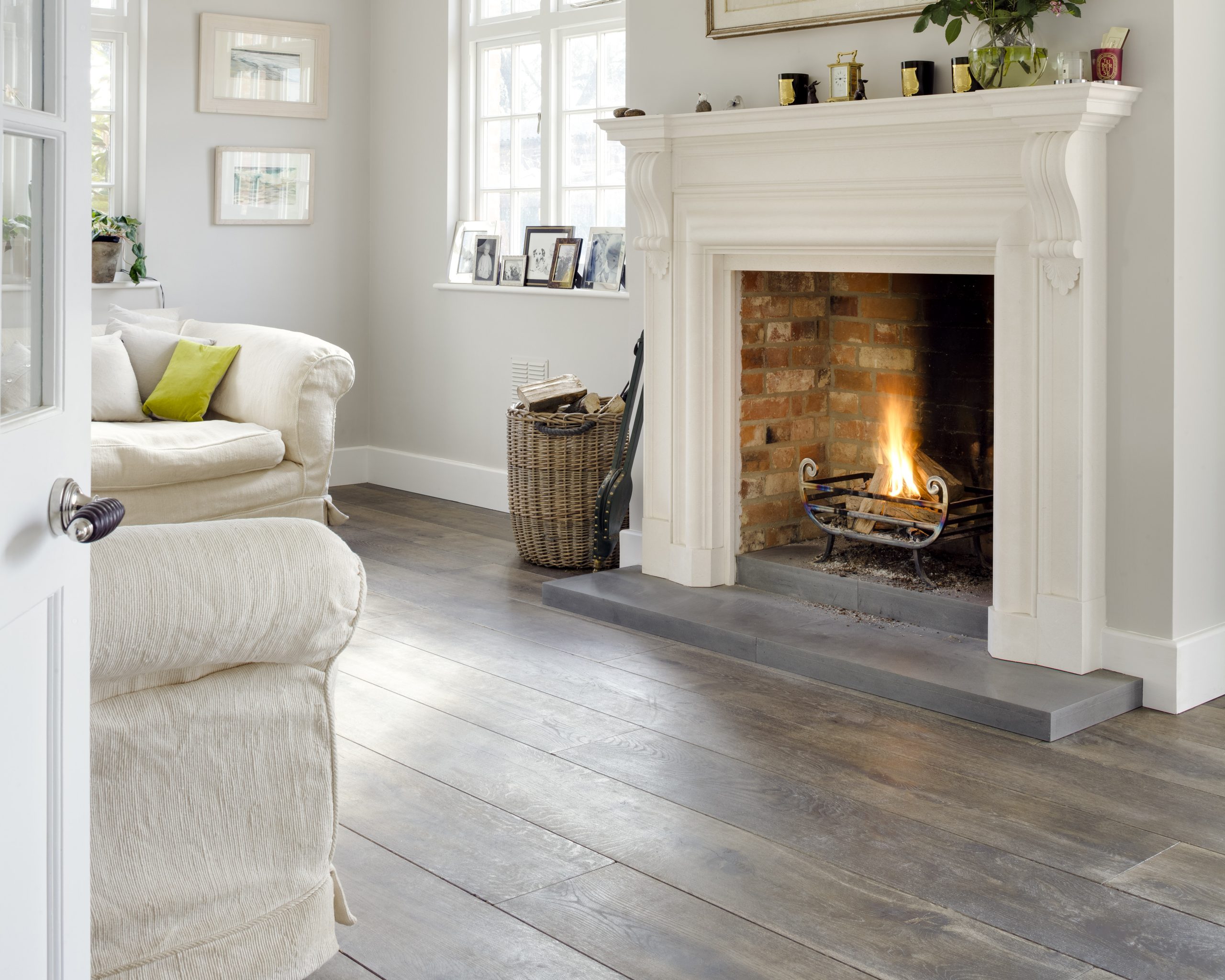
Wood is a much-loved flooring choice — it is stunning, timeless and pleasant to walk on.
Its natural appearance, feel, colour and maintenance ought to be the main points of consideration when making a floor selection.
Different wood floors can be finished in white, beige, brown or black, but can also look equally wonderful if left in their natural tone. Whatever colour and style of flooring you choose, ensure that the finish complements your overall design theme to create a cohesive atmosphere you prefer in your home.
Whether designing a new living space or refreshing the interior of your existing home, it’s always best to get it right the very first time, rather than regret your choices after living with your wood floors for a week or two.
If you desire a relaxed, bright and airy atmosphere, or fancy flooring that creates a warm and cosy ambience with rich colours; you can do so by firstly understanding exactly how various colours influence the feel of a space.
Mind the bigger picture
The floors — wall surfaces — ceiling’ triad is an essential aspect of every interior décor and can really bring a space together.
The interaction between these elements can transform and accentuate the overall look of your interior, depending on the choice of colours, patterns, lighting and so on.
The floor is the room’s main base, weight and character, and it also acts as a base for the various other elements, including the choice of furniture and decor essentials.
Flooring is where fashion, style and function intertwine.
Because of this, it’s ideal not to pick your floor colour based on an empty space.
The best thing to do is make sure it complements the broader design theme and ambience you intend to give your interior.
Do you have a distinctive style of furniture you wish to highlight?
Then you may want to opt for natural tones that will also act as a neutral canvas and enable your furnishings to take centre stage.
Dark tones can evoke a sense of luxury and drama, while lighter tints are well suited for relaxed and modern aesthetics.
Light wood flooring
Many appreciate the appearance of light wood flooring for their ability to brighten up a room, making any space seem larger and airier.
If this is the atmosphere you wish to create, then the best way to emphasise this feature is by keeping your floors light in colour.
Light wood flooring and a light wall finish make an interior space feel more open, particularly if you also have access to lots of natural light coming in through the windows.
Dark wood flooring
Dark wood flooring can be stained to appear as dark as espresso or even black.
Dark floors are especially trendy at the moment, perhaps due to the fact that they can have a more dramatic effect.
Generally, dark wood makes a room feel a bit too formal or high-end.
Medium tone wood flooring
If your wood flooring is neither dark nor light, then they fall somewhere in between.
Medium tone wood floors are incredibly versatile, meaning the possible interior styles are limitless.
The two main things to keep in mind are that white and pale colours create a more spacious, airy ambience and darker wood flooring can result in a more dramatic and sophisticated finish, however, should be used sparingly.
Conclusion
The way you decorate and the colours you select for your floors will all have a significant impact on the overall atmosphere in the room.
Light colours will certainly lend a nice warm, airy and happier feel — Soft browns, white and light beige will offer the space a sense openness and purity.
Want to create a peaceful, relaxed and calm atmosphere? Then opt for timeless grey tones.
An interior dominated by brown colours will have a really natural and rustic feel, while a dark colour gives the space a powerful, elegant and dramatic edge, full of contrast.
Need some more help with design ideas? Read these design articles;

Frank Lloyd Wright had said, “Study nature, love nature, stay close to nature. It will never fail you.” And this is especially true considering how, regardless of culture and age, our affinity toward nature is genetic and deep-rooted in evolution. We find nature awfully pleasing.
Natural wood on the same scope elicits feelings of warmth, comfort and relaxation; at the same time creating a link to nature.
For more than twenty years, scientists have been trying to determine the mechanism by which exposure to wood improves health — and numerous findings have identified that using natural materials, particularly wood, in the interior space of a building, has physiological and psychological benefits that mimic the effects of spending time in nature.
The findings suggest that people appear to be innately drawn towards wood; and for the most part, the subject generally shows a strong and positive preference for interior spaces that feature many wood details.
There also appears to be a strong assurance that the presence of wood can help to fabricate healthful environments — and commonly evoked descriptors for wood interiors include; warm, comfortable, relaxing, cosy, organic, intimate and inviting.
However, our increasing urbanisation has never been faster than it is today; which simply means that people have less access to nature in their daily lives.
This reality, alongside our fast-growing population, long working hours and increased screen time, is encouraging a rapid disappearance of the possibility for us to turn to nearby forests and woodlands for a breath of fresh, pure air in the middle of a stressful day.
Hence, now more than ever, it is essential to rebuild our connection with nature by understanding how to incorporate wood into our indoor environment and benefit both physically and mentally from this bond.
How wood in our homes improve health
Bringing a piece of the forest into your home through wooden furnishings and architectural fixtures can actually contribute to your overall wellbeing.
A recent in-depth report titled ‘Wood — Housing, Health, Humanity’, by the Planet Ark Environmental Foundation demonstrates that constant exposure to wood interiors has significant positive effects that replicate those created by spending time in natural surroundings.
Similar studies like those of Planet Ark’s have revealed parallel results that support this idea: wood exposure is great for your health.
Over the last couple of years, the effects of timber products on our minds and bodies have become a subject of interest worldwide.
A Canadian study, titled ‘Appearance of Wood Products and Psychological Well-Being’, demonstrated that the colours and texture of wood generate warmth, comfort and relaxation in people.
These three feelings were absent in a room with no wood features. Wooden products and home decoration have also been shown to benefit health even while you are asleep.
Sleeping in wooden beds not only lowers blood pressure, heart rate and anxiety but also improves a person’s emotional state and relaxation level.
Planet Ark’s report also showcased a Japanese study that determined that the presence of wood in an indoor space contribute to the growth of an individual’s interactions with others and a positive self-expression.
Such results make it less surprising to see that an increasing number of architects and interior designers make wood a central locus of the built environment.
Wood is good for the mind, body and soul
There’s a noticeable trend for wood interiors at the moment, but beyond trends wood in our homes has measurable health benefits to our body and mind.
We now know that people are generally happier and calmer in spaces that contain natural elements like wood; the use of timber lowers stress and anxiety levels.
Multiple studies identify that the presence of wood alleviates a wide array of metal, physical and emotional ailments; and helps many people return to their natural, more aligned state.
Various studies also indicate that exposure to stress during childhoods and adolescence increases the probability of individuals developing stress-related mental disorder later in life, and may also even influence the timing of puberty.
Incorporation wooden architectural details and furnishings into learning environments at home is particularly excellent at stress reduction and has a tangible and long-lasting positive outcome.
Wood is warm, comfortable and inviting
The feelings of natural warmth and comfort that wood evokes in people are particularly essential in lowering blood pressure and heart rate, reducing stress and anxiety, and increasing positive social interactions.
Reclaimed wood as a natural material offers variation, with no two pieces being the same. Its uniqueness means that it has had time to weather and develop a patina, and a number of designers are choosing reclaimed wood to employ in built environments as it looks and feels much more organic, and provides added benefits over new timber.
Reclaimed wood can be character-rich with lots of texture and weathering which can exude a stronger natural, organic connection between occupants and their interior space. The wood has a history and a story; its patina and markings convey its prior life — and it’s these stories that encourage homeowners to emotionally connect and feel more meaning to their residential spaces in addition to having a natural affinity for wood.
Conclusion
We intuitively respond positively to spaces that enhance feelings of happiness and promote productivity, intimacy and efficiency. As you walk into a room, it’s essential to pay attention to how feel as you move about the space. We can always look outside for inspiration [remove ,] and bringing those natural elements into our built environment can have a significant impact on our health and wellbeing. Wood proves time and time again to be one of the healthiest building materials in existence; and has incredible effects on our day-to-day life and long-term happiness. With countless studies supporting this, architects and designers can work together to ensure that our homes are psychophysiological optimised. This approach is already ushering in a new era of design that brings biophilia to the forefront and focuses on making the healthiest possible interior spaces.

We live in a world that’s changing rapidly, driven by technology and shifting social structures.
Companies are under increasing pressure to analyse consumer behaviour and innovate strategies to keep up and continue to attract, acquire and retain customers.
Adapting means crafting a unique brand personality that will reinforce its positive image in the minds of its customers, and ultimately stand out from the competition and reduce churn.
The analysis of consumer trends, behaviour and preferences are driven by the growing population of Millennials and Generation Z (those born after 1997) — both making up the largest group of global consumers.
For companies and brands crafting their strategies between now and the next ten years, it is important to note that the collective similarities and expectations of these two groups will have more impact on the overall retail landscape, than their differences.
The essential principles of customer service remain timeless, but consumer expectations keep changing.
With the development of new technology, both millennials and generation Z, for example, are increasingly cashless, and prefer next-generation digital wallets, and value instant gratification, digital and augmented reality.
They want a friendlier, reliable and efficient service than before, and they want to feel like the product or service has been personalised for them. And with consumer behaviour changing at a rapid pace, businesses need to exploit various ways to stay up-to-date and be prepared for the fully connected future of commerce.
“We always overestimate the change that will occur in the next two years and underestimate the change that will occur in the next ten.” — Bill Gates.
Below we explore five hypotheses about the key shifts in consumer expectations and behaviour over the next ten years — and the strategic implications for consumer brands.
A shift from consumers to prosumers
Research conducted by Accenture, Barkley and Jefferies gives a clear indication that modern consumers are becoming ‘prosumers’; meaning that they don’t simply ‘consume’ a brand’s product but have far more influence as the ’voices’ of those products and services.
Simply put, the term prosumer has shifted from what it has always known to be, the ‘professional consumer’… to meaning ‘product and brand advocate’.
In years to come, we will continue to witness the growth in significance that prosumers have; impacting the success or failure of companies, products, and brands, particularly through their involvement on the social web.
Prosumers — bloggers, microbloggers, social networking participants, and so on; will continue to take charge, drive demand, and influence people around the world.
It is the ‘love’ for the brand that is the secret to success, and this is precisely how so many companies and marketers have developed relationships and will continue to connect with prosumers with online influence and get them talking about and advocating for their brand.
What makes a prosumer love a brand will vary with each individual, each occasion and each interaction; hence having an authentic brand purpose is essential.
More personalised products and services
This will become the major driver of consumerism in years to come.
Consumers increasingly demand ‘bespoke’ experiences that are tailored to their individual wants and needs, and are willing to pay more when brands deliver customised recommendations.
Jamie Thorpe, commercial director of customer experience at Kantar TNS, notes this trend aligns with one of the core concepts of CX (customer experience): “because customers believe that brands have access to their data, the power has somewhat shifted to the customer. They expect brands to give them relevant and timely promotions, products, or services based on their personalised data. In other words, consumers expect brands to know them.”
According to Segment’s 2017 State of Personalization Report, 71% of customers find experiences they deem ‘impersonal‘ frustrating, while the practice of personalisation spurs repeated buyers and loyalty.
As businesses get better at personalisation and demonstrating the value consumers can get from their personal data being used, companies should expect this number to get even larger.
Repeated purchases and customer loyalty has been key to the E-commerce giant, Amazon. Through the use of cookies, tracks and analyses of each individual click, they provide more personalisation and tailored services to each individual across the entire customer journey.
Amazon uses browsing data to make relevant recommendations and predict hot trends, then competes on value rather than price, which improves their overall customer experience.
Growing interest in a company’s culture
A survey by Deloitte’s Global Human Capital Trends states that… “of more than 7,000 executives in 130 countries revealed that only 28 percent of them “believe they understand their culture well, while only 19 percent believe they have the ‘right culture’.
While business growth may be stagnated if a company doesn’t have the ability to collect predictive data about their customers, technology alone isn’t the biggest motivating factor in providing consumer experiences that lead to financial growth, more market share, recognition, etc.
Customer experience needs to be an integral part of a company’s culture as it provides a sense of unity with the brand — the use of technology and consumer data will only be effective if it’s part of a broader effort to improve the consumer experience and meet expectations at every level.
Stronger preference for augmented reality
Most consumers value exciting shopping experiences and supreme service.
The majority of their purchases are emotionally driven, hence a positive experience with a brand is necessary.
Being able to see how a product fits into your life, how it feels and how it can be used is now possible; and some companies, such as furniture retailer IKEA have already put experiential augmented reality into play.
IKEA is a good example of how they use AR as a way of letting people see what their living space could look like.
The brand has fundamentally changed the buying experience and continues to be a hit with customers — through layered AR, you can see how a table or couch will look like in a part of the house, without actually purchasing them.
Such simple augmented reality experiences will most likely continue to convert viewers into buying customers.
Total transparency and trust
Gaining consumers’ confidence will continue to be a key theme for the future, and companies will have to work harder to be noticed and trusted.
Earning trust continuously through openness, product traceability, consistent quality services and performance, and sheer transparency.
Research has also shown that the more honest and transparent a company is about their dealings; the more people are willing to forgive if mistakes should happen.
Consumers expect companies to be more engaged and relatable — and to ensure that brand promise and customer experience are totally aligned with performance.
In fact, the brand’s very future depends on building an authentic relationship with customers and demonstrating respect and sincerity by giving them complete access to every stage of their brand journey.
Conclusion
Imagine the world ten years ago, when the way we shopped for products was drastically different from the way we shop today — and consumers were at the mercy of large corporations. Consumer behaviour and experiences have changed fundamentally over the last couple of years to take back control of the buying journey, and it’s increasingly obvious that this is forcing brands across all verticals to adjust and confirm to the shifting interactive world.
Whether they are searching for a specific service, considering buying a product or are looking to make a repeat purchase; customers are all looking for relevant communication that relates directly to individual wants and needs; and this will continue to be a growing theme for years to come. In the new digital space, building modern consumer brand value requires a deep assessment on how consumers process information; and understanding what’s important to them, what makes them love a brand and how to actively engage and build a relationship with them.
To succeed in harnessing technology and creating unique personalised experiences to the consumer of the future and building brand value in a fast-moving marketplace, companies will need to be highly agile and able to operate without boundaries. Knowing how, where and when to connect with consumers will be the secret to future success and growth.
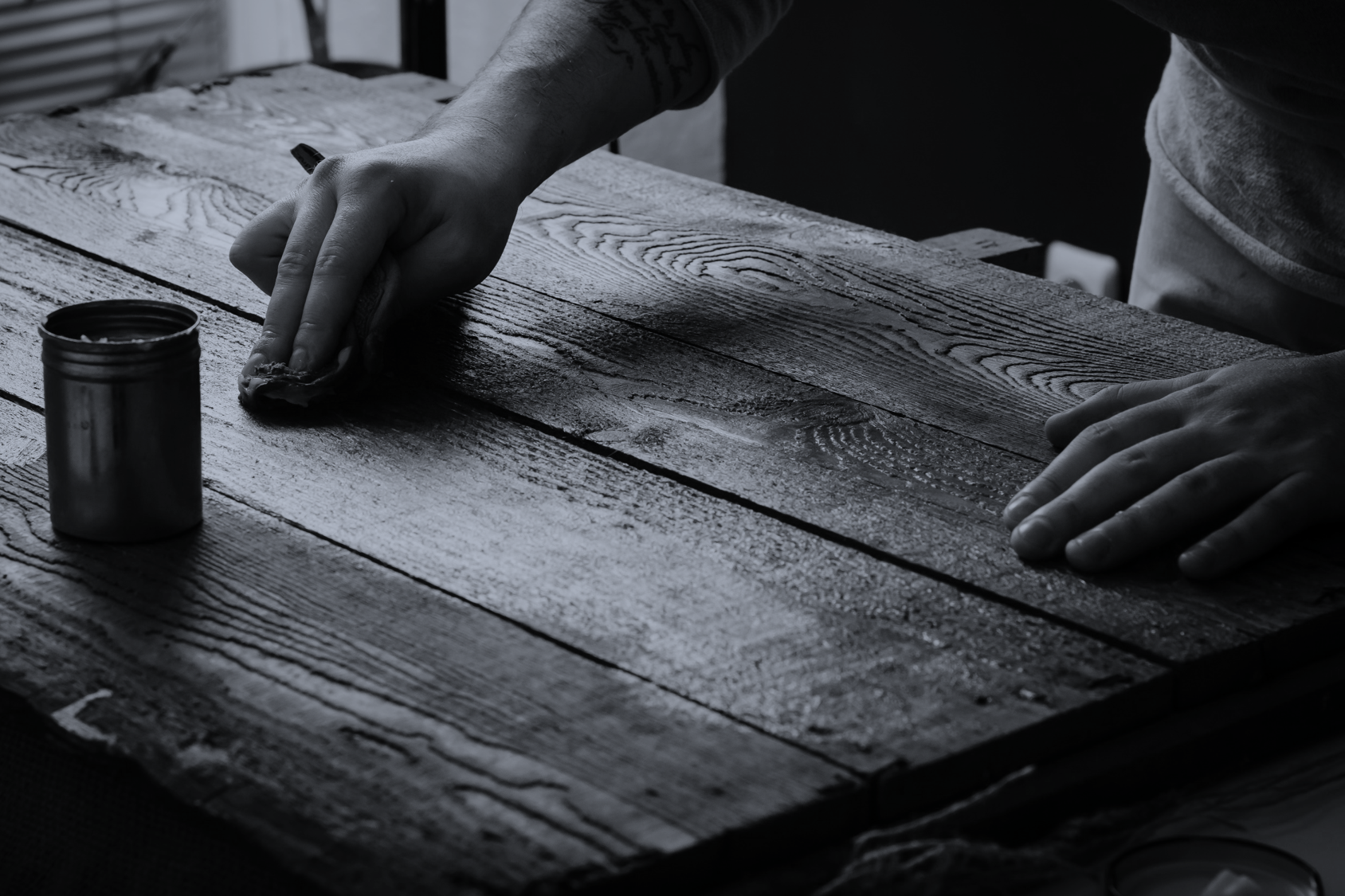
We live in a fast moving world.
The hectic lifestyle and events of modern society are overwhelming.
The concept of slow living is a lifestyle emphasising a slower approach to all aspects of life.
It suggests living slow and mindful and taking time to embrace the simple things in life that bring joy, meaning and fulfilment.
“A fast approach tends to be a superficial one, but when you slow down you begin to engage more deeply with whatever it is you’re doing. You’re also forced to confront what’s happening inside you — which is one of the reasons why I think we find it so hard to slow down. Speed becomes a form of denial. It’s a way of running away from those more deeper, tangled problems. Instead of focusing on questions like who am I, and what is my role here, it all becomes a superficial to-do list” — Carl Honoré, Canadian journalist and author of ‘In Praise of Slowness’
The roots of slow living
An offshoot of the slow living — the Slow Food, originally developed in response to the growth of the fast-food industry.
Started by Carlo Petrini in the 1980’s in Italy, who was shocked by the opening of a McDonalds in the Piazza di Spagna in Rome; the concept of slow food favours a ‘traditional’ food production process and mindful eating; focusing on taste, comfort, and quality of the food that uses locally sourced ingredients.
This way of thinking about preparing and enjoying food gained serious traction and eventually created the slow movement, which expanded to cover every aspect of our lifestyle — and slow living was born.
The key qualities of slow living include: well-being, simplicity and consciousness — and can be summed up in four simple statements:
S = Sustainable — not having an impact
L = Local — not someone else’s patch
O = Organic — not mass-produced
W = Whole — not processed
Designers too, pay attention to this yearning for greater simplicity. Slow Living can express itself in our living spaces and can help us create more balanced and sustainable lives through design.
Slow Design
Slow design is a modern term coined in 2002 by Alastair Fuad-Luke, a professor at the Finnish Aalto-University; and it goes far beyond the act of designing or the time needed to draft and create something.
Instead, it’s an approach that encourages stripping design back to its essence by re-focusing on craftsmanship, quality, open source and creating tailored and timeless solutions.
It provides a structure for creative thinking, a more considered and reflective design process, with the goal of prioritising the wellbeing of individuals, societies, and respecting the environment.
Slow design also celebrates local, close-mesh networks of people, it preserves and draws upon our cultural diversity, and it relies on the open sharing of ideas and information to arrive at innovative solutions to contemporary challenges.
“To promote slowness or what we call ‘slow design’ as a positive catalyst of individual, socio-cultural and environmental well-being…. Slowness doesn’t refer to how long it takes to make or do something. Rather, it describes an expanded state of awareness, accountability for daily actions, and the potential for a richer spectrum of experience for individuals and communities.” — SlowLab
Its qualities are reflected in the manifesto put forward by Alastair Fuad-Luke:
-Longer design processes with more time for research, contemplation, real-life impact tests, and fine-tuning.
-Design for manufacturing with local or regional materials and technologies or design that supports local industries, workshops, and craftspeople.
-Design that takes into account local or regional culture both as a source of inspiration and as an important consideration for the design outcome.
-Design that studies the concept of natural time cycles and incorporates them into design and manufacturing processes.
-Design that looks at longer cycles of human behaviour and sustainability.
-Design that takes into account deeper well-being and the findings of positive psychology
The question remains: how does slow design translate to our living spaces?
At the heart of each living space is an aesthetic shaped by the dweller’s idea of what is essential — comfort that comes from being in touch with the environment in ways that enhance the quality of individual experience and wellness.
A space that is put together carefully, slowly and with intention; for one to live, eat, laugh, play, entertain, work and rest.
More and more people are starting to entertain the idea of picking quality craftsmanship over mass-made produce, and caring about the meaning behind the objects they surround themselves with daily.
Sustainable friendly furniture and hand-made products
Slow design celebrates artisan-crafted furniture and hand-made products which reveal craftsmanship at its finest and ensures a lighter footprint on the planet.
If you’re looking to heal the world with a stylish but intentional way of crafting your interior, support local brands that tell an honest story of their production process openly.
Just like Slow Food, it’s about using local ingredients, harvested and put together in a “Good, Clean and Fair way.”
Natural material
Slow design emphasizes not just clean design, but incorporating elements of nature into the built environment.
Stone, wood, wicker, and jute are just a few materials that evoke an organic appeal and make interior spaces feel calm, peaceful and above all, welcoming.
The use of natural materials that are close at hand and can be sourced sustainably is essential; for instance, sustainably harvested wood, certified by the Forest Stewardship Council.
Opt for materials that will last longer and age gracefully.
Gentle interior layouts
Todays’ designers are the catalysts in reimagining living spaces that can be redesigned and reconfigured to accommodate for ever-changing human experiences, and that cater to social interactions and meaningful connections.
“The function of our homes should dictate the way we decorate them, not the other way around. Instead of either clogging our lives with unnecessary clutter — both physical and mental — or needlessly throwing out meaningful possessions, we can work to determine what brings fulfilment to our lives, and then surround ourselves with those comforts” — The Kinfolk Home
Putting slow living and slow design into practice isn’t an overnight process.
In cities such as London and New York where the frenetic day to day life seems to be moving quicker and faster, it can be hard to slow down.
Slow living and slow design are unique and vital lifestyles that encourage new values towards living a more mindful life, and an ultimate expression of authenticity.
A walk in the ‘slow lane’ is a process, a journey — and every journey starts with the first step.

Have you been thinking about a new project, but don’t know where to start?
If so, creating a moodboard could be just the foundation you need.
If you’ve ever worked with moodboards, you may be aware that they often help bring ideas to life, and determine the language of the project by finding out what works (and more importantly, what doesn’t).
Since designers usually have large sample libraries at their disposals, their mood boards often include tactile elements like wood samples and fabric memos.
But don’t worry; you can still create a mood board and gather inspiration in the early stages of planning an interior scheme without even leaving your home.
Our Moodboard:
Our online mood board tool functions as a personal creative aid, a source of inspiration or a direction for tackling an interior design brief.
Combine images that represent your desired colours and textures to have a clearer understanding of the style and intentions for the project.
It helps you edit, enhance, and make decisions about the elements you wish to incorporate into a space.
Easy To Use:
To put together your own, simply click on the mood board tool which is present on every wood product, and add the image to one of the grid selections.
The moodboard tool allows you to pick and put together ten images and these can be selected each at a time or added randomly.
Once your moodboard is ready, you can download it or share it via email to a friend, colleague or a client.
Mind the bigger picture:
When selecting floor images to include on your moodboard; keep in mind the overall elements that will eventually make up the interior of the room.
Try picking wood floors that will complement the broader style and feel you desire.
For instance, if you have some design furniture that you wish to emphasis, natural colours will create a neutral canvas and allow your furniture to take centre stage.
Choose a colour palette:
Wood flooring comes in a diverse range of colours.
When choosing your floors, most designers recommend consistency with your room’s colour scheme.
This should be the first source of inspiration when creating a moodboard; plus it will help narrow down your choices down the line.
Lighting is everything:
The impact of light has a significant role in the choice of your wood floors.
Throughout the day, the room lighting changes gradually.
When creating an inspiration board, take a second to think about the space the boards will be installed, and the lighting in that room at different times of the day: a living room that the family spends more time in, the kitchen you walk in and out all day long or an art room that you only use in the afternoon… every space has its own unique lighting.

